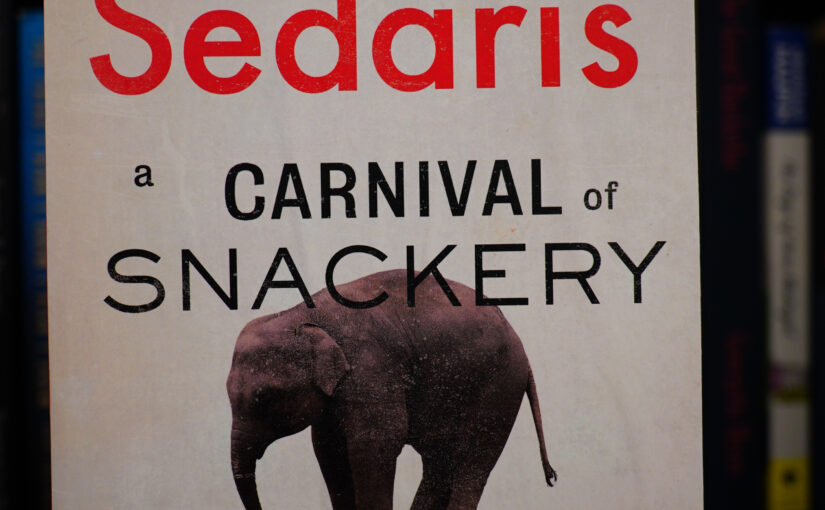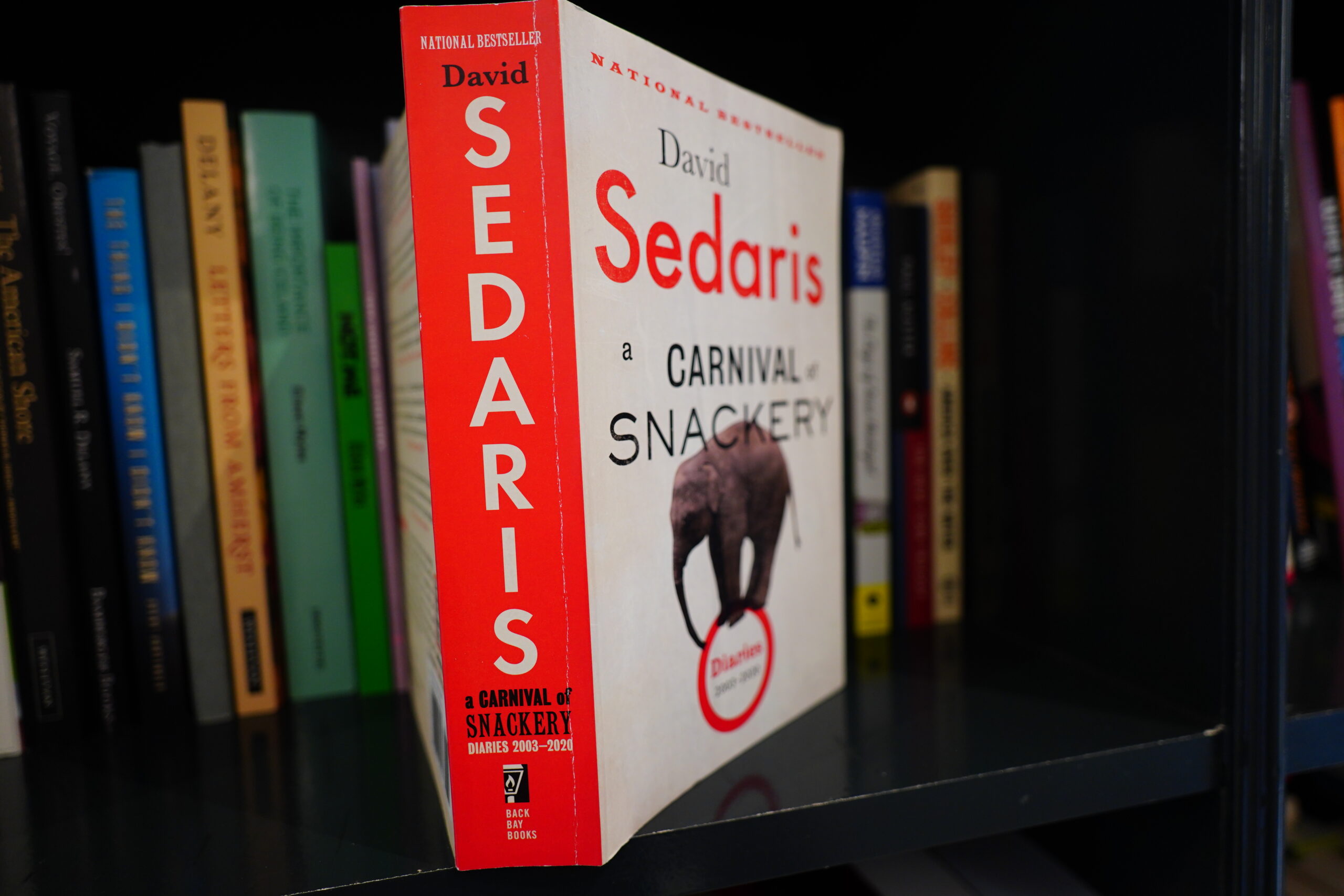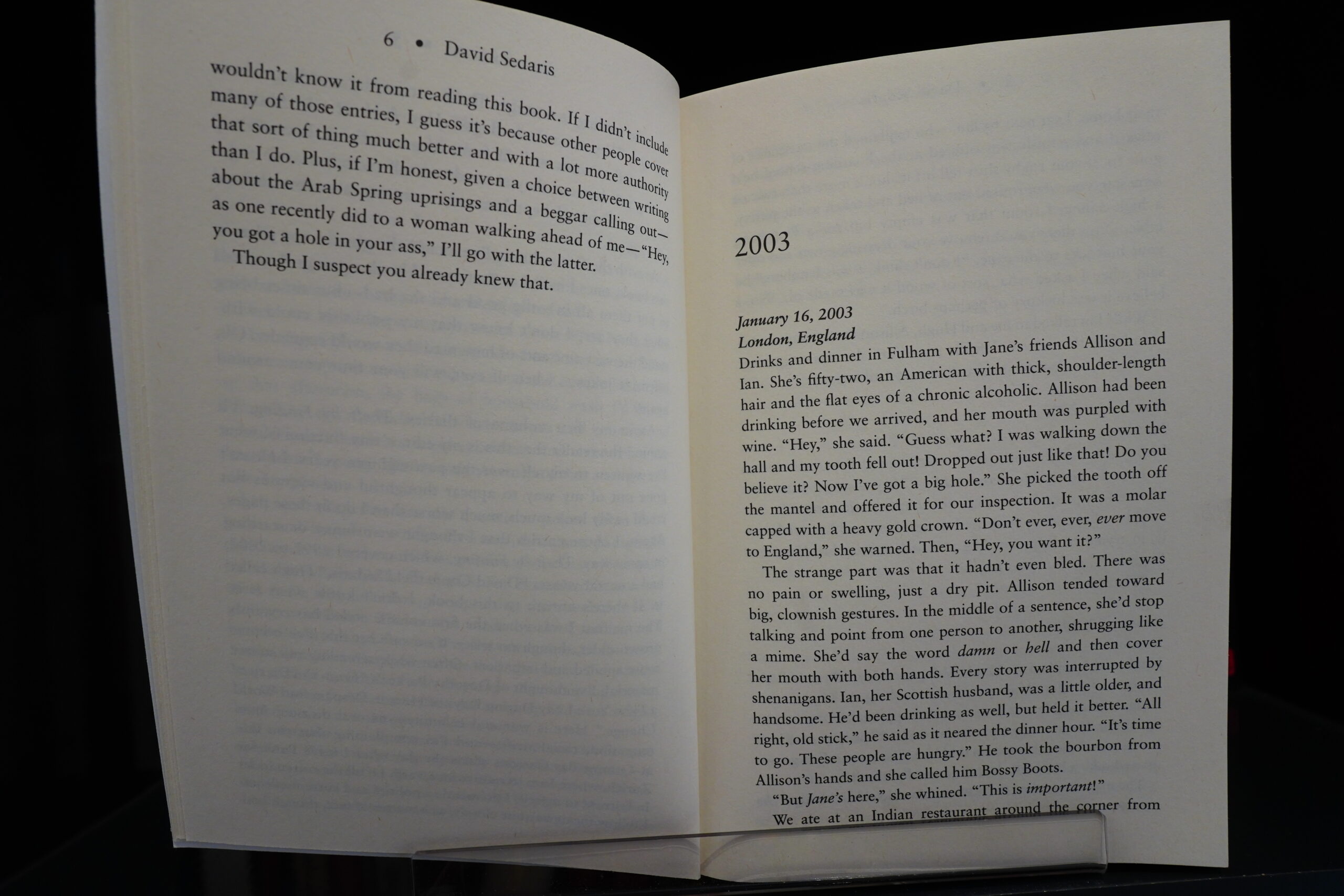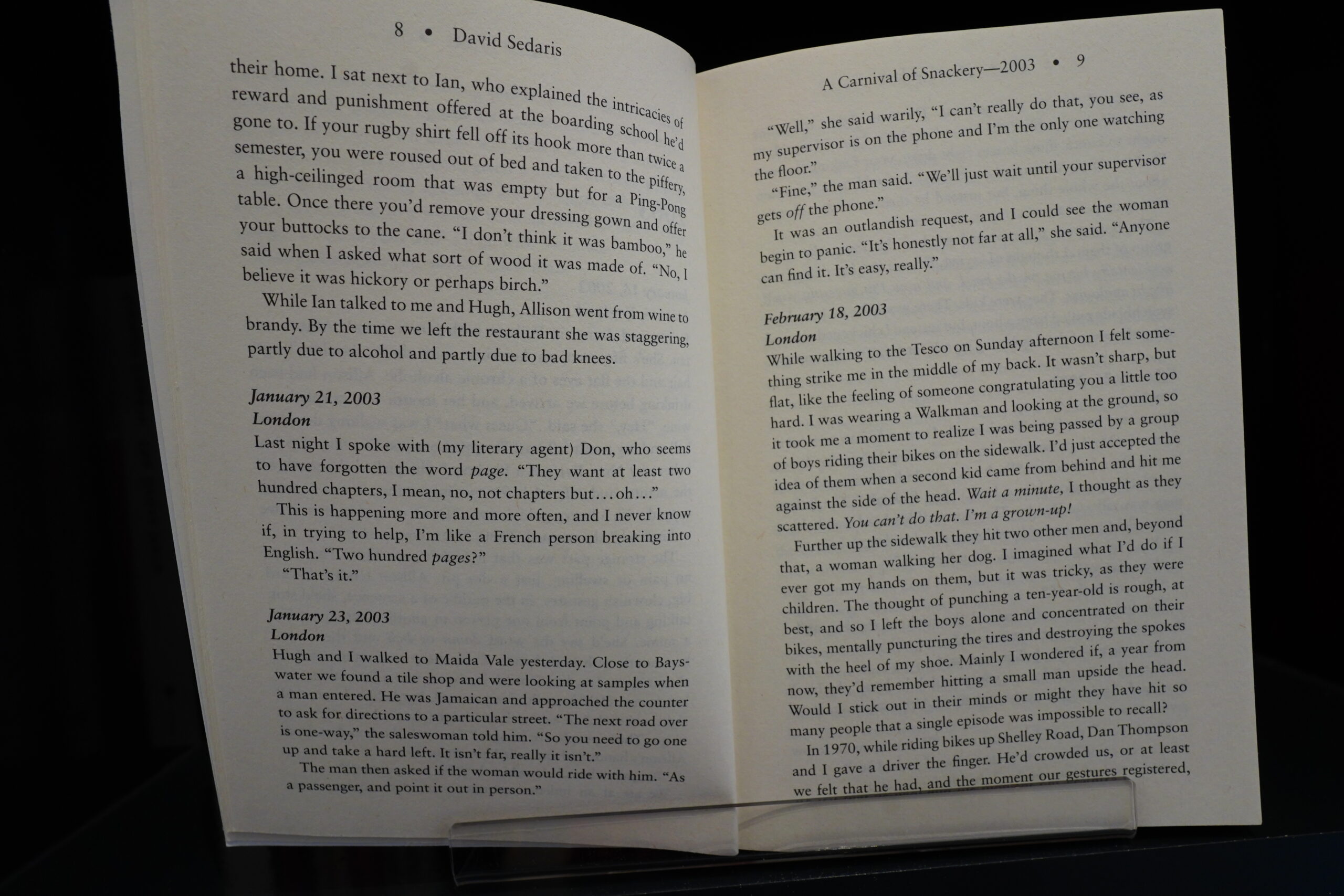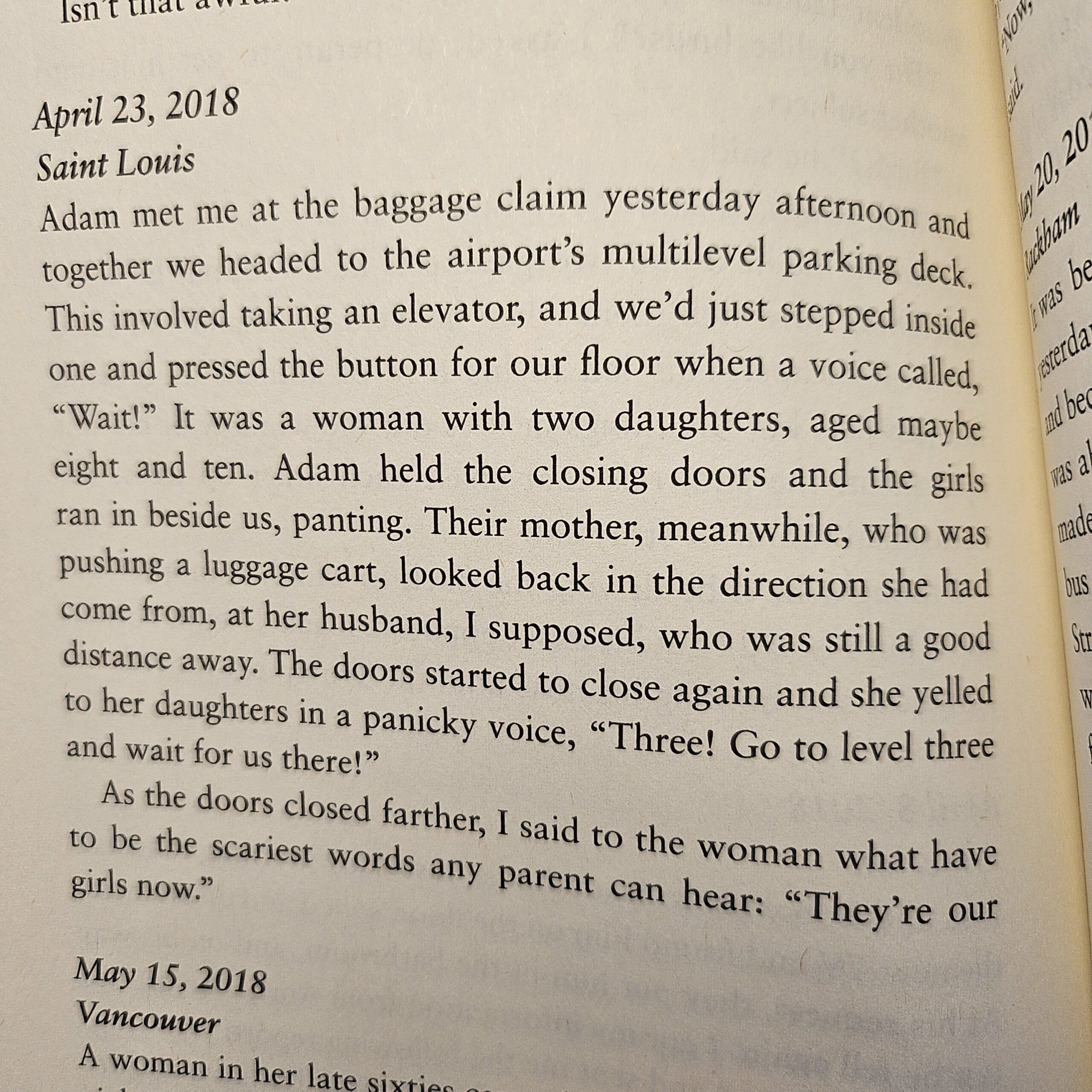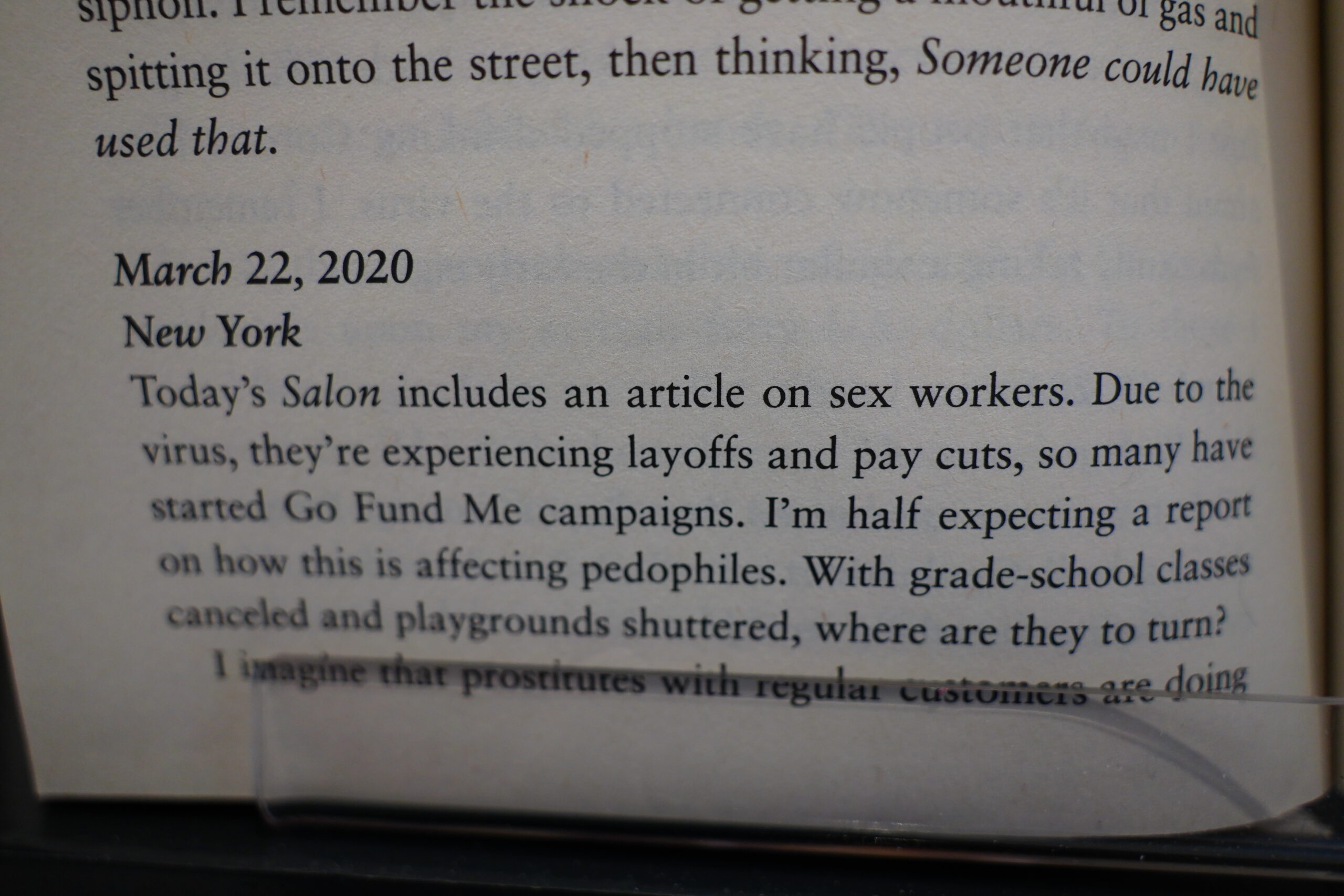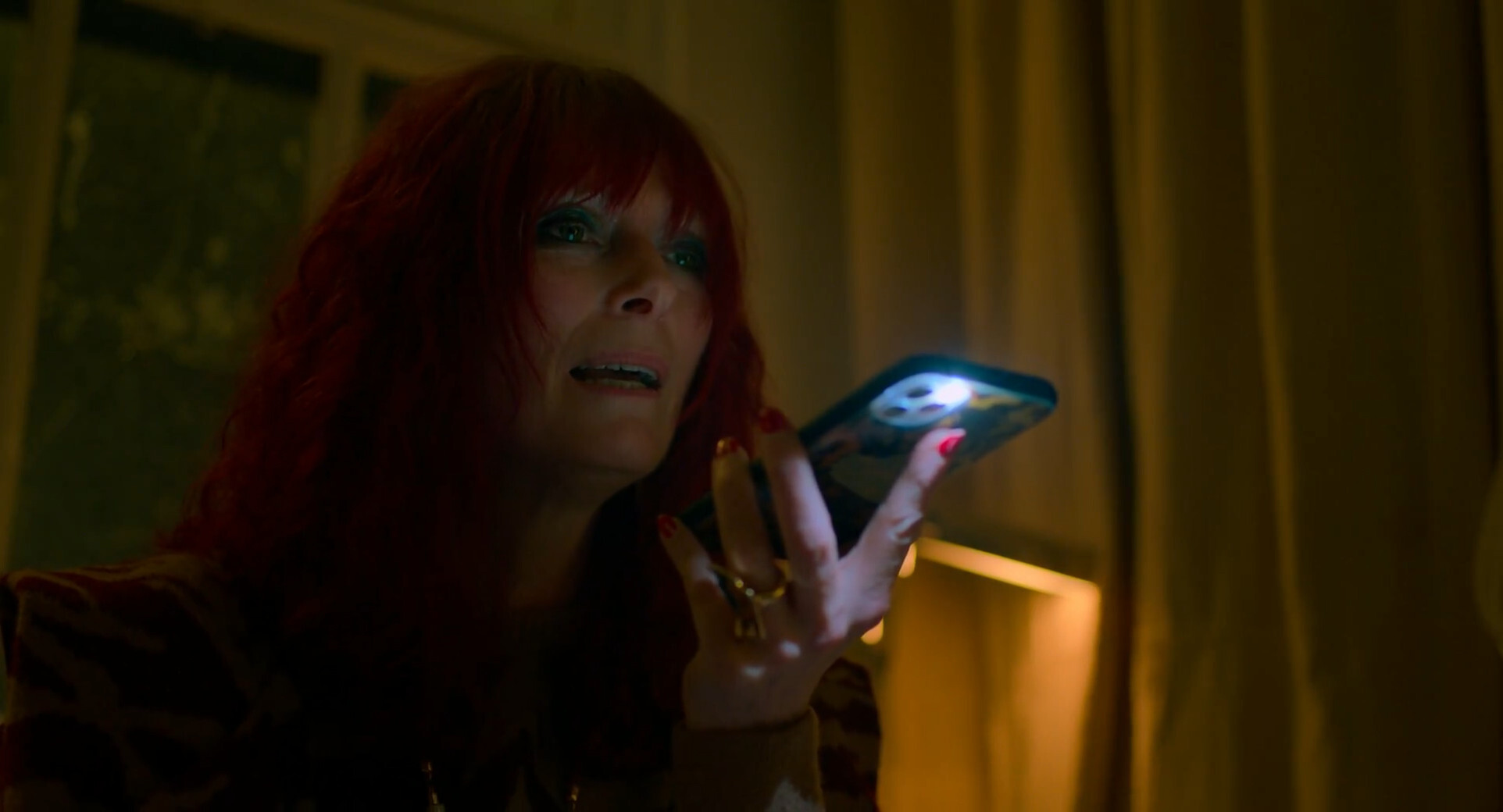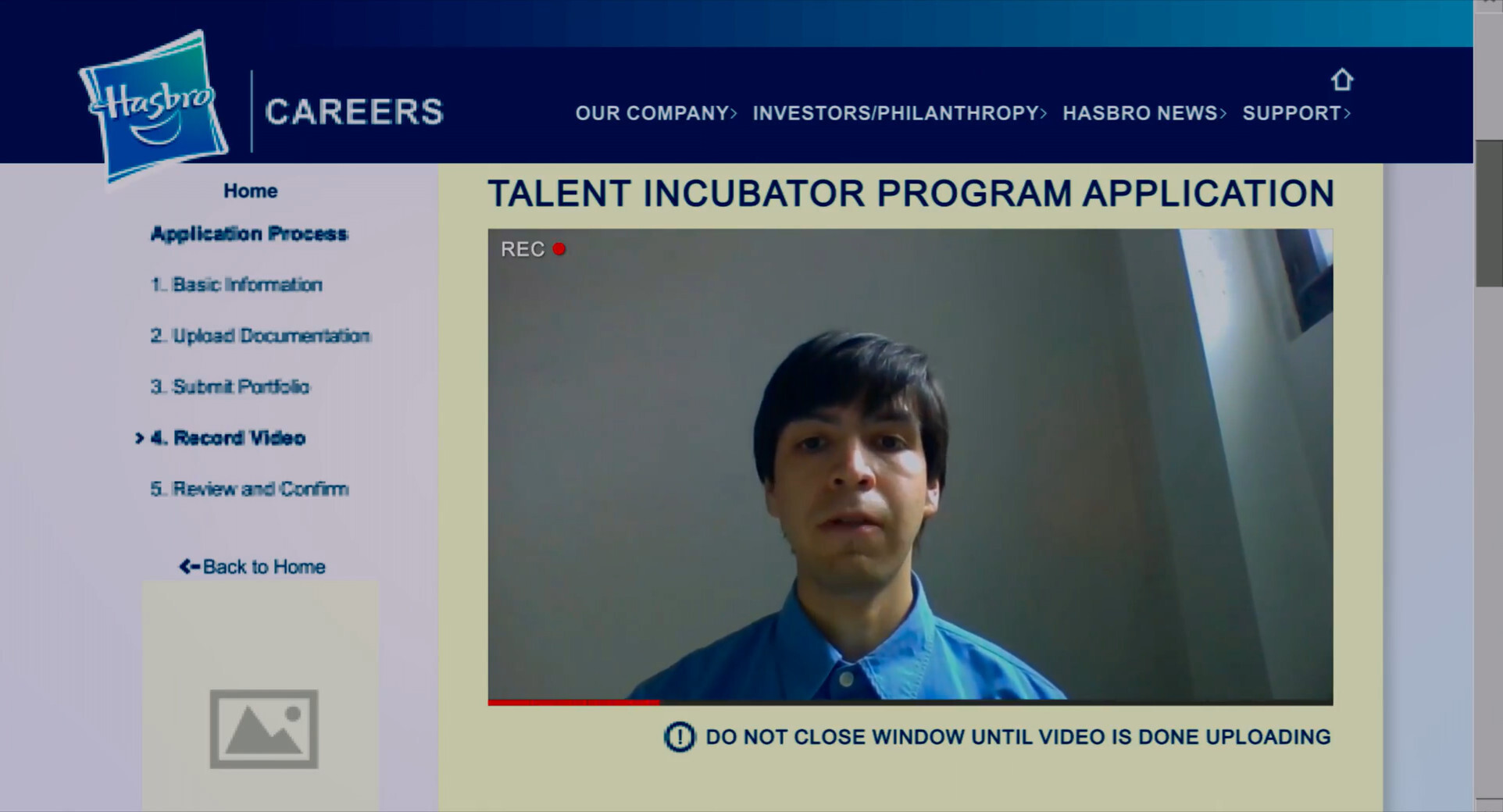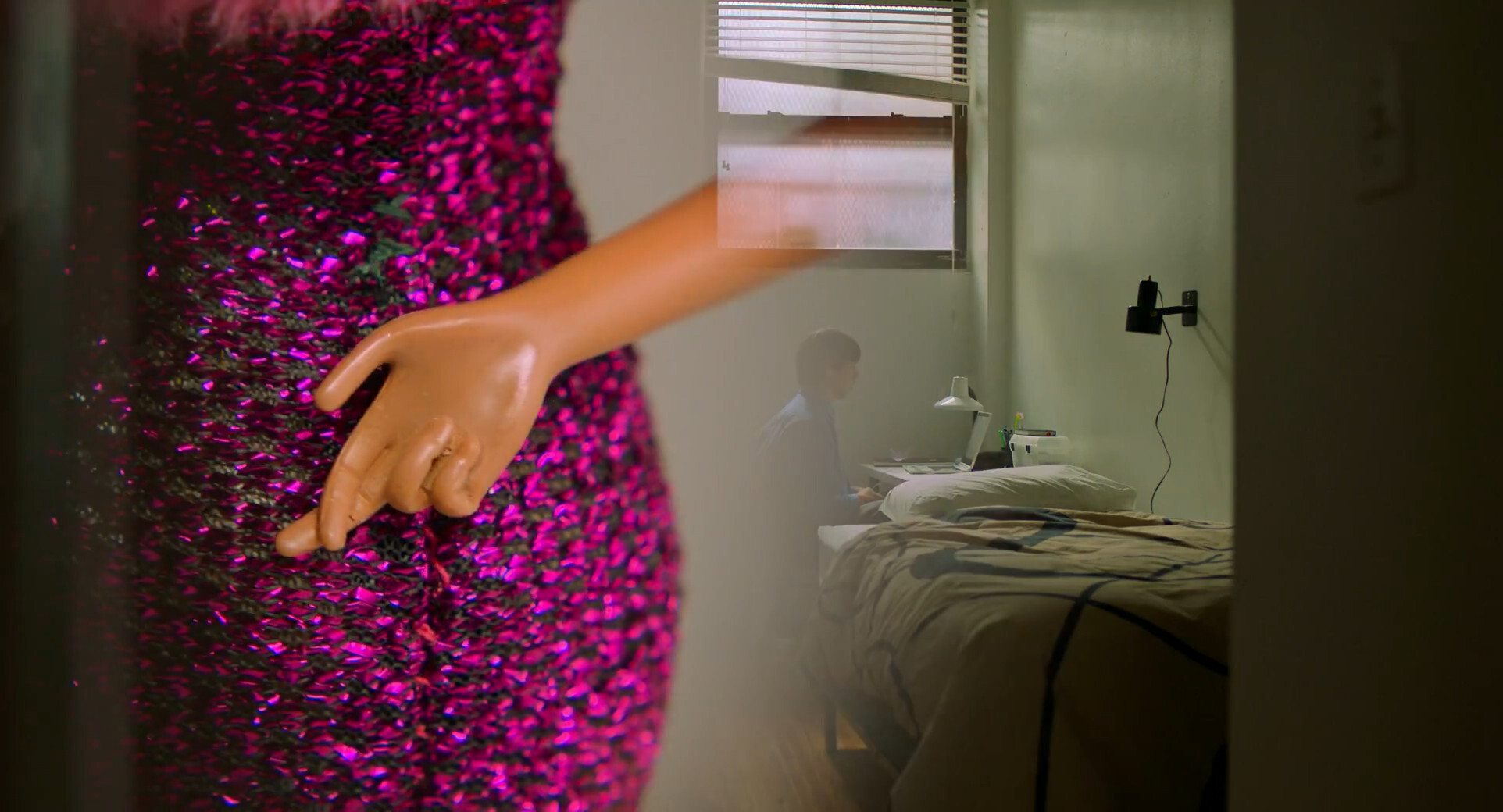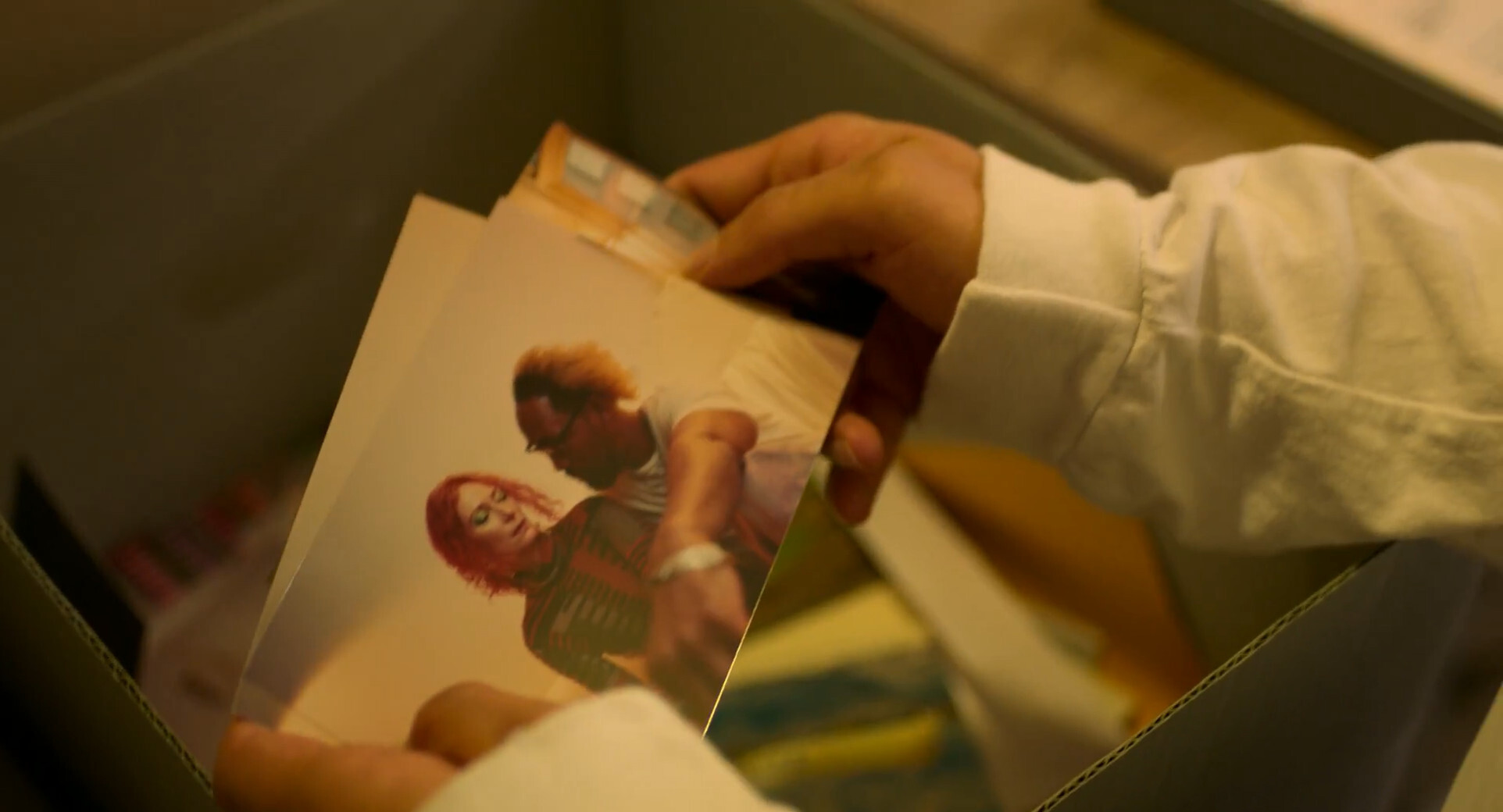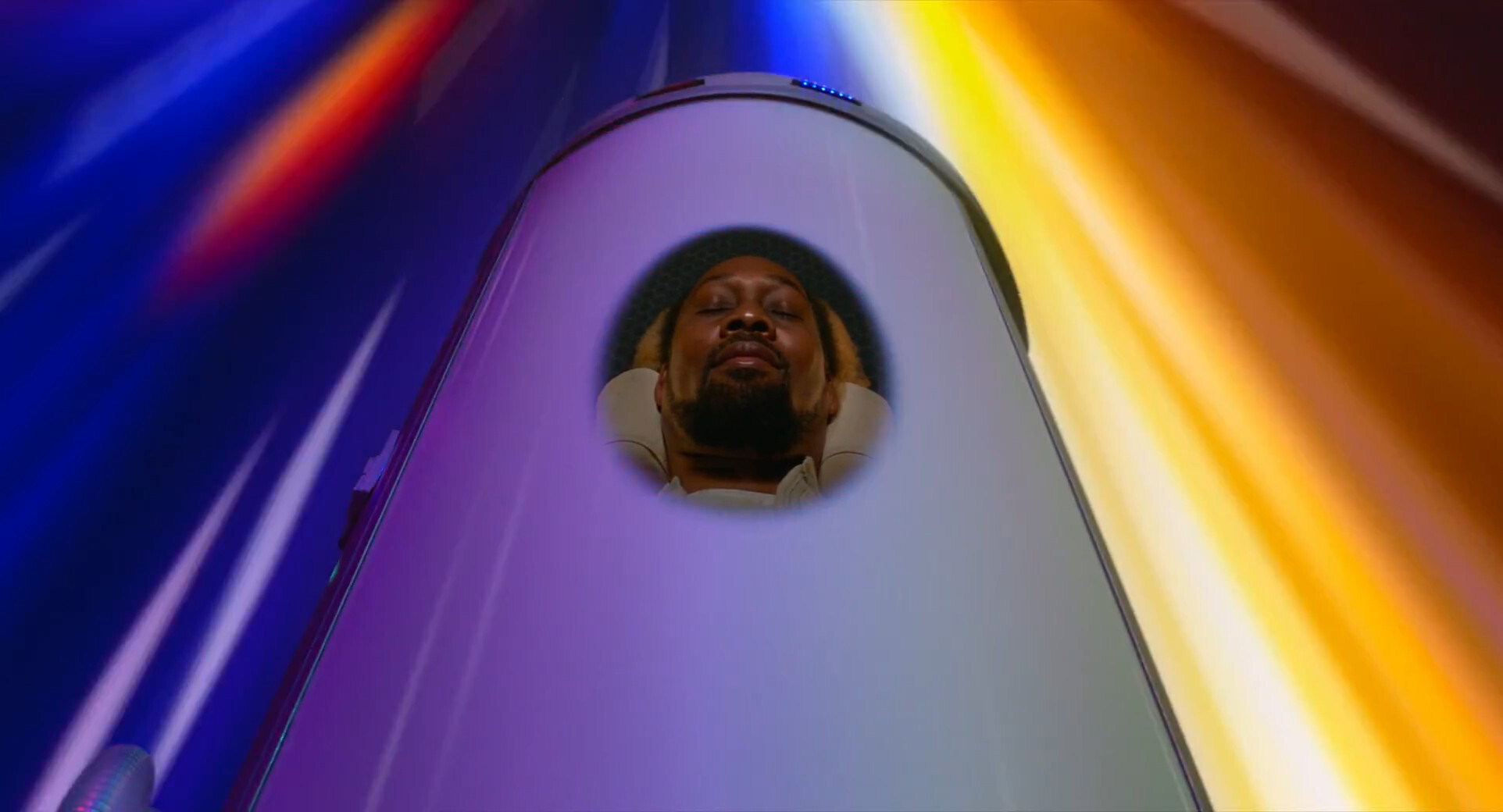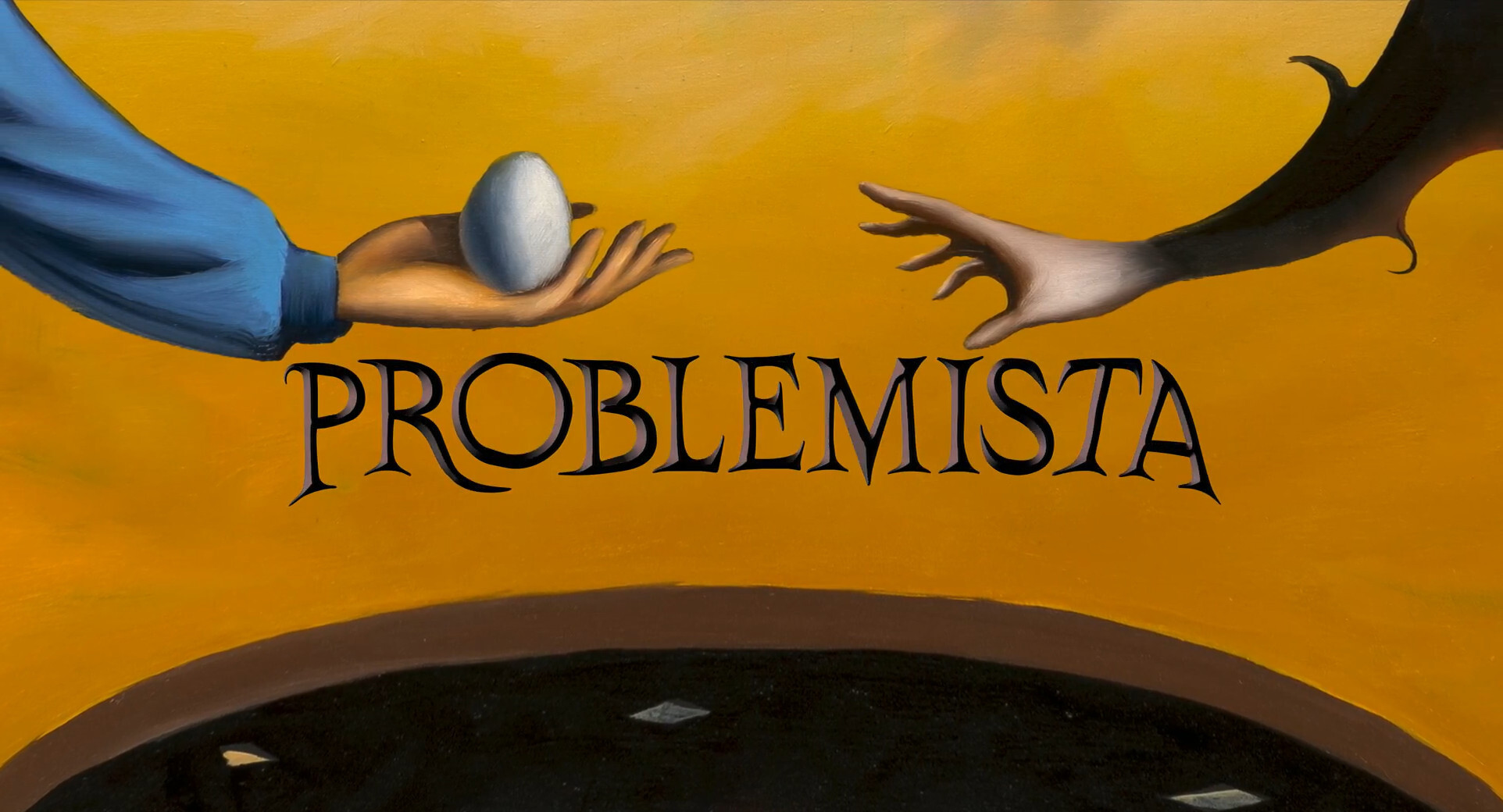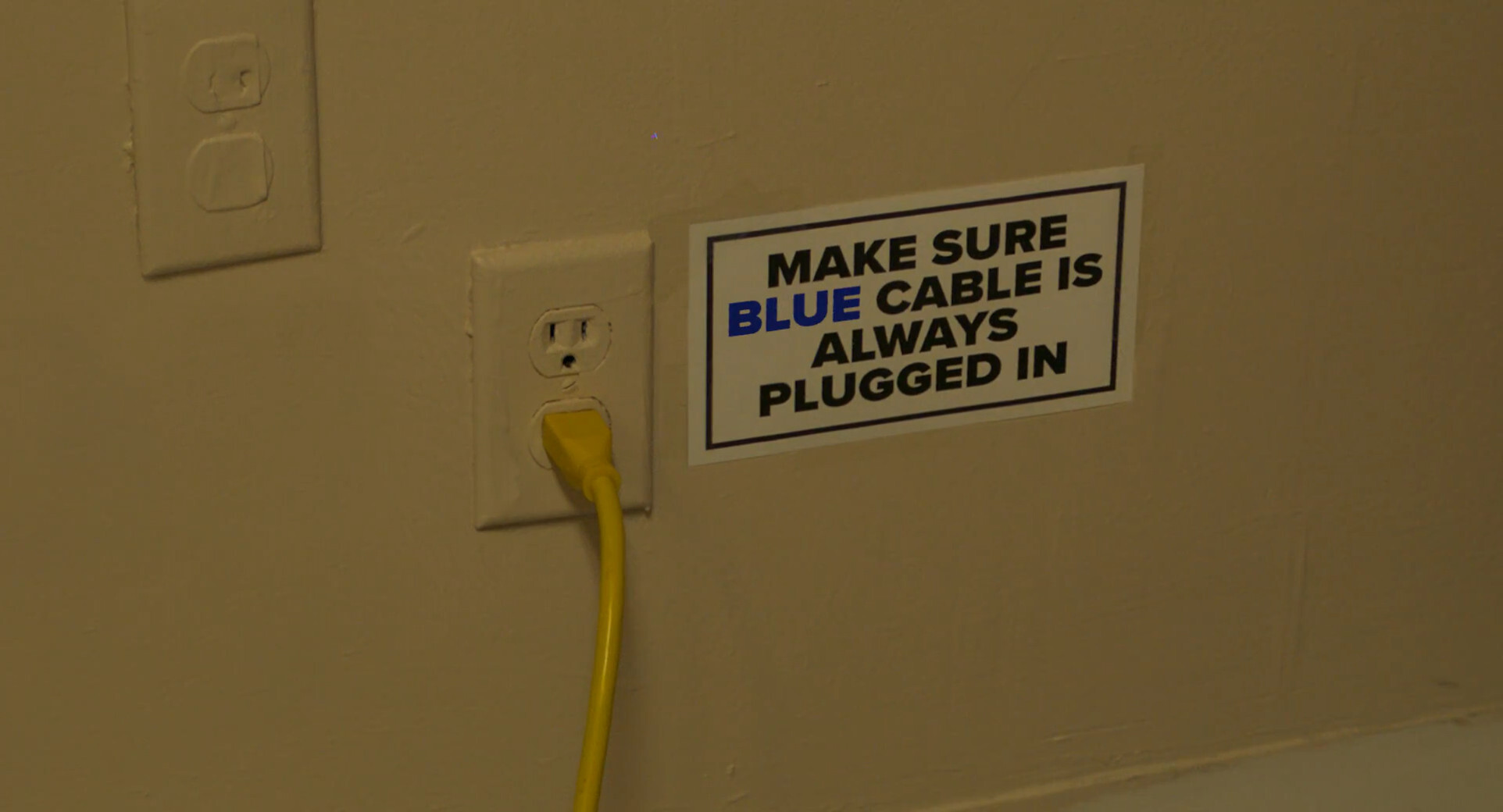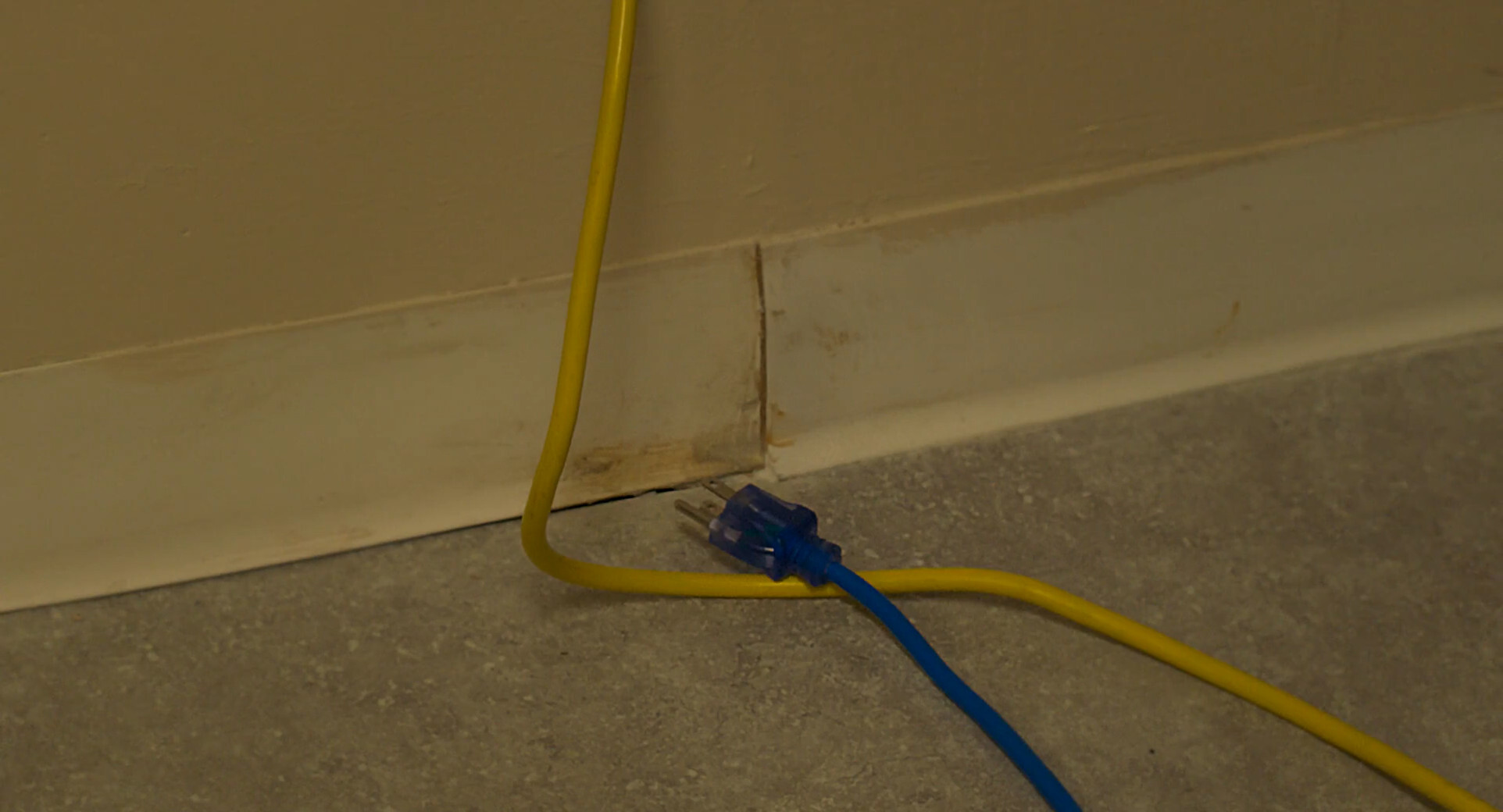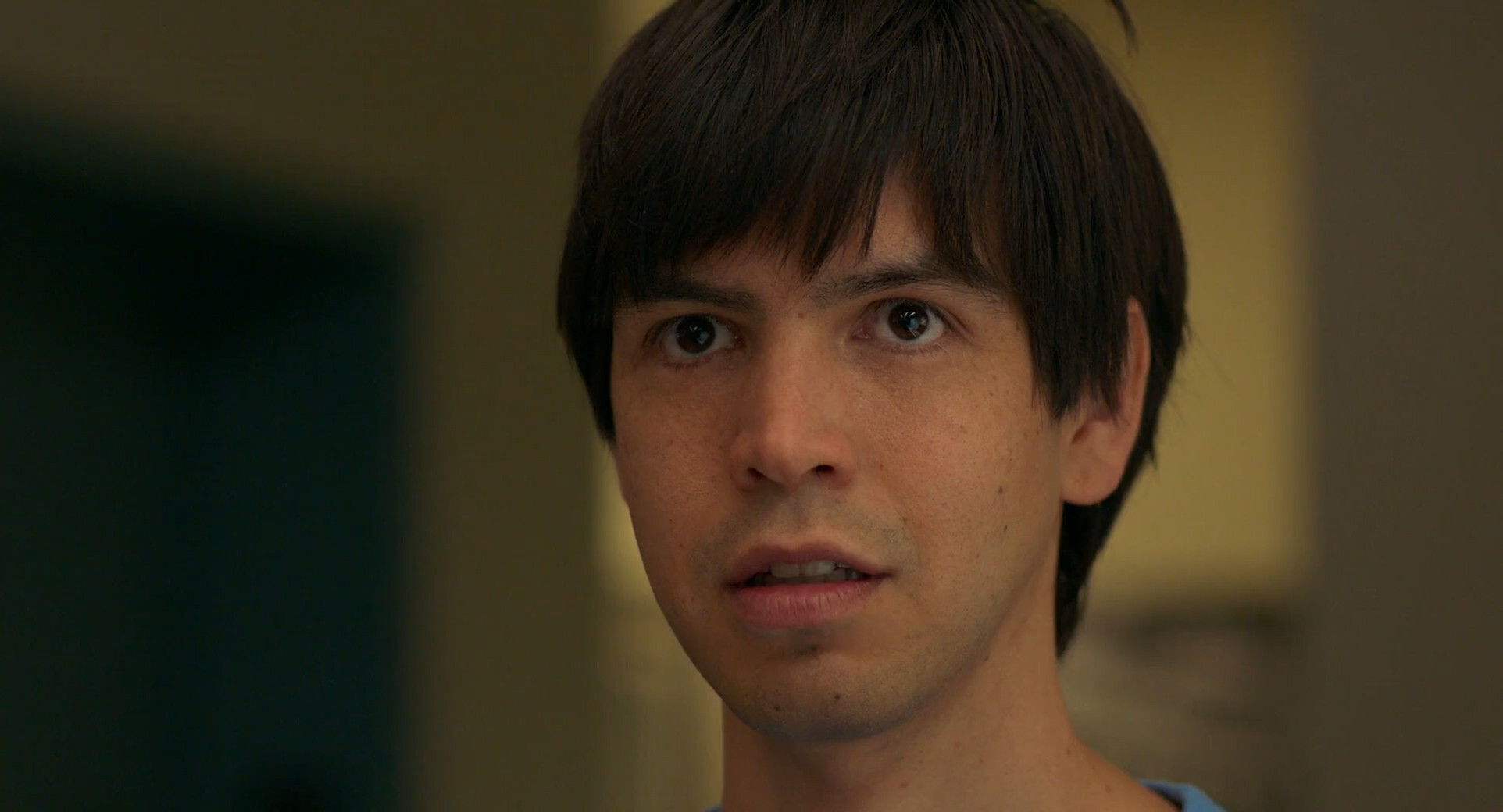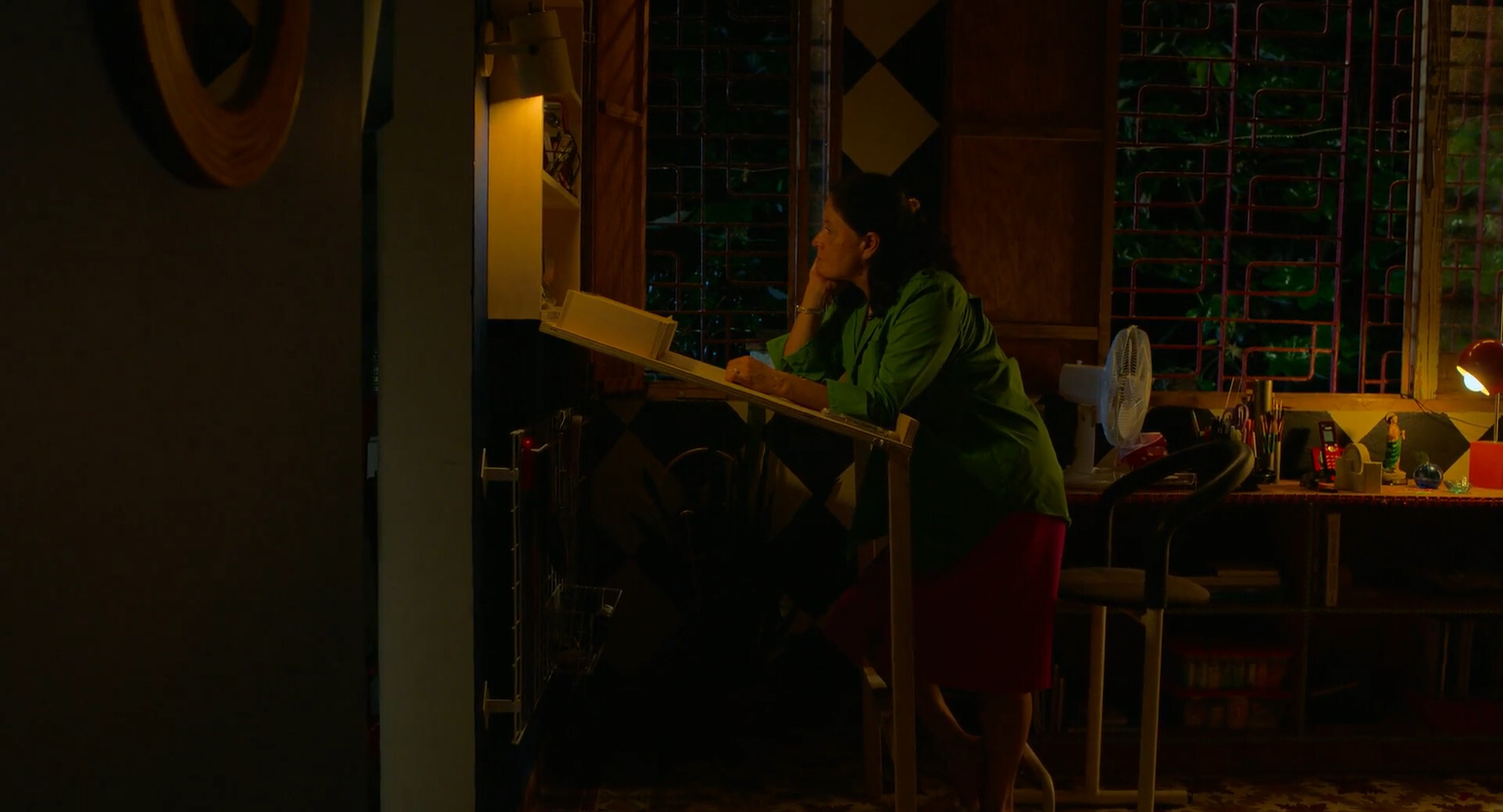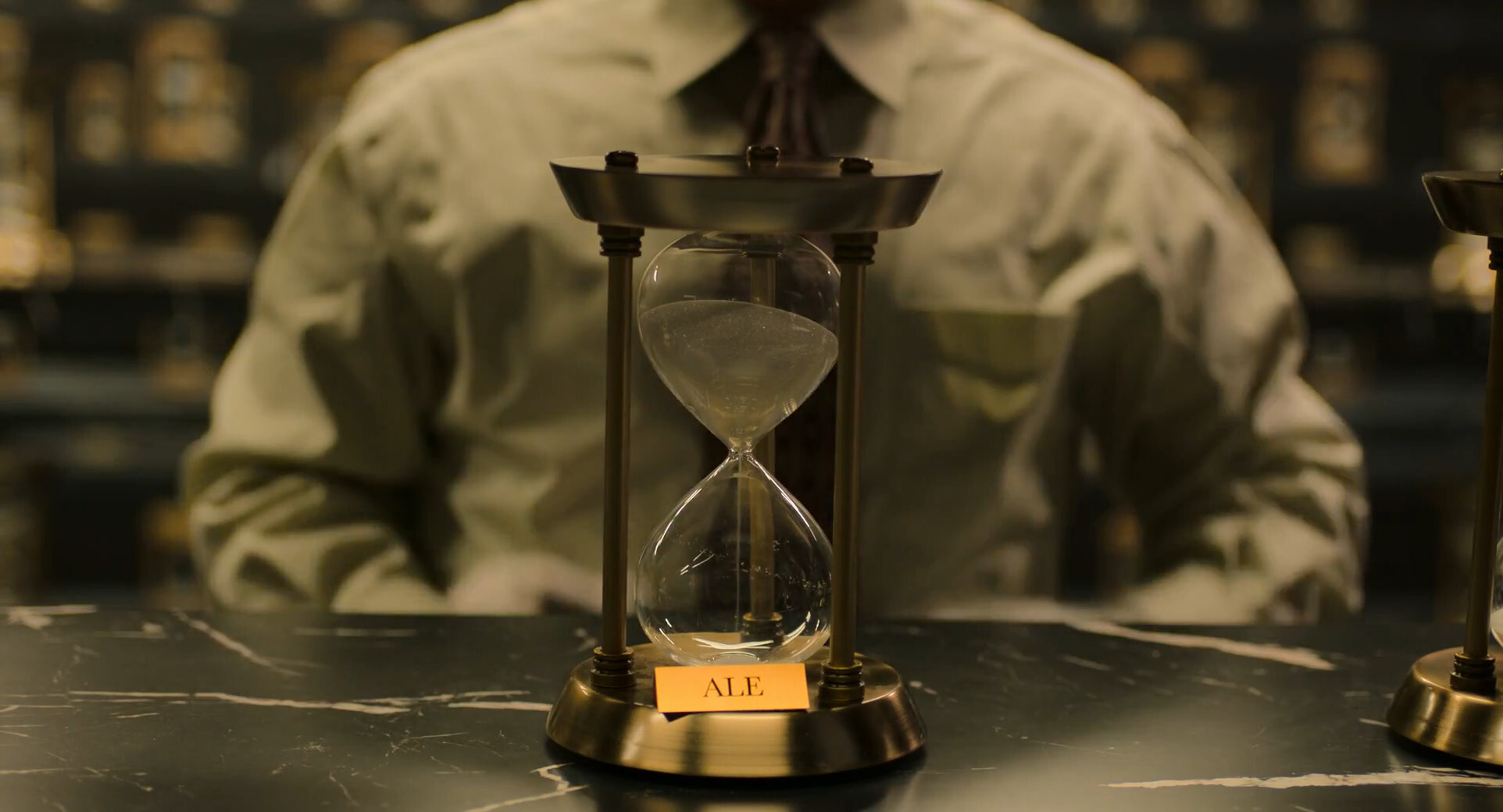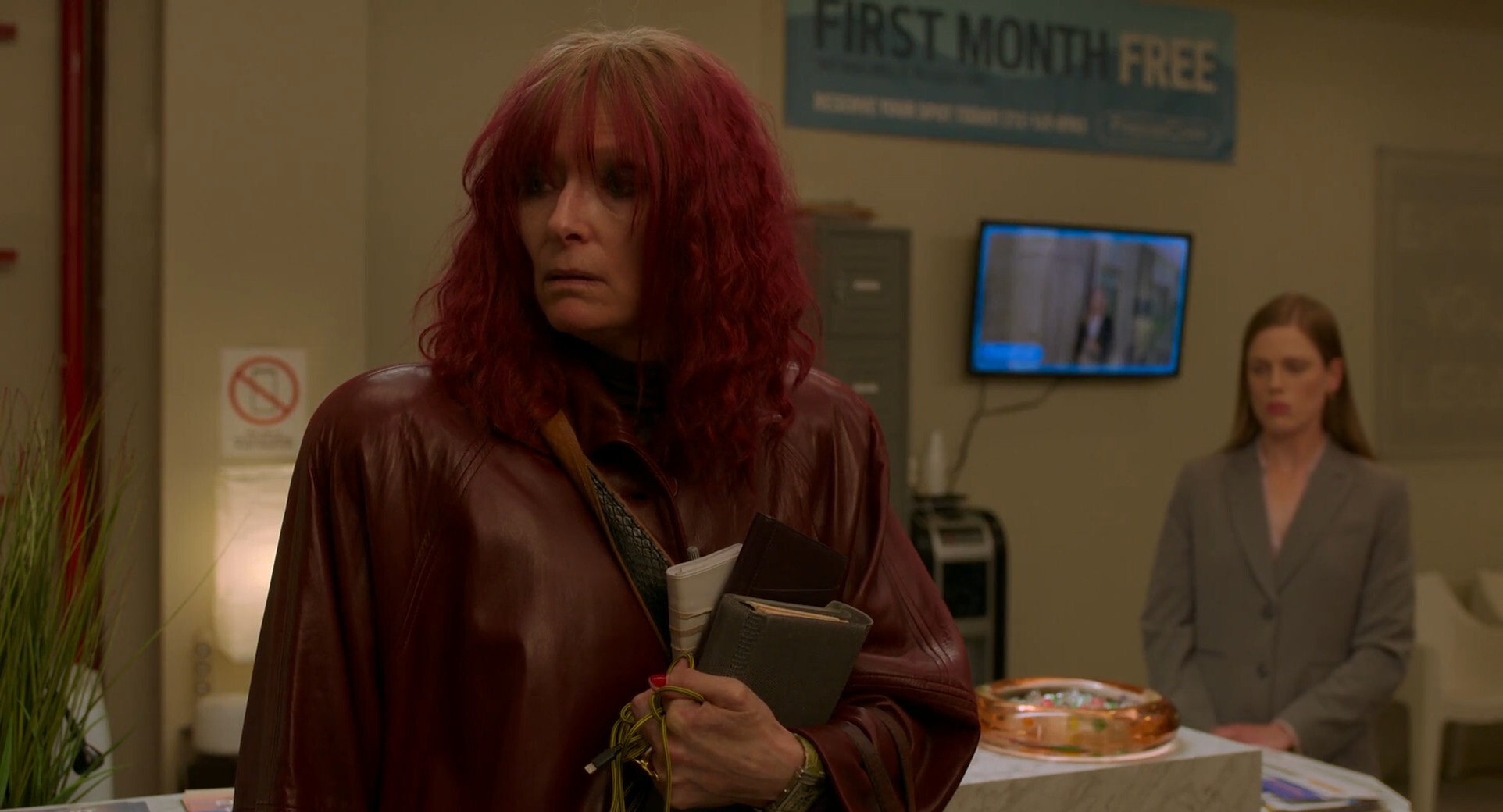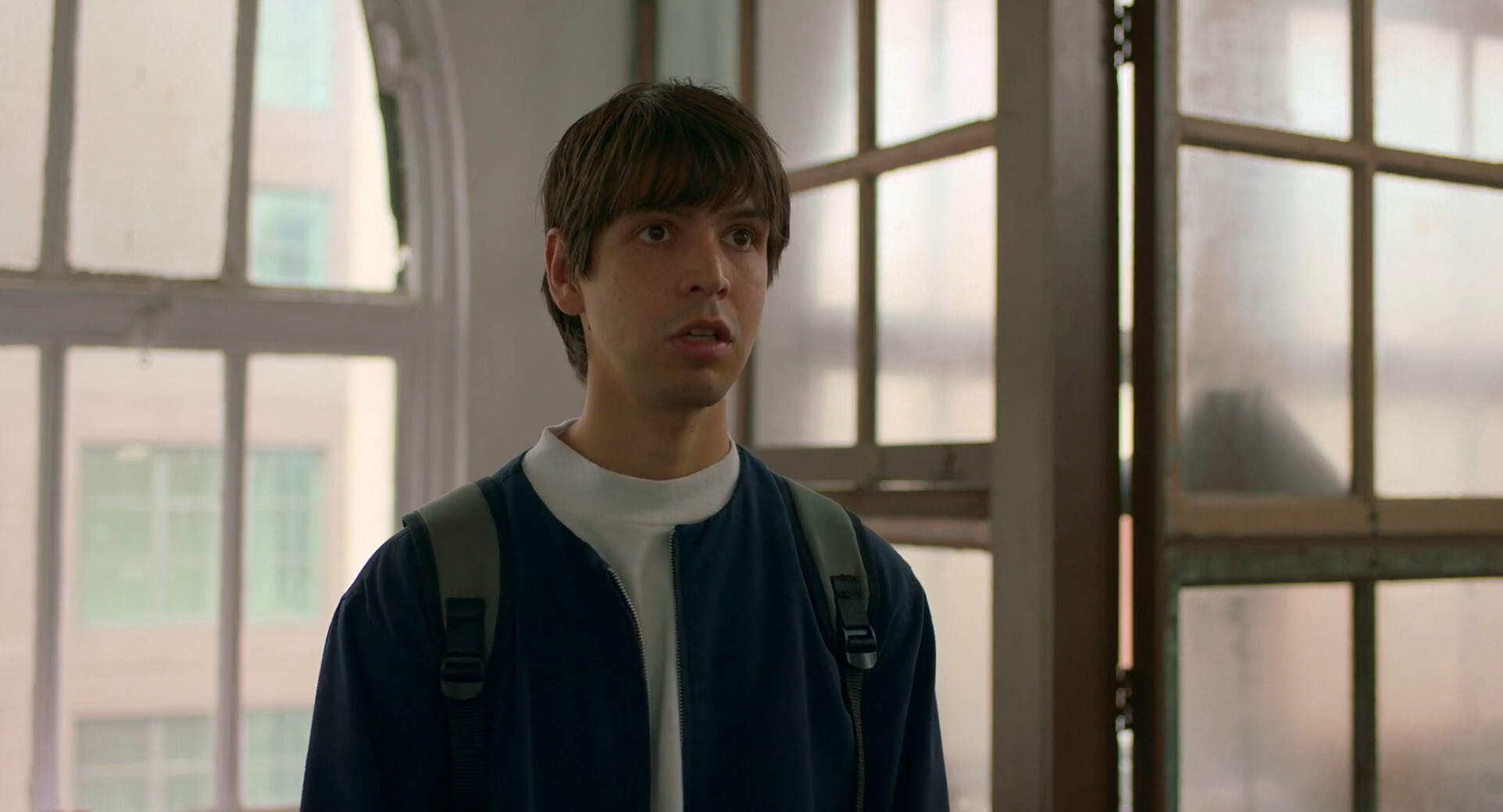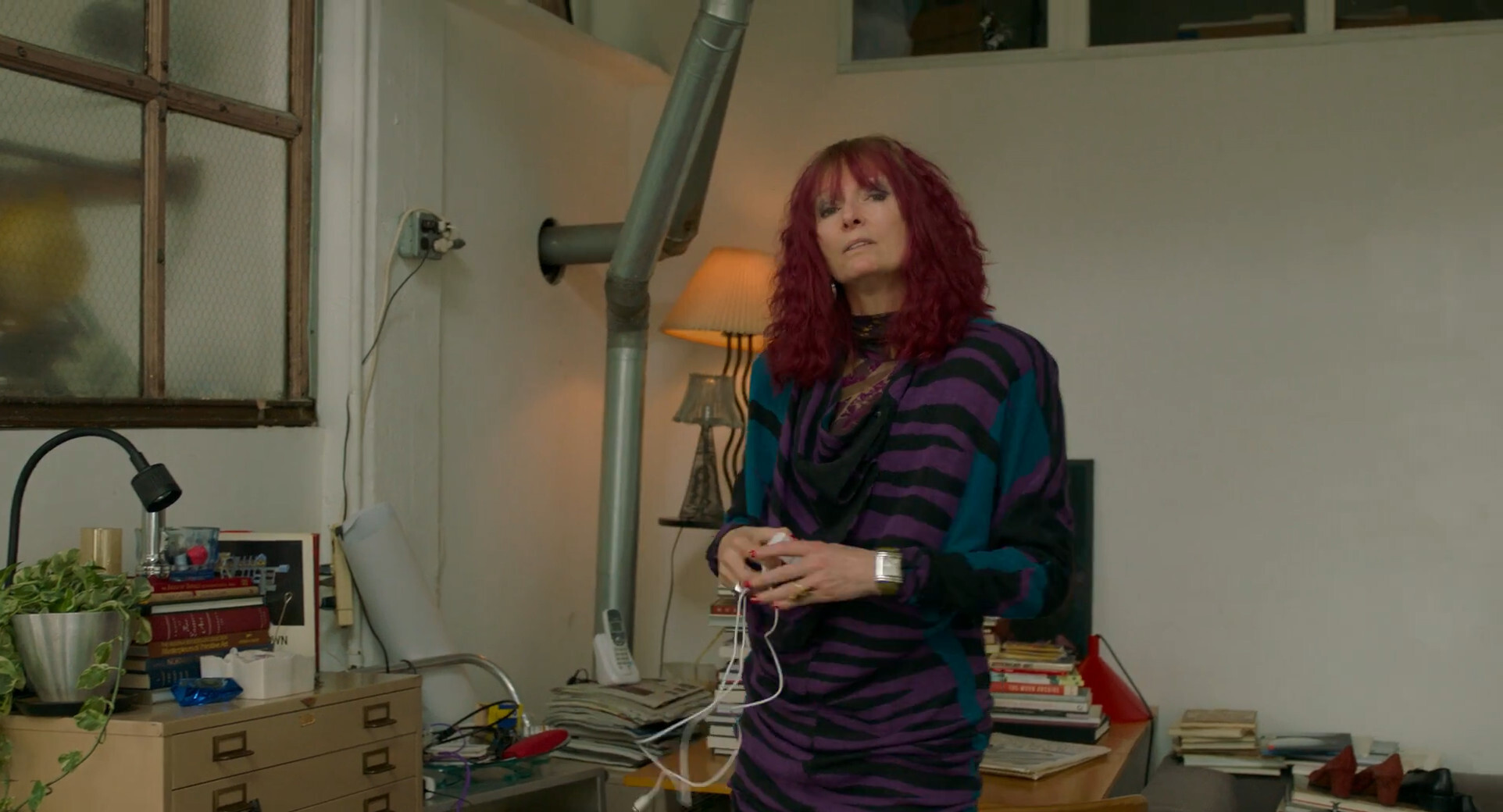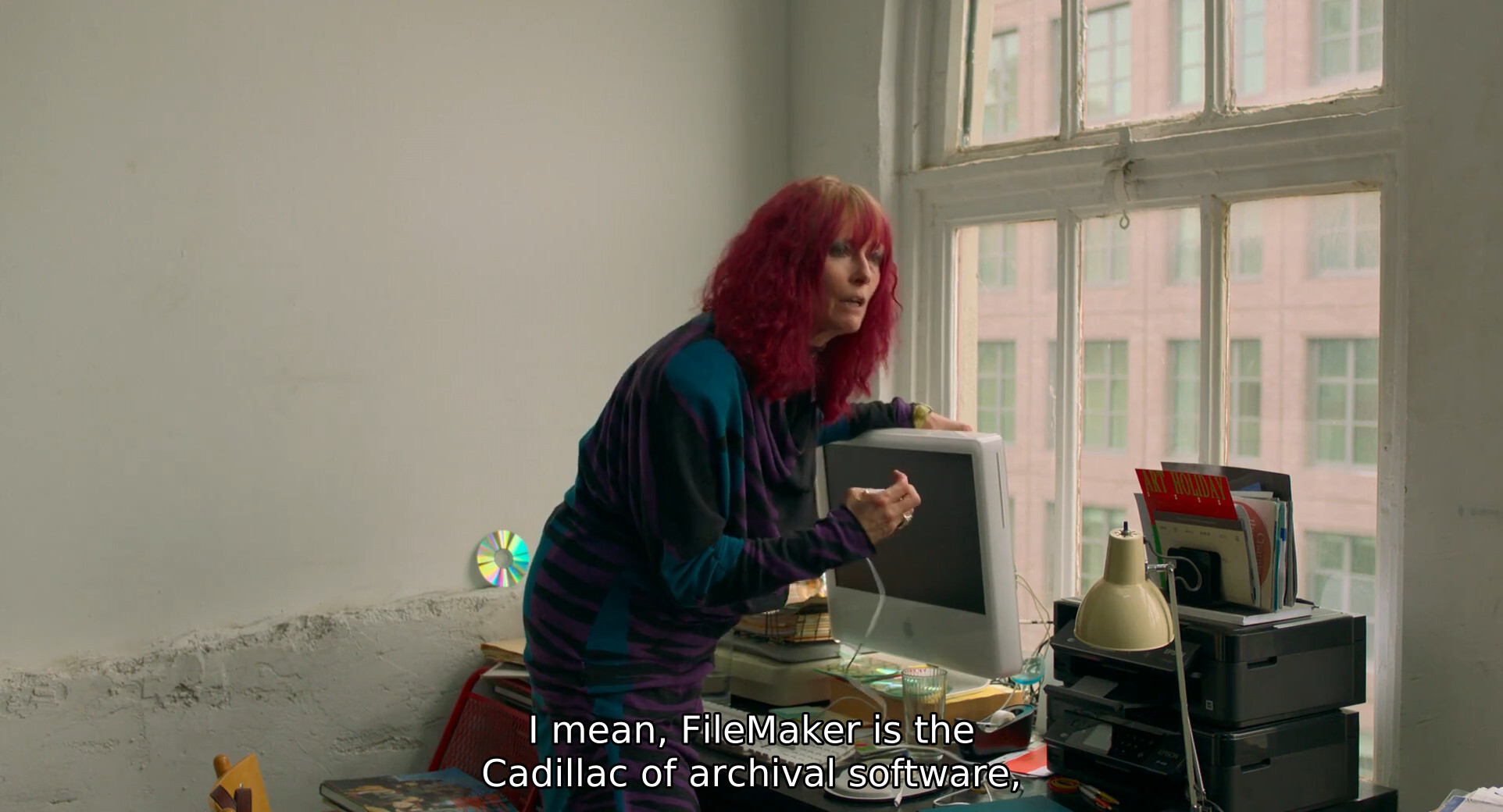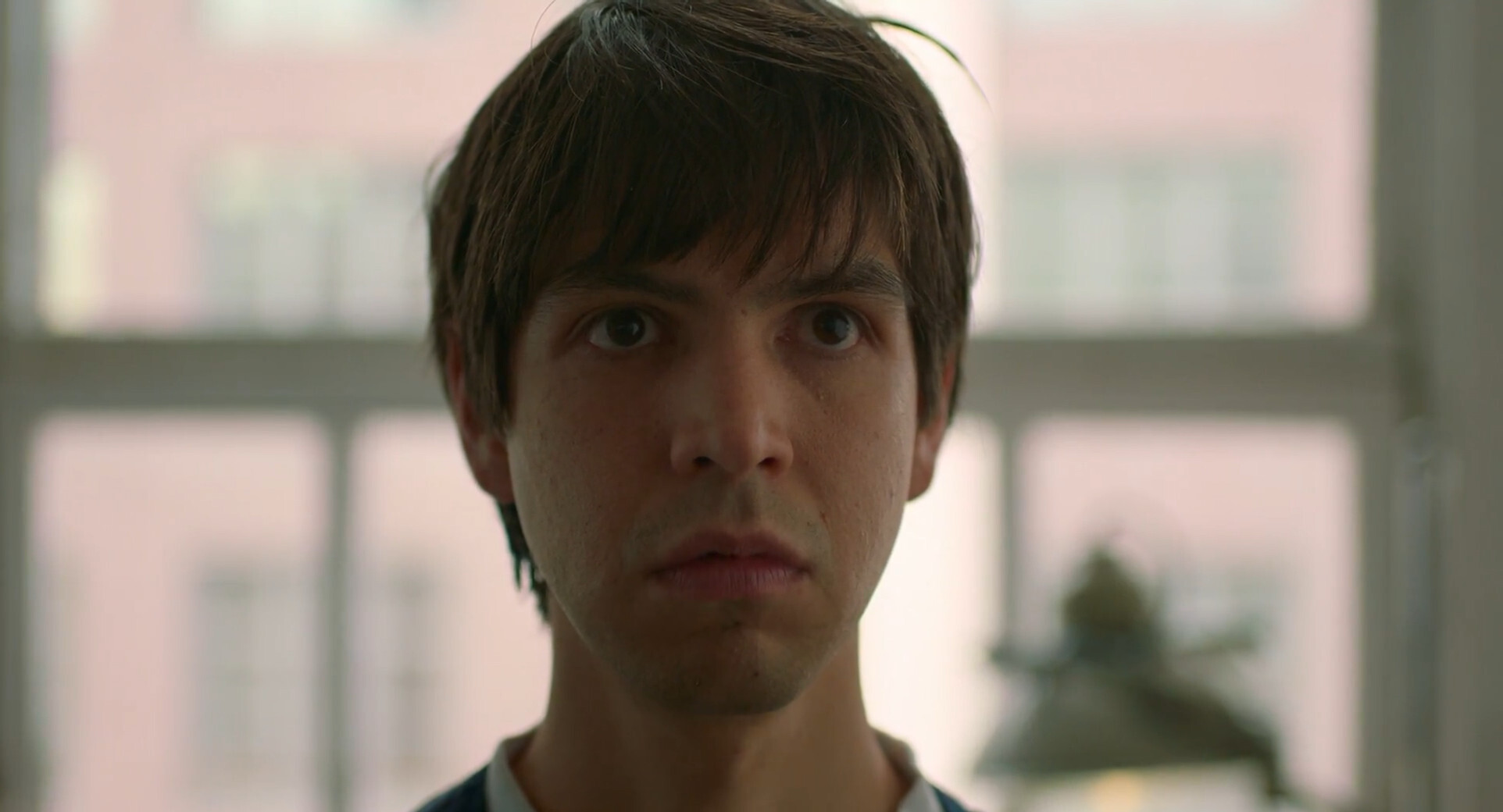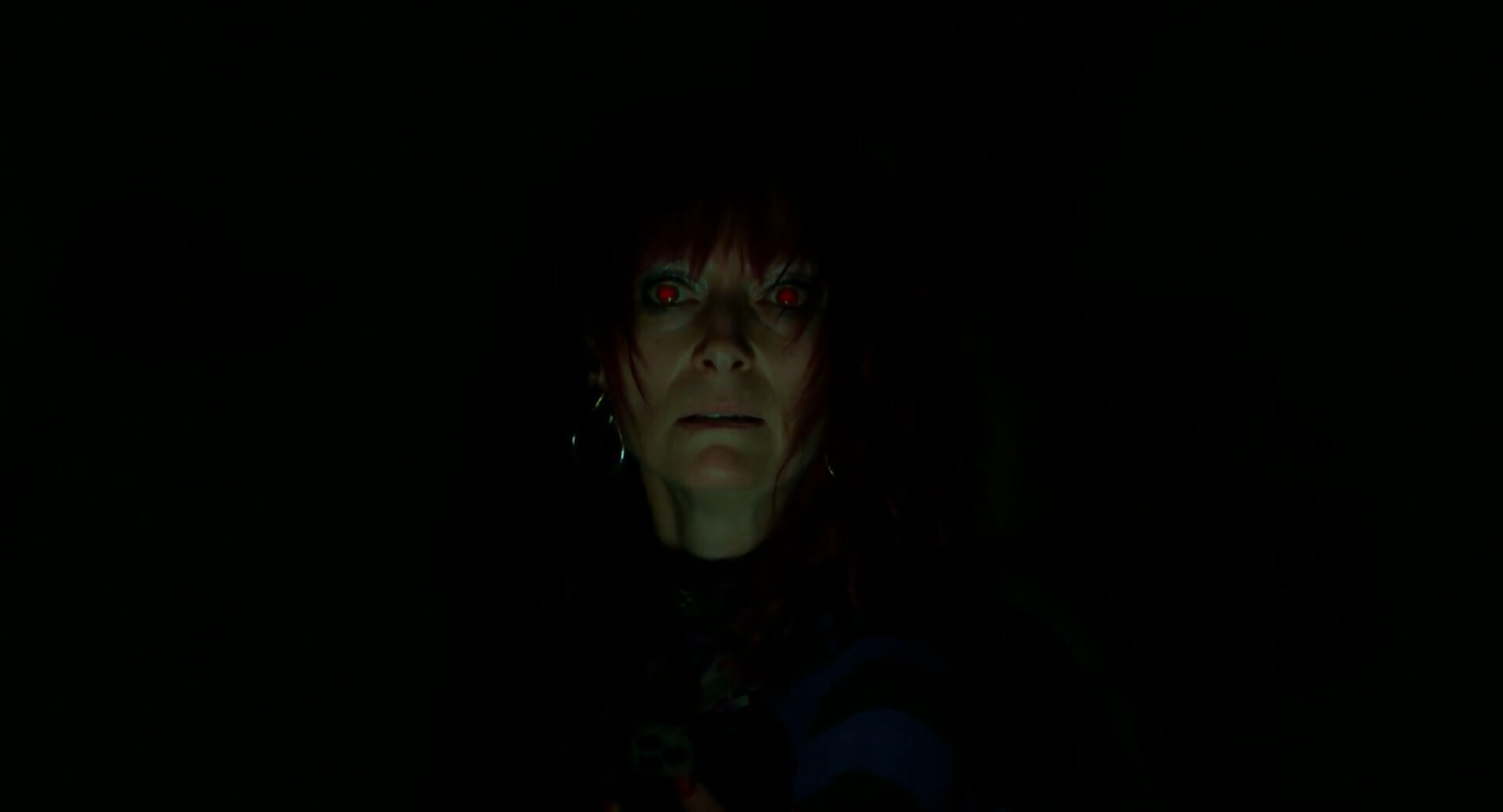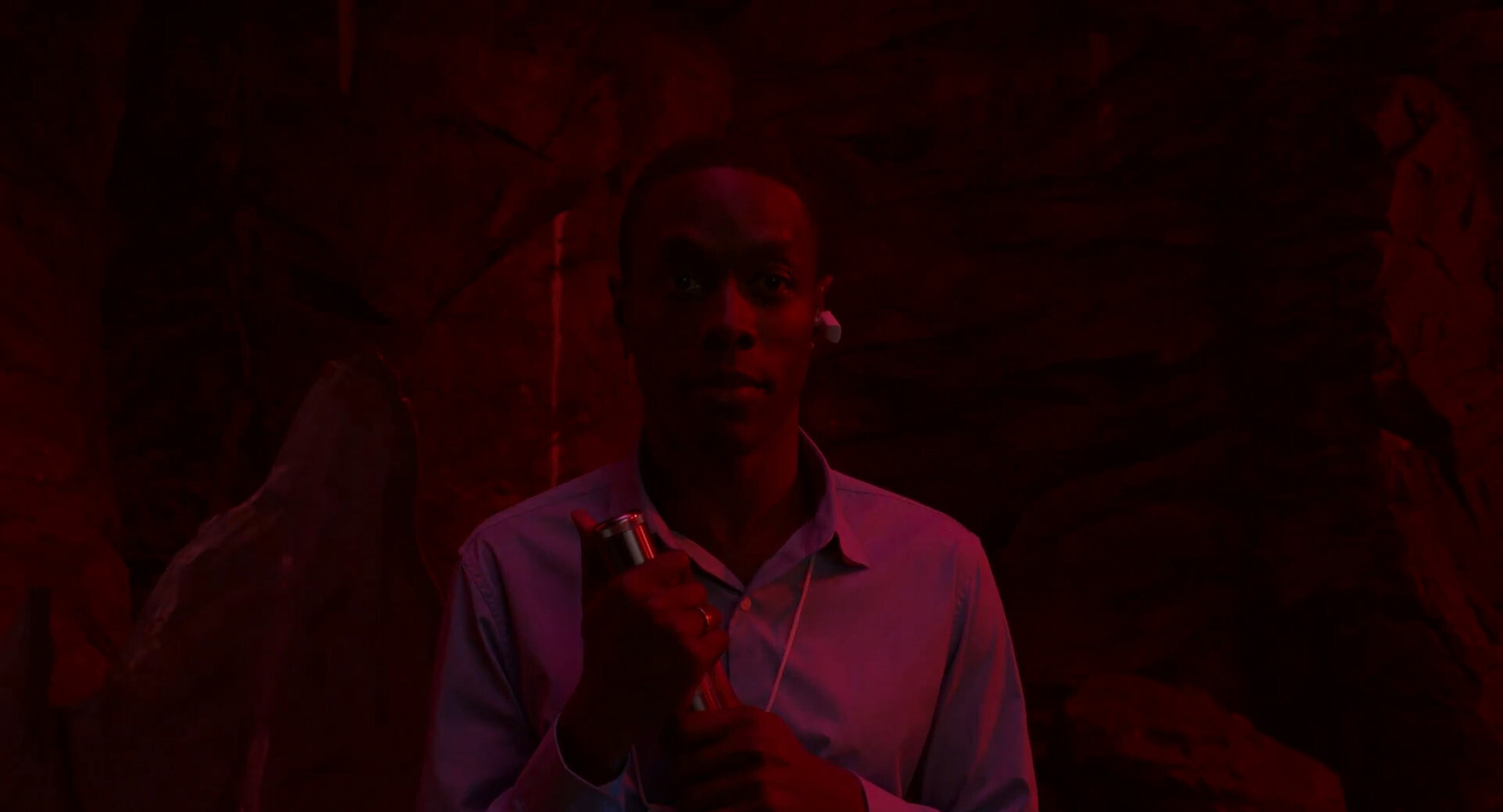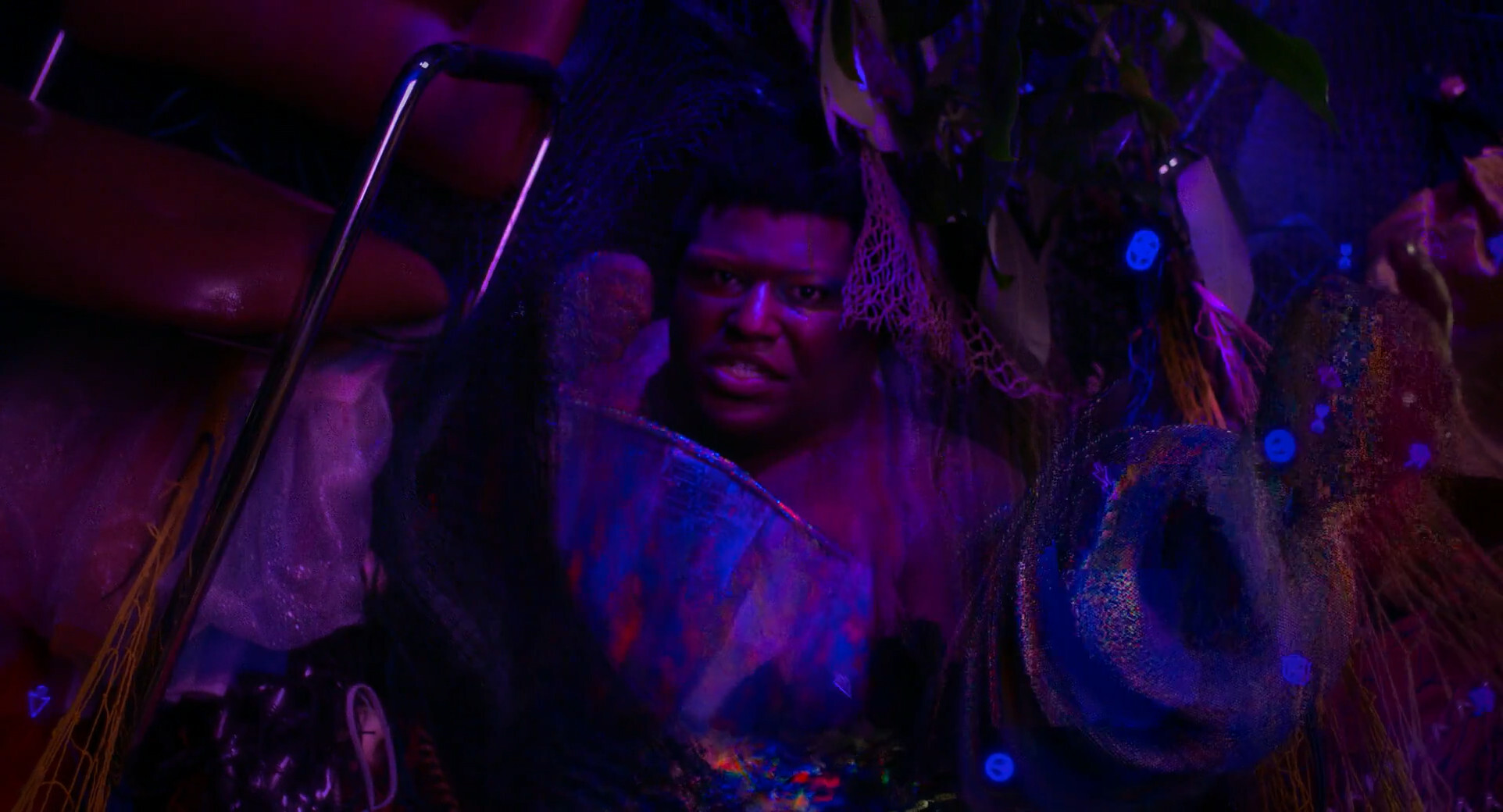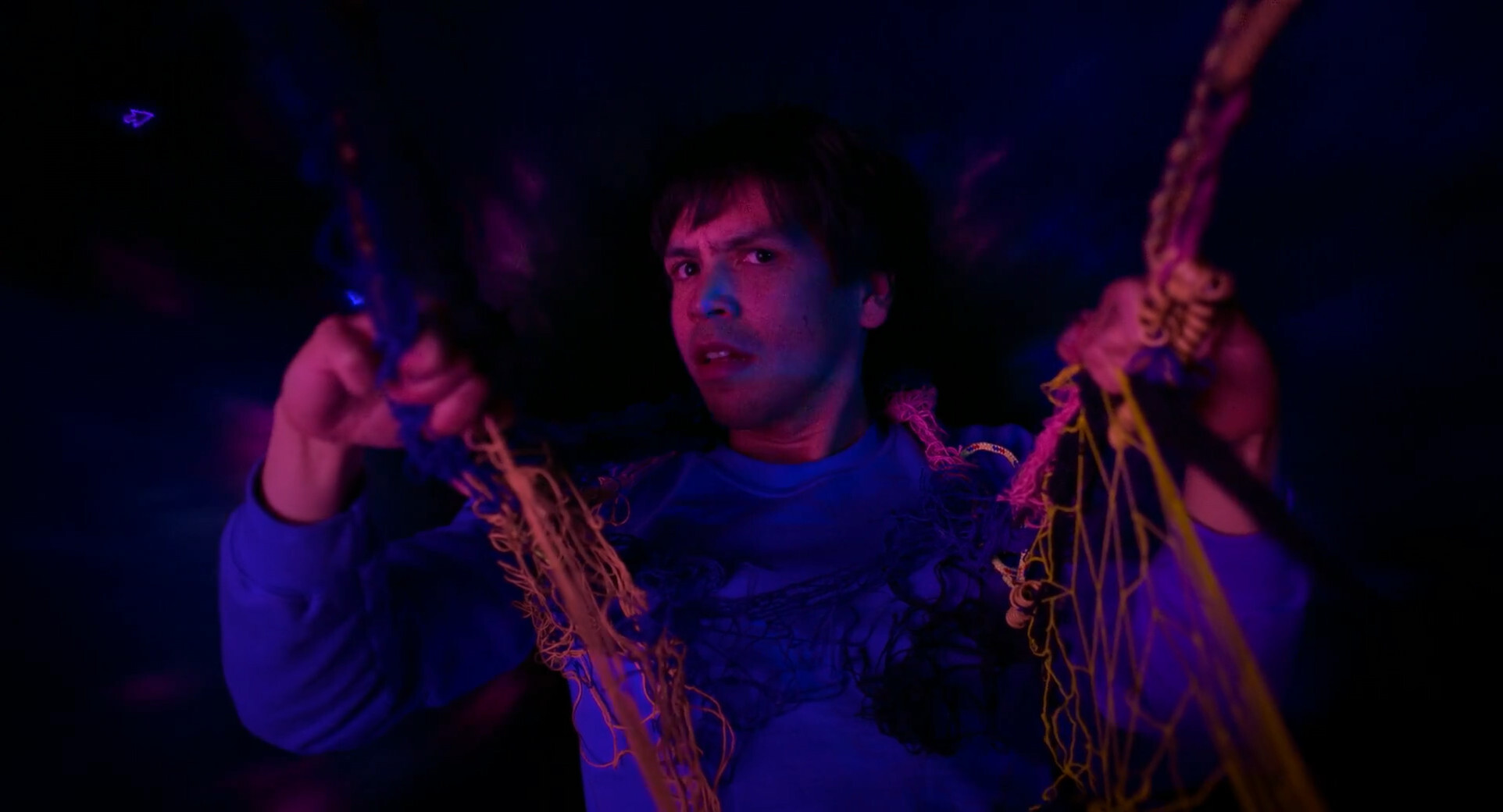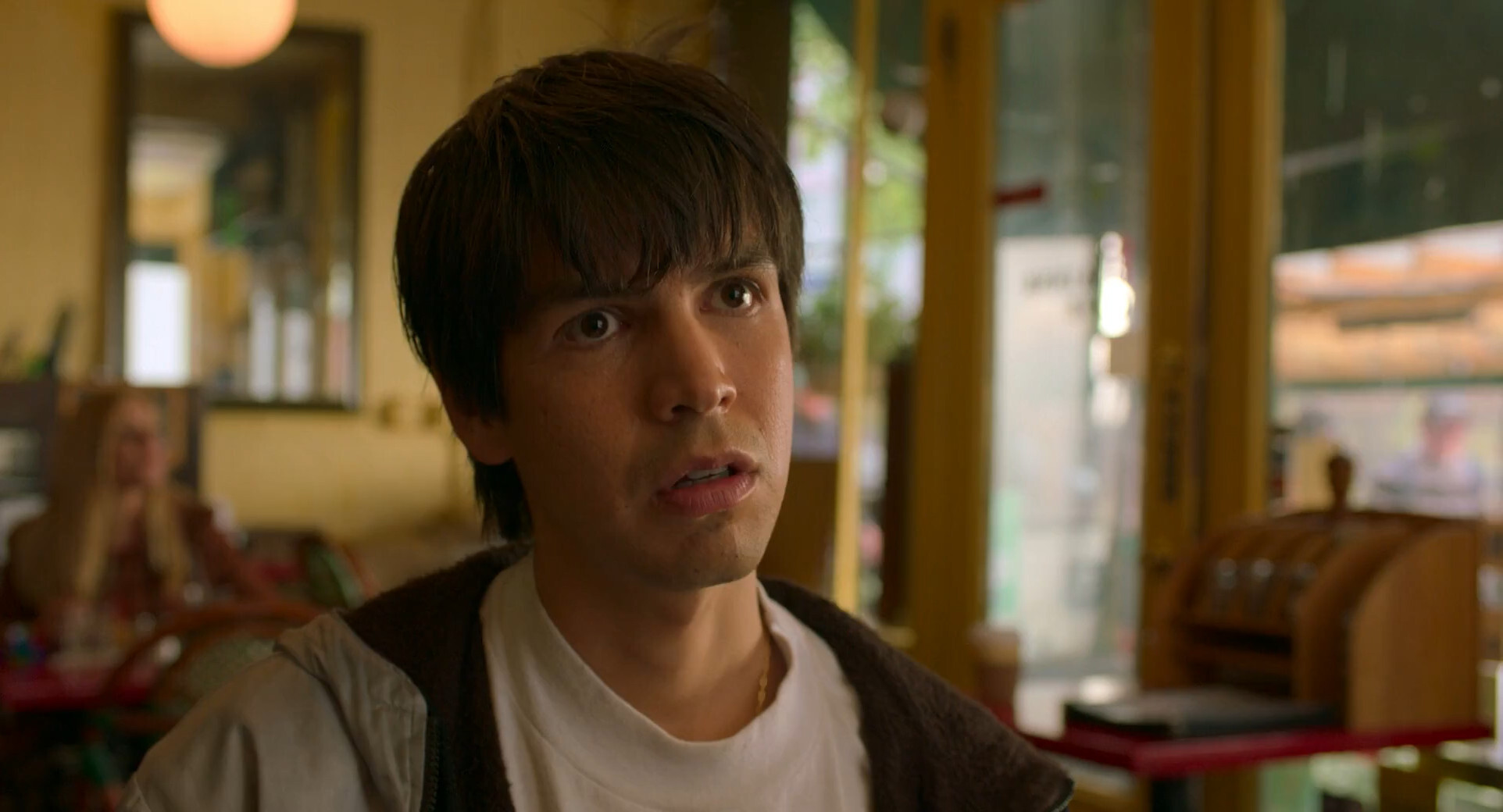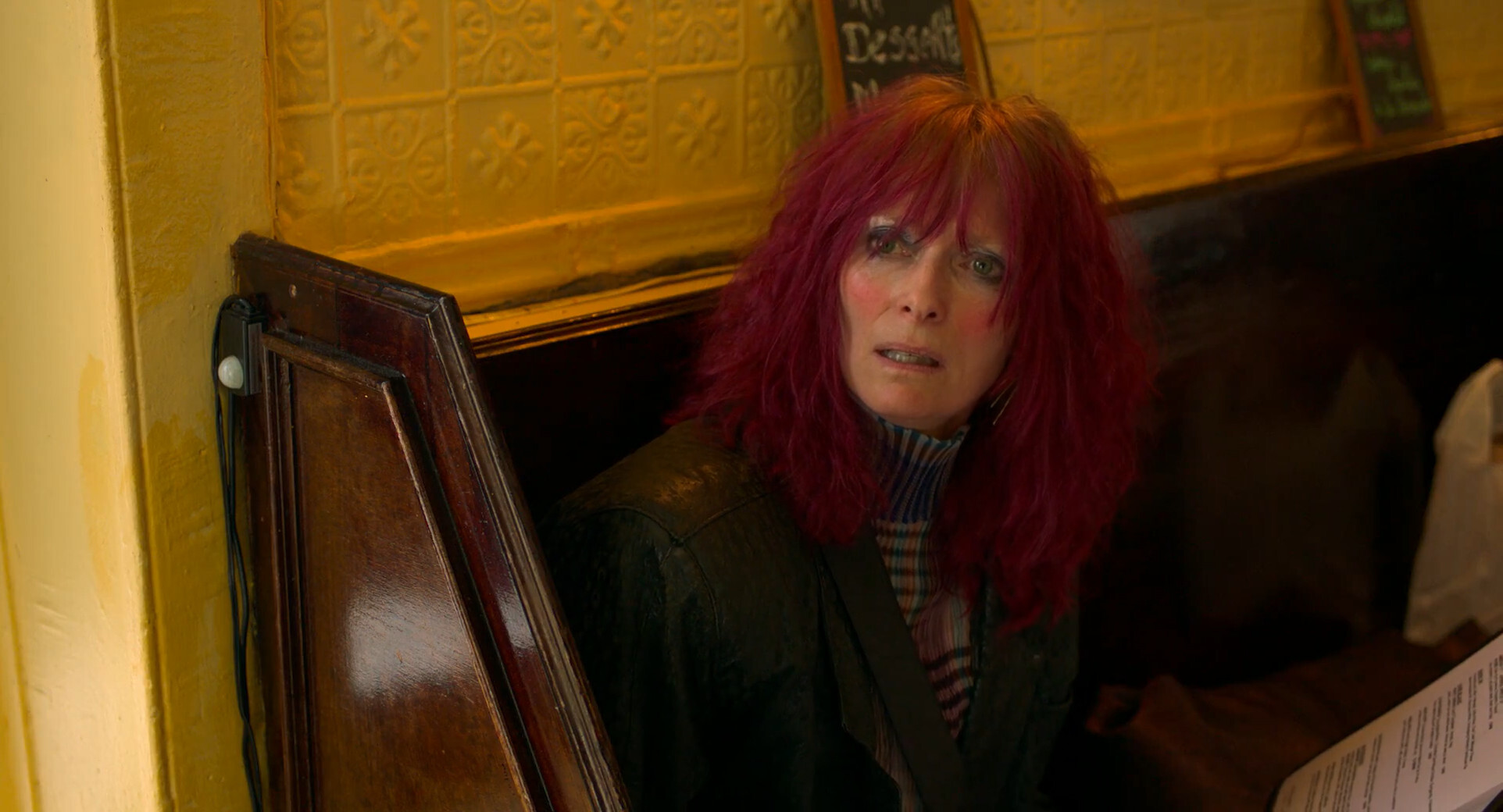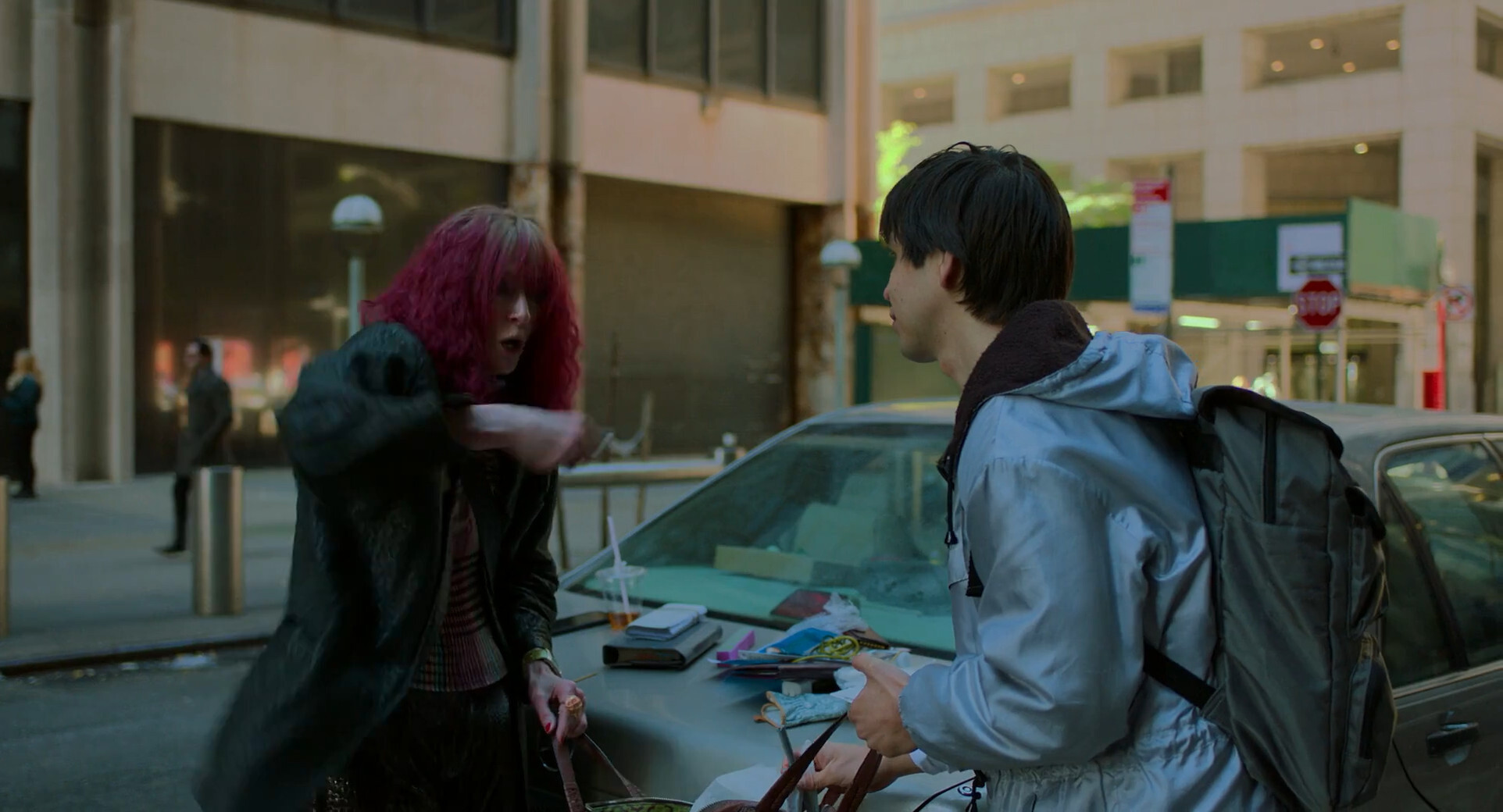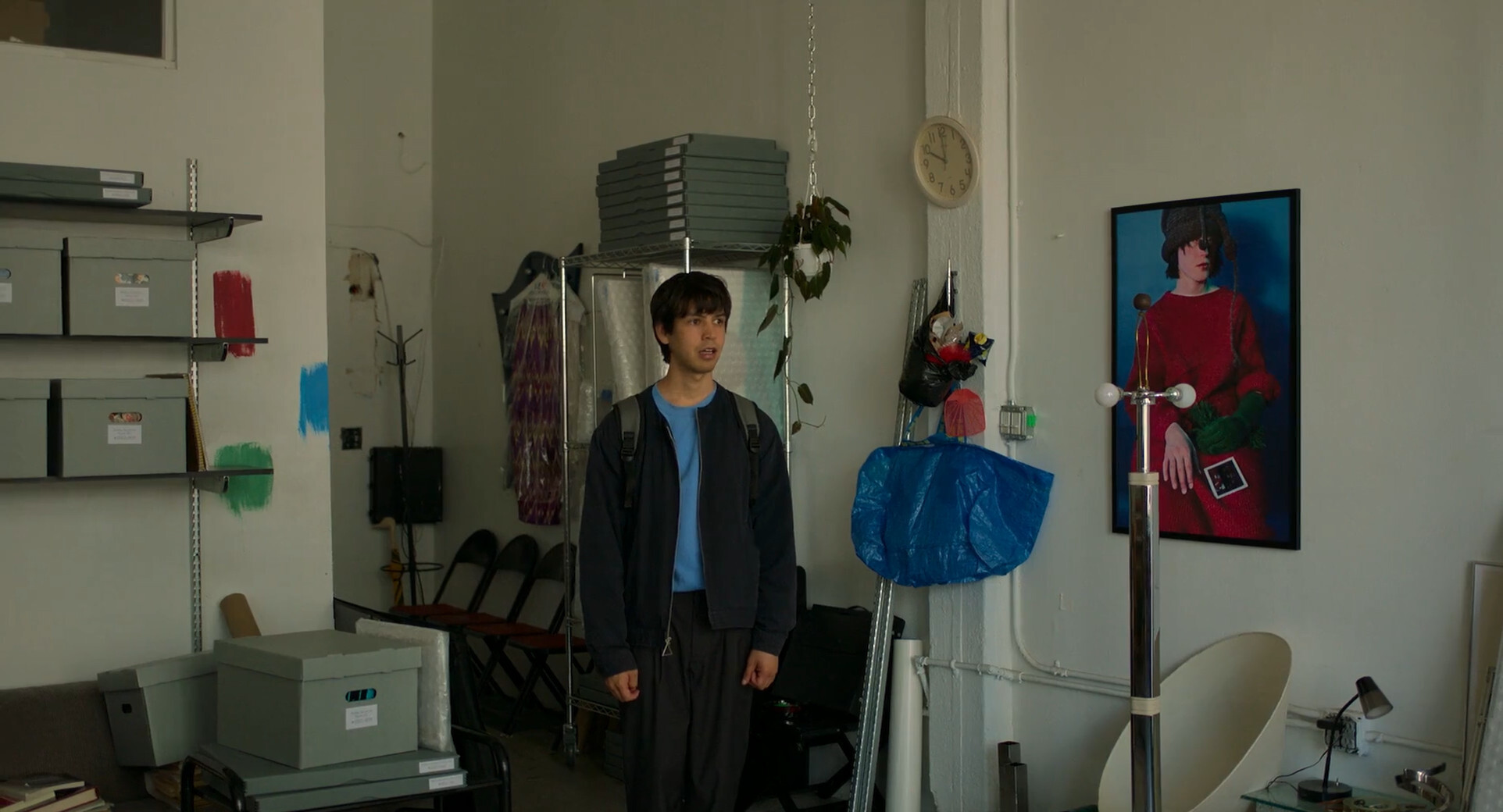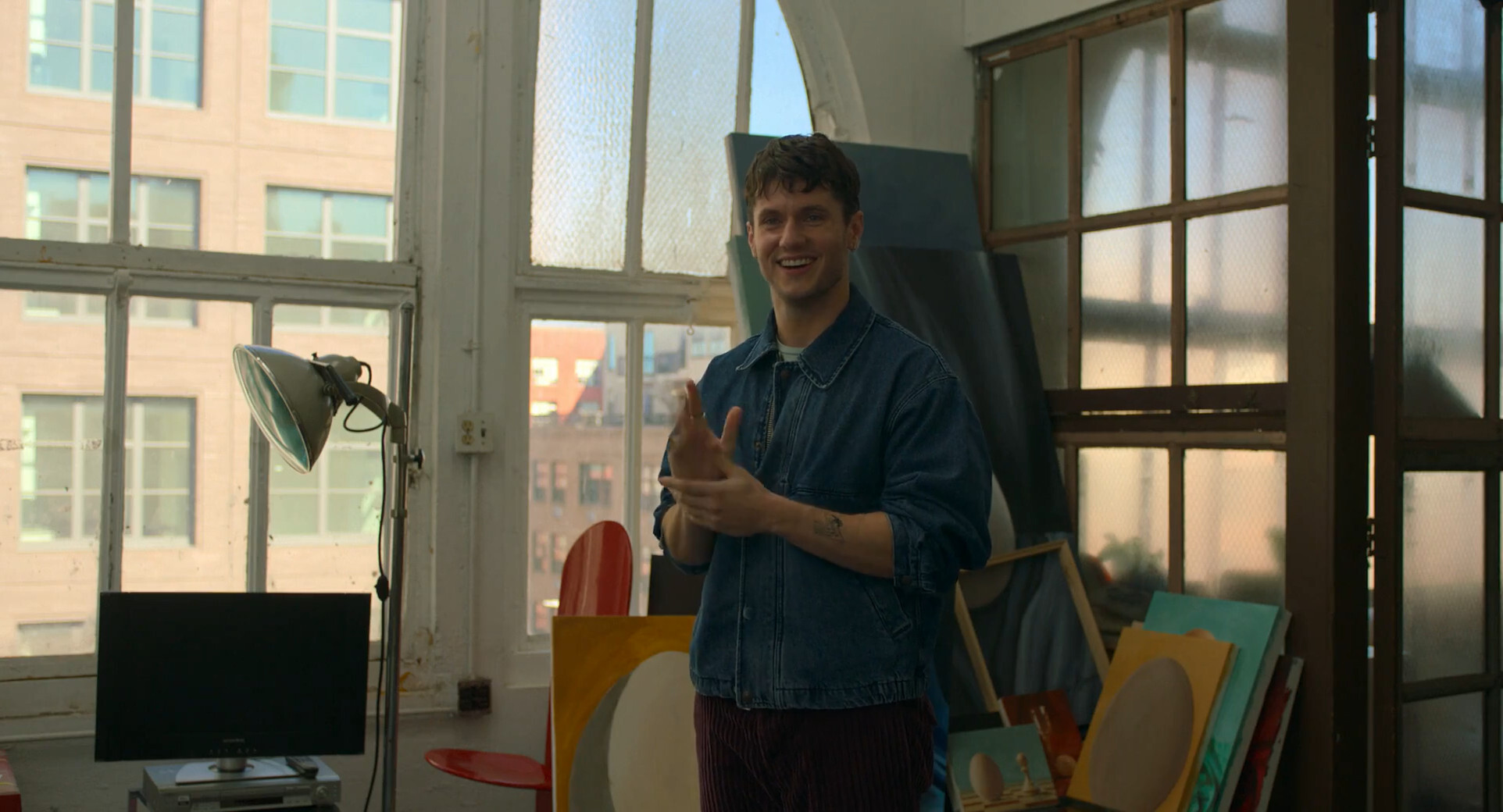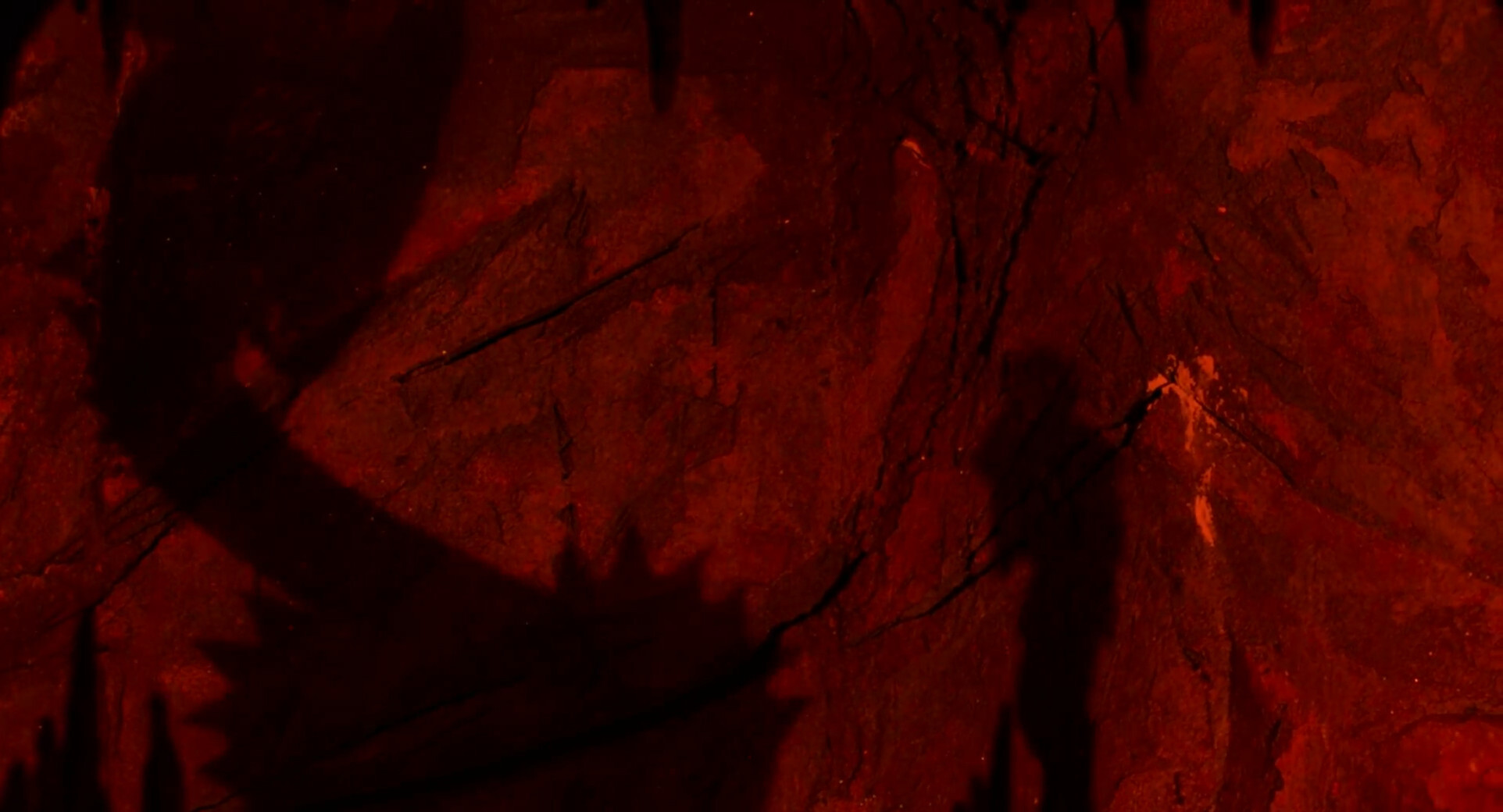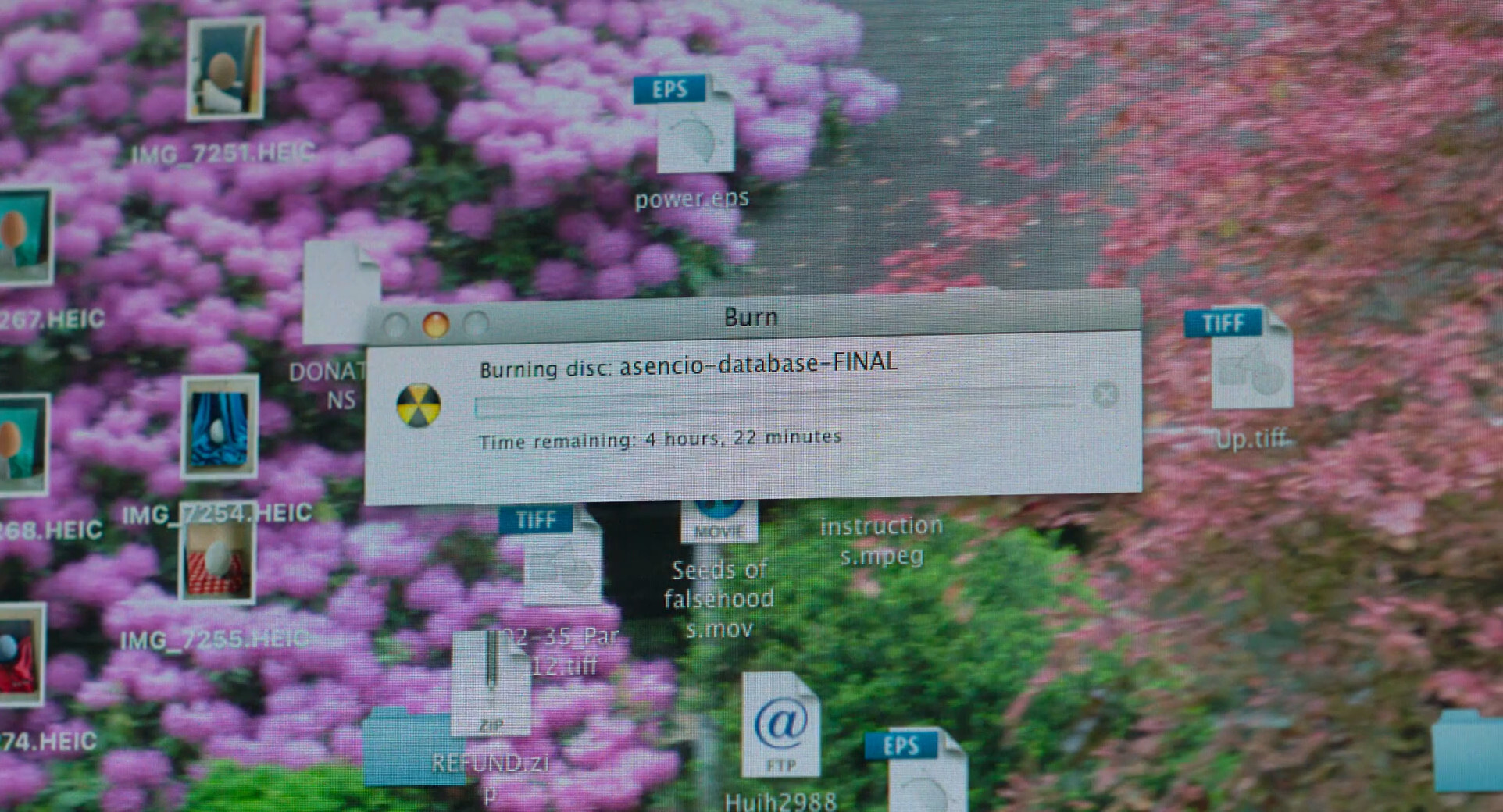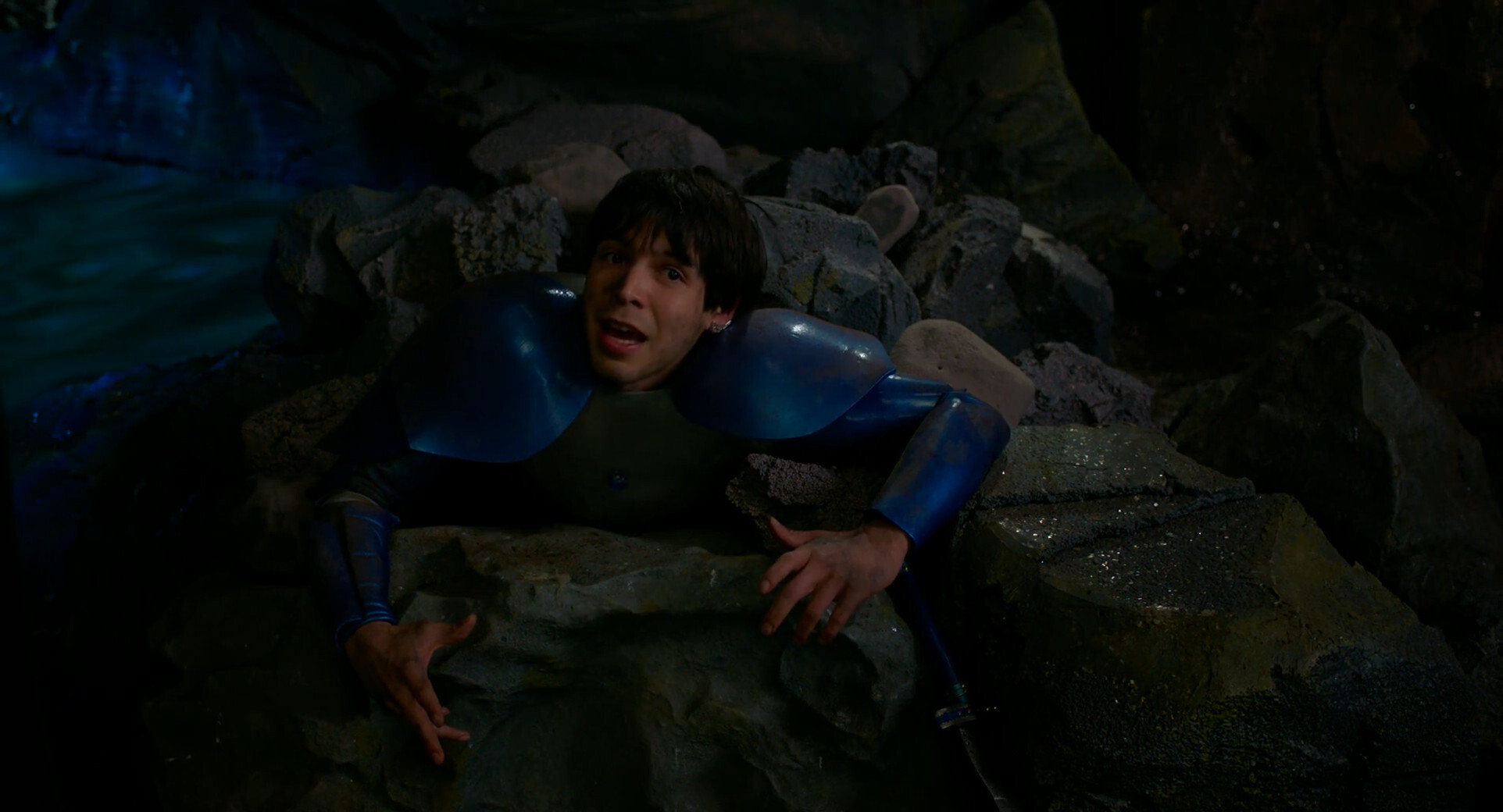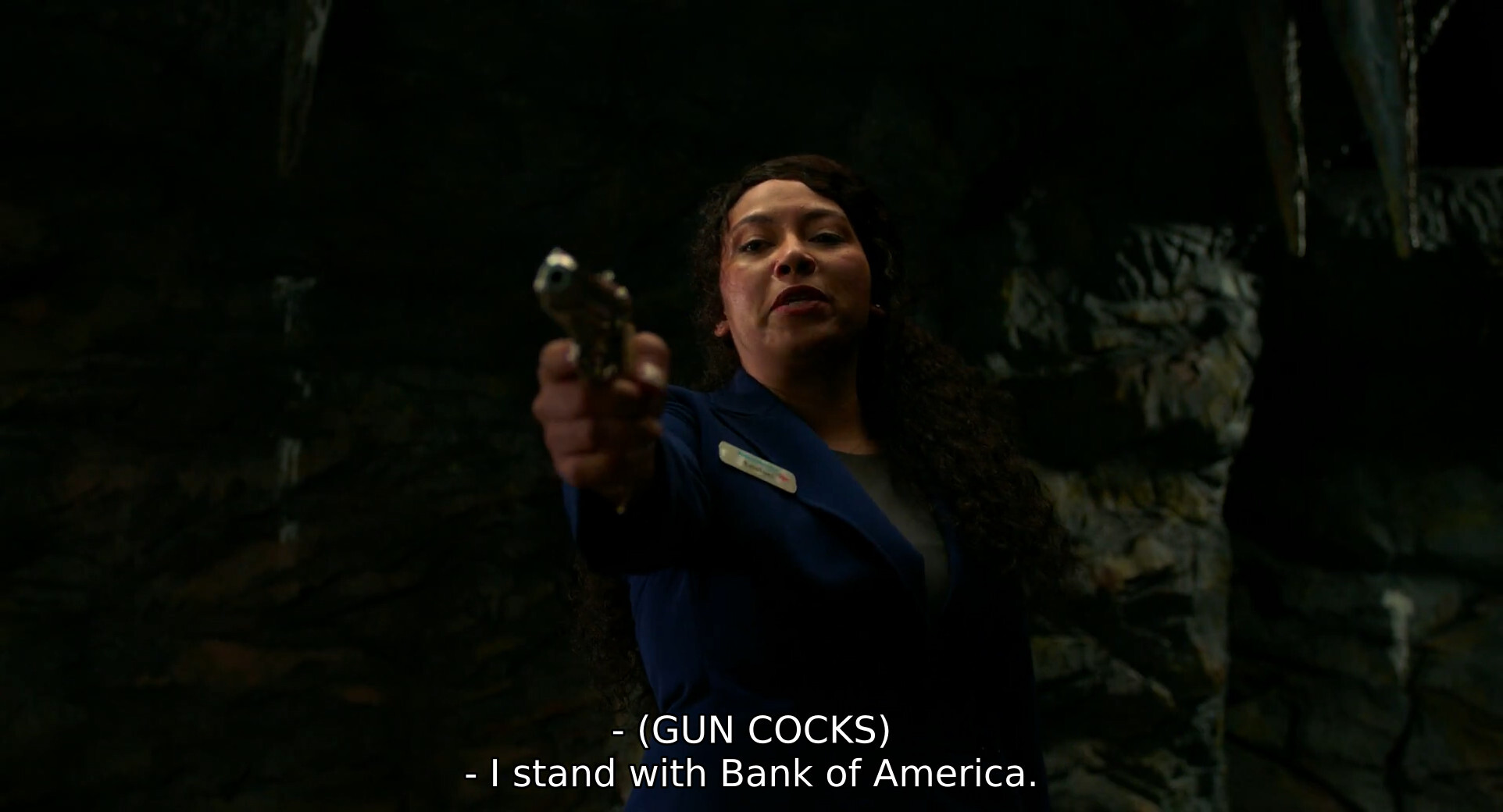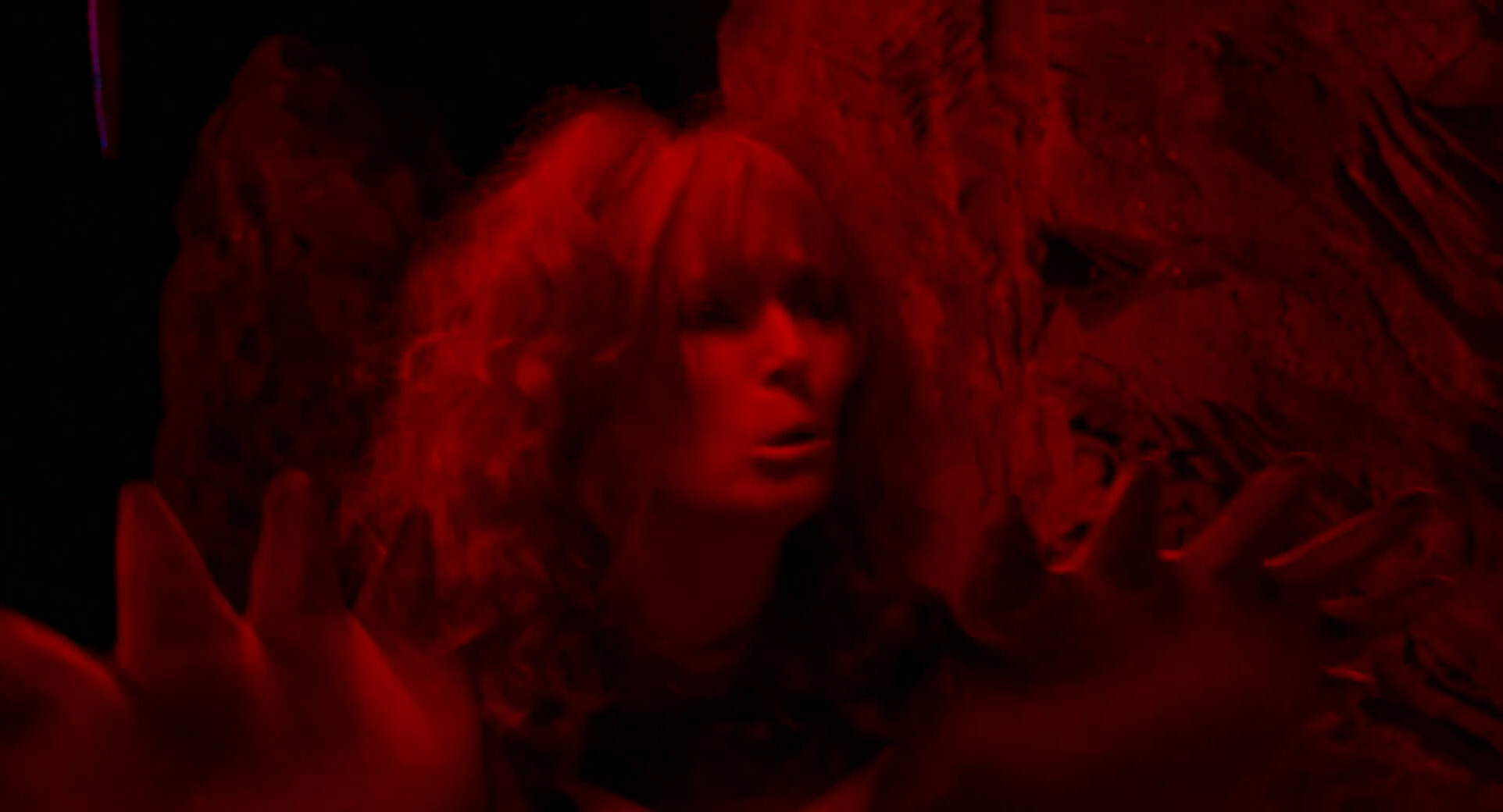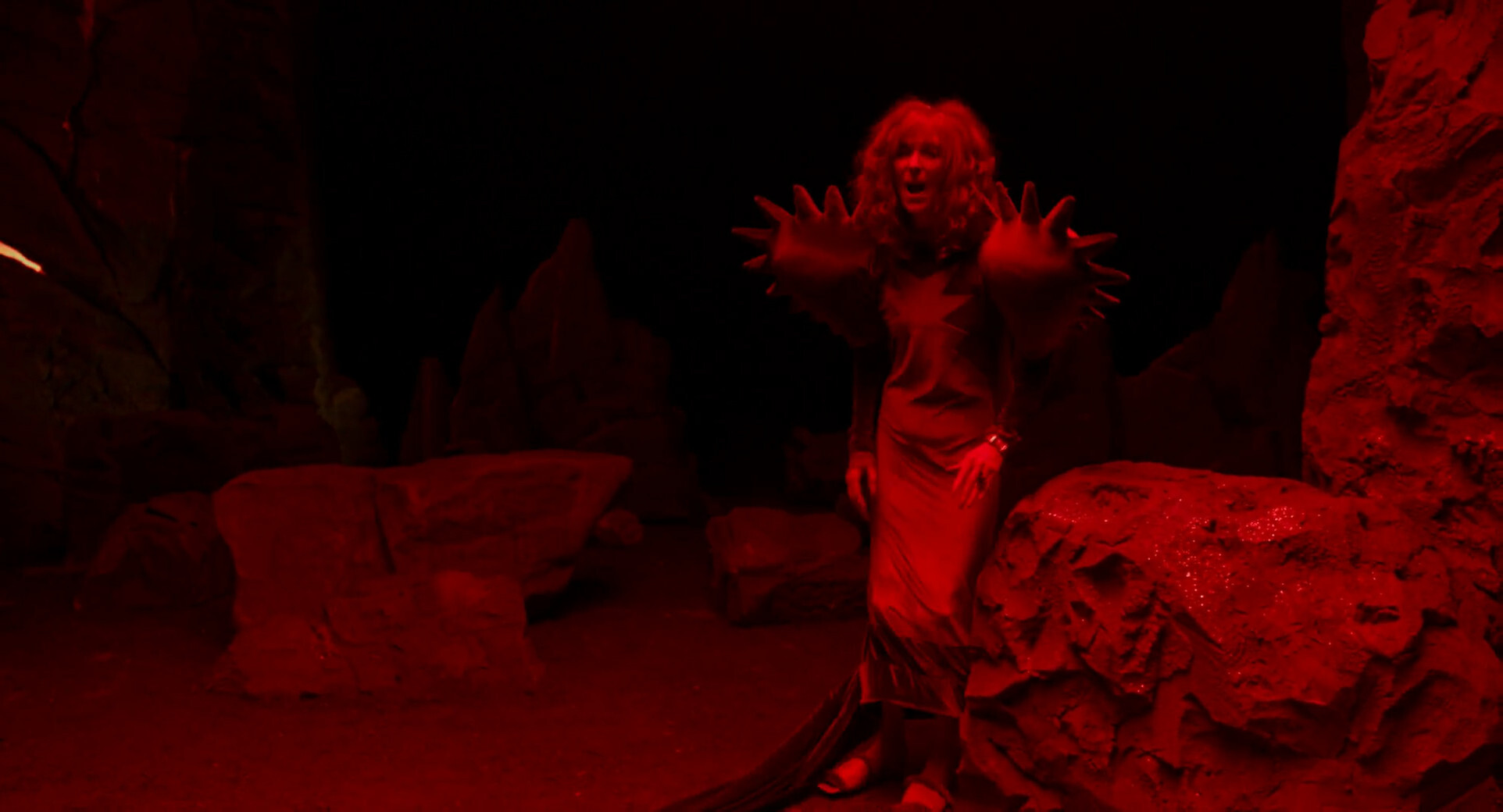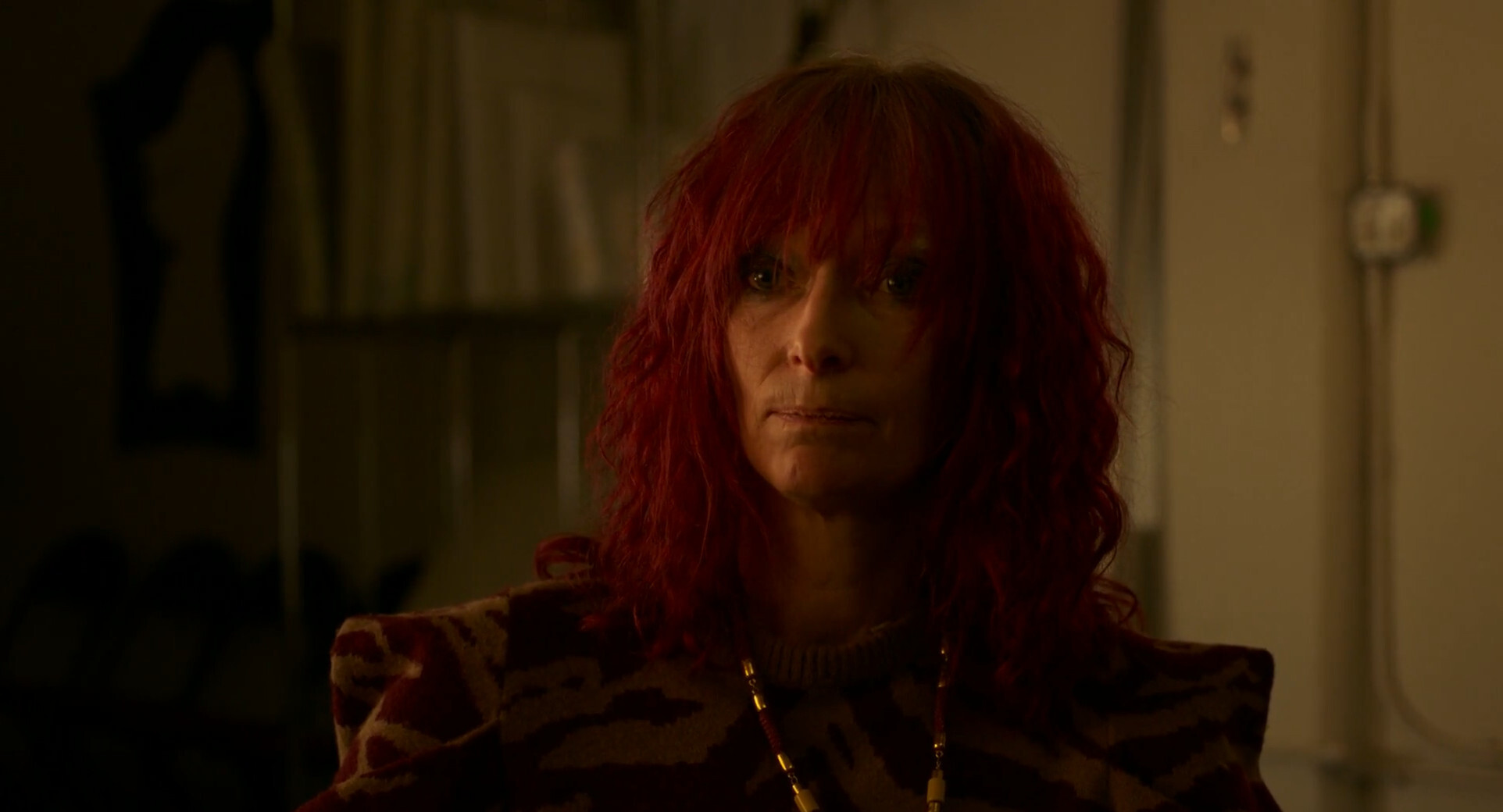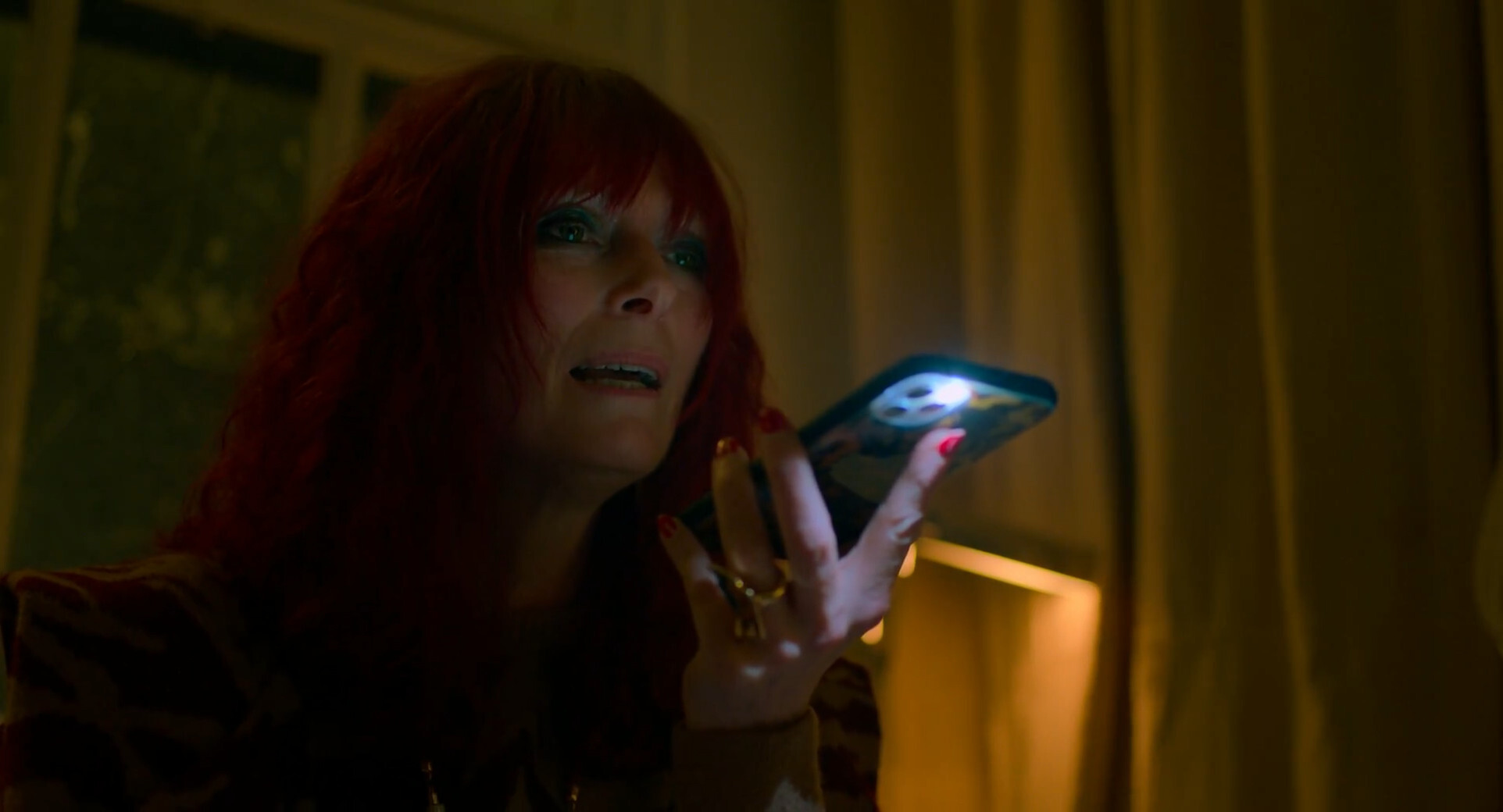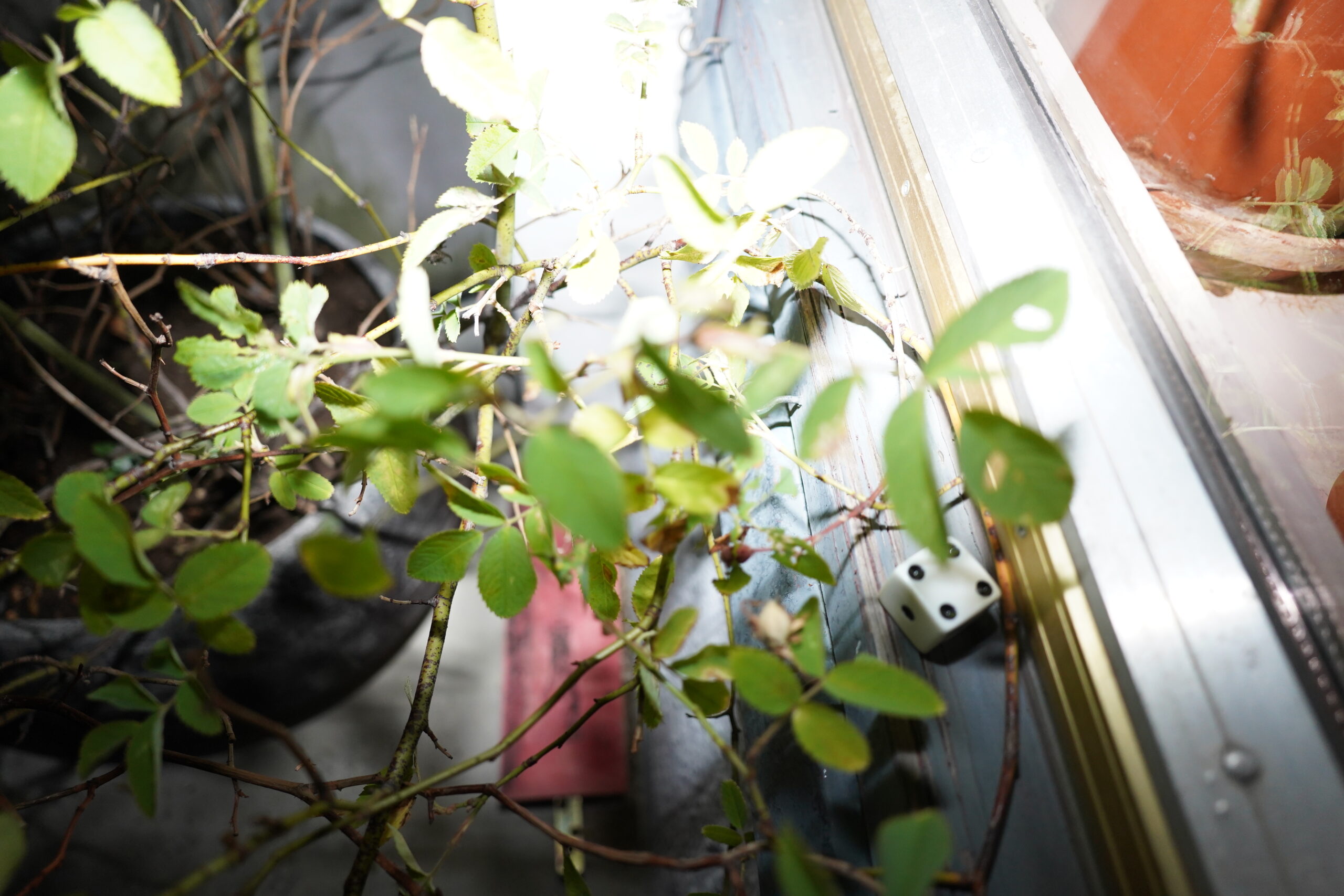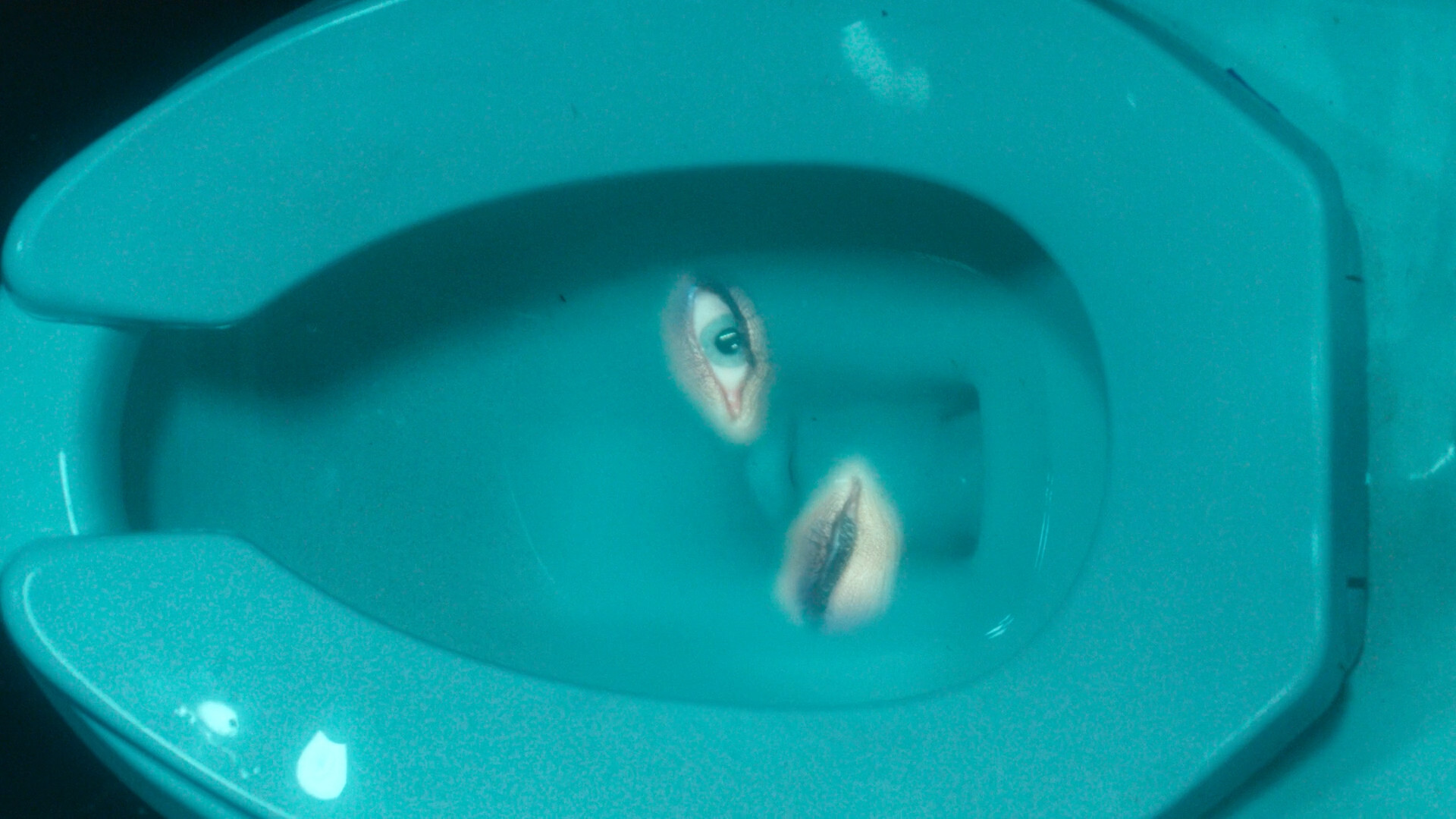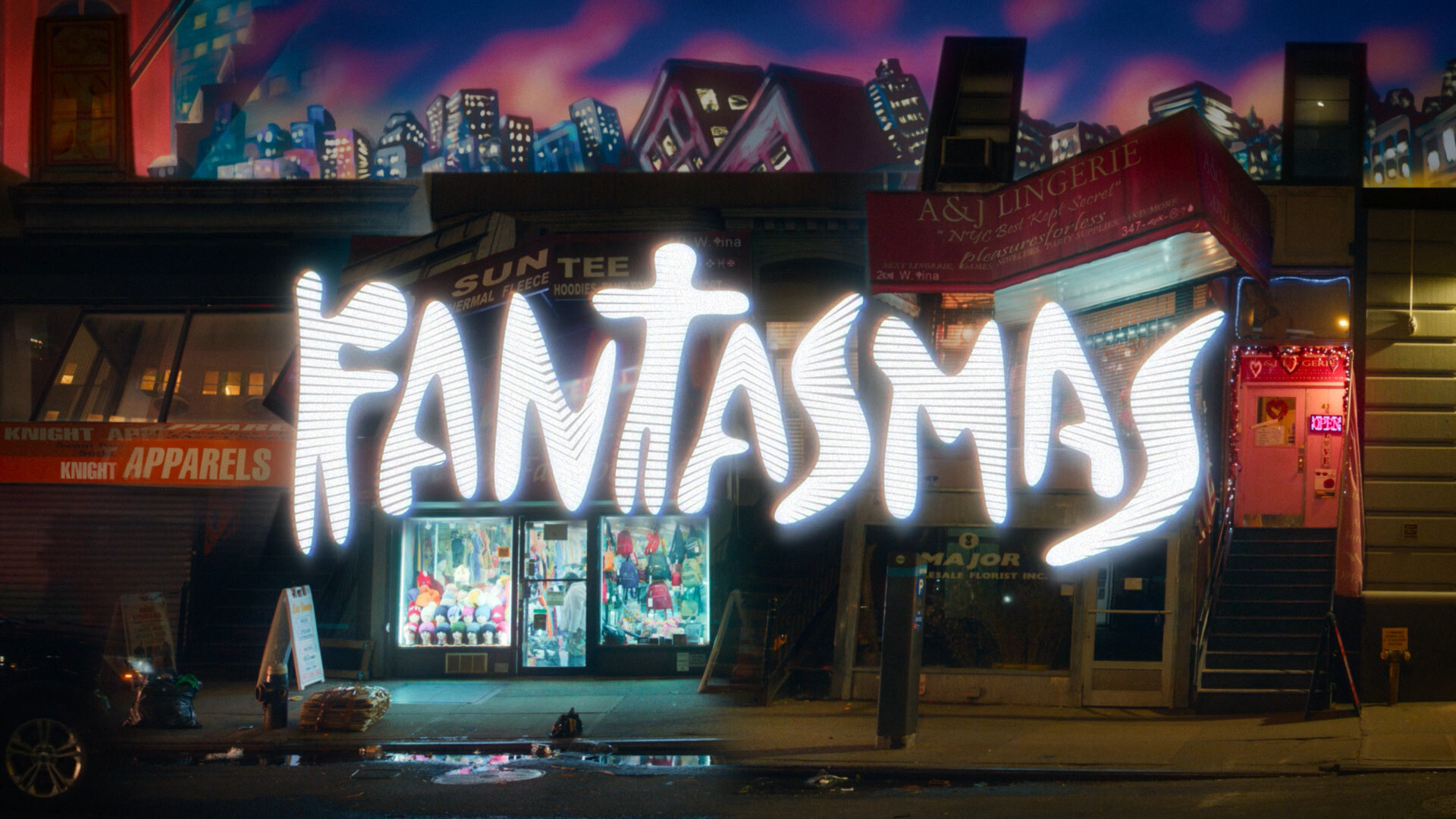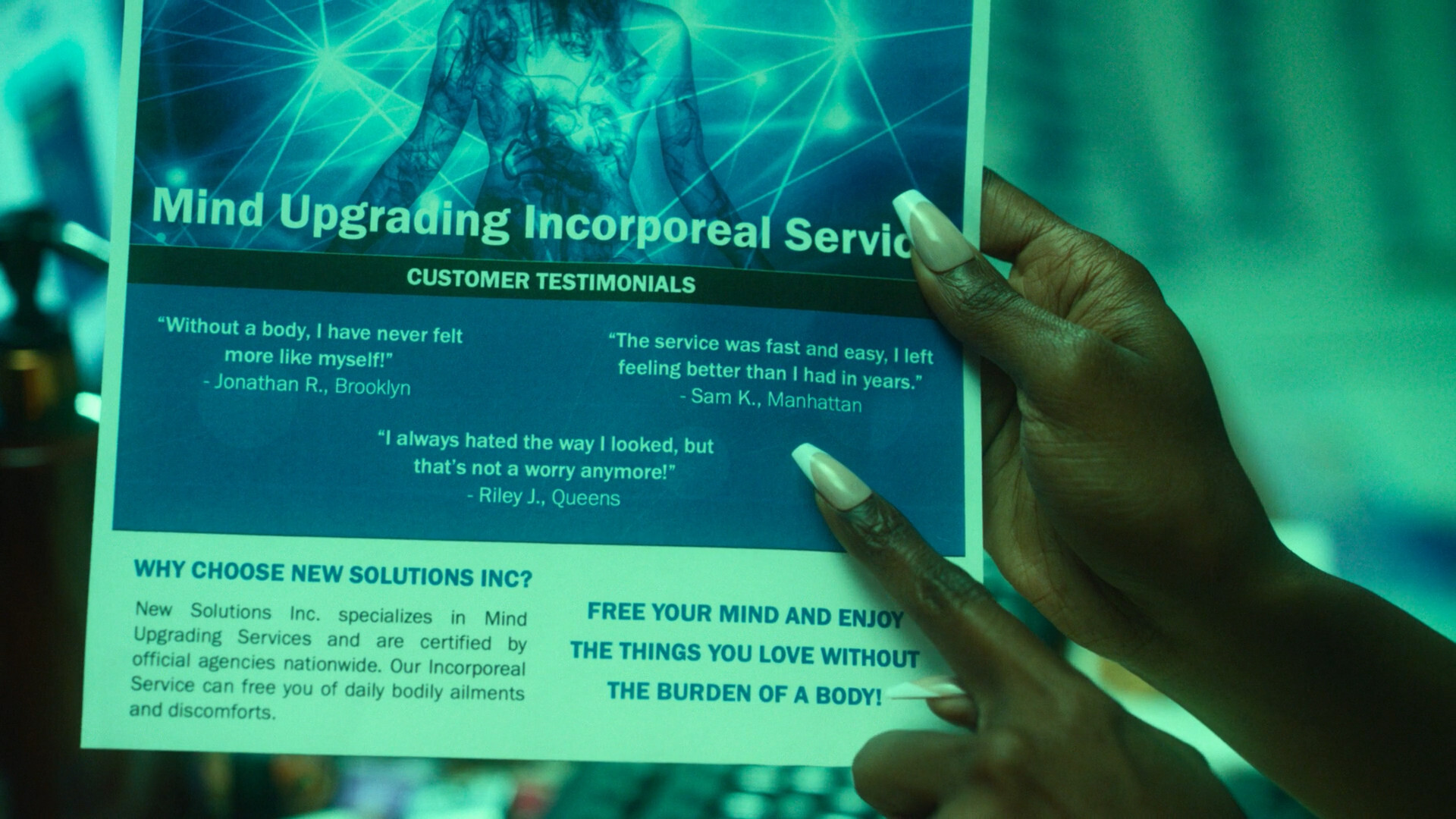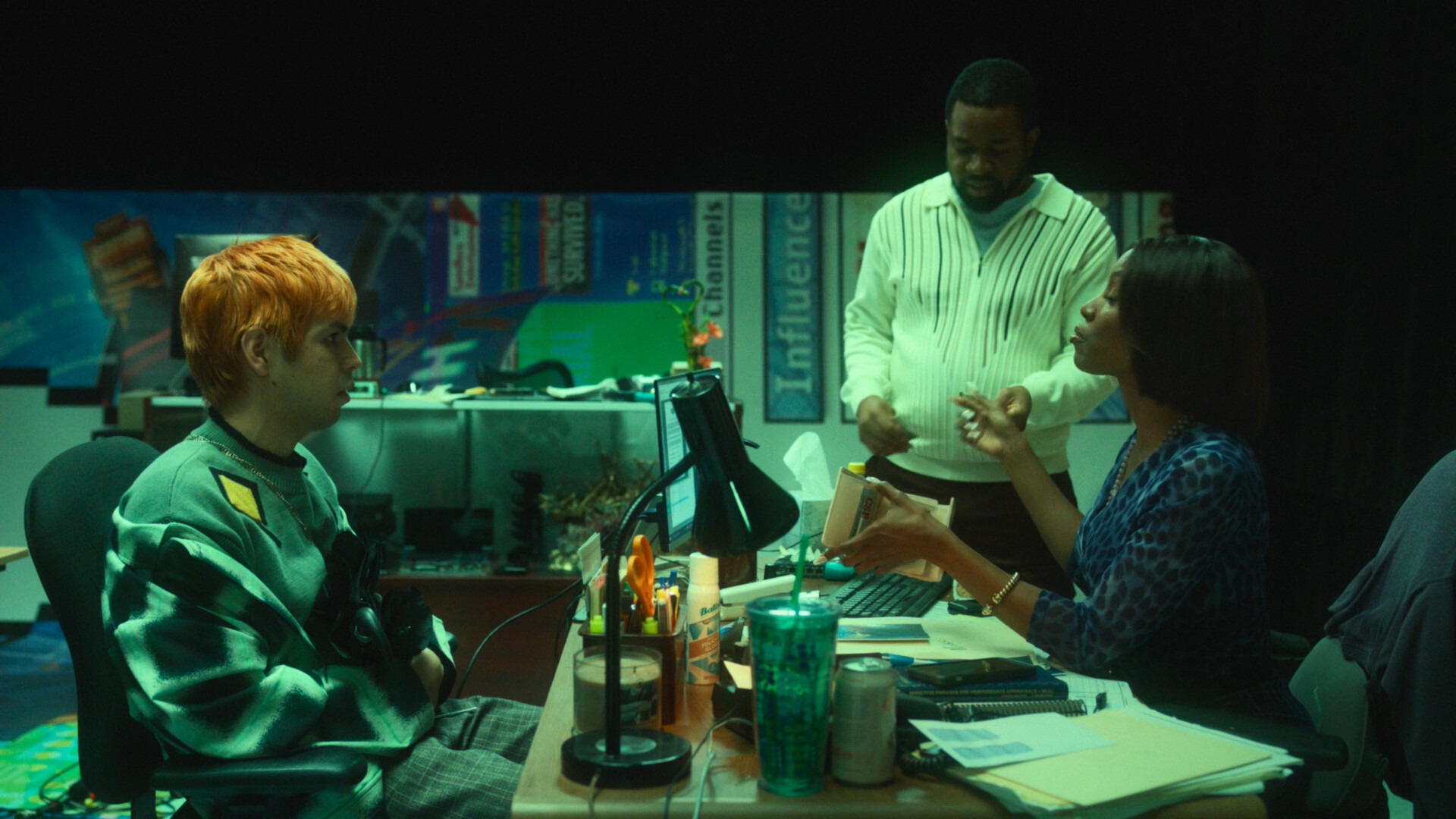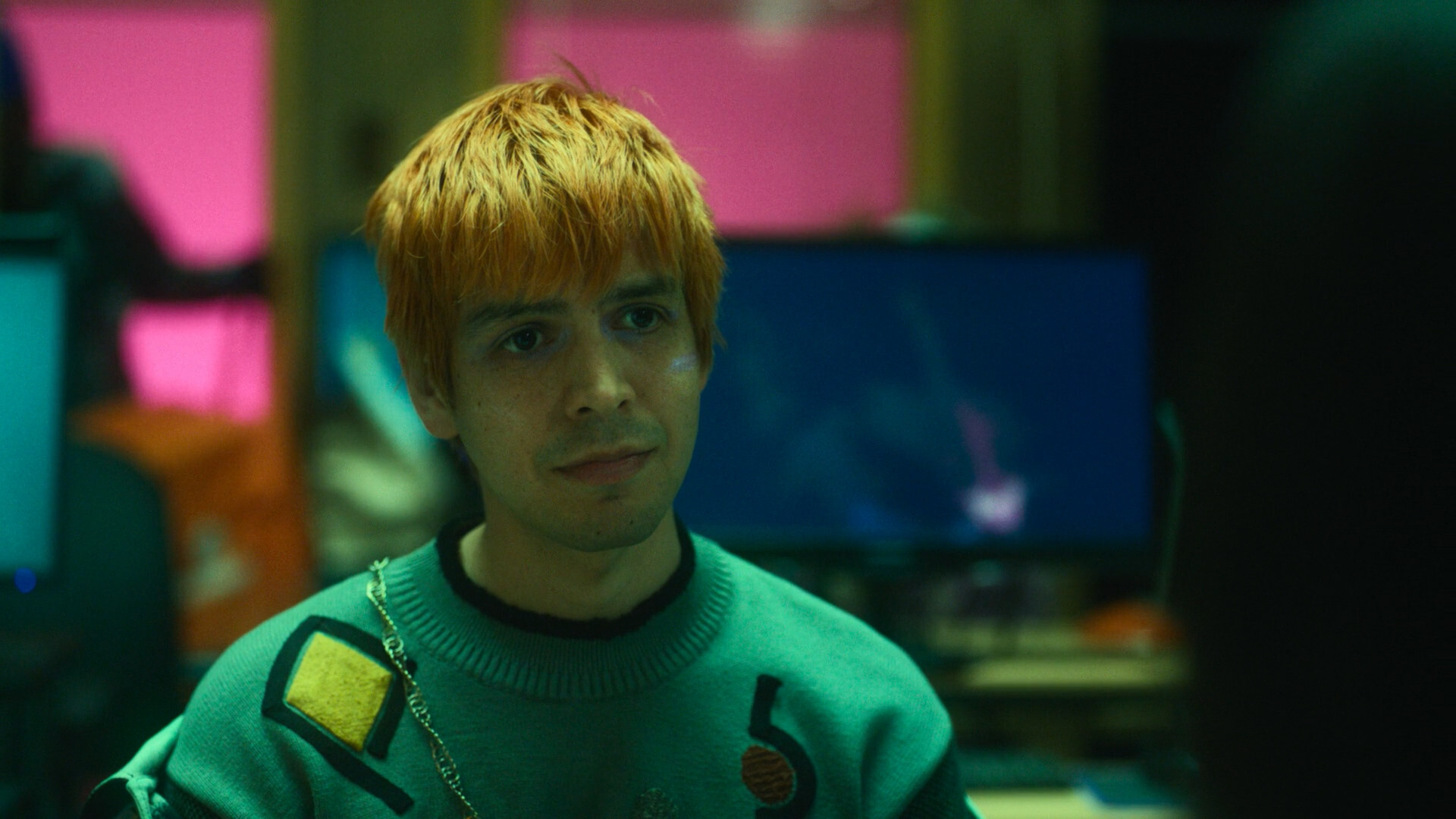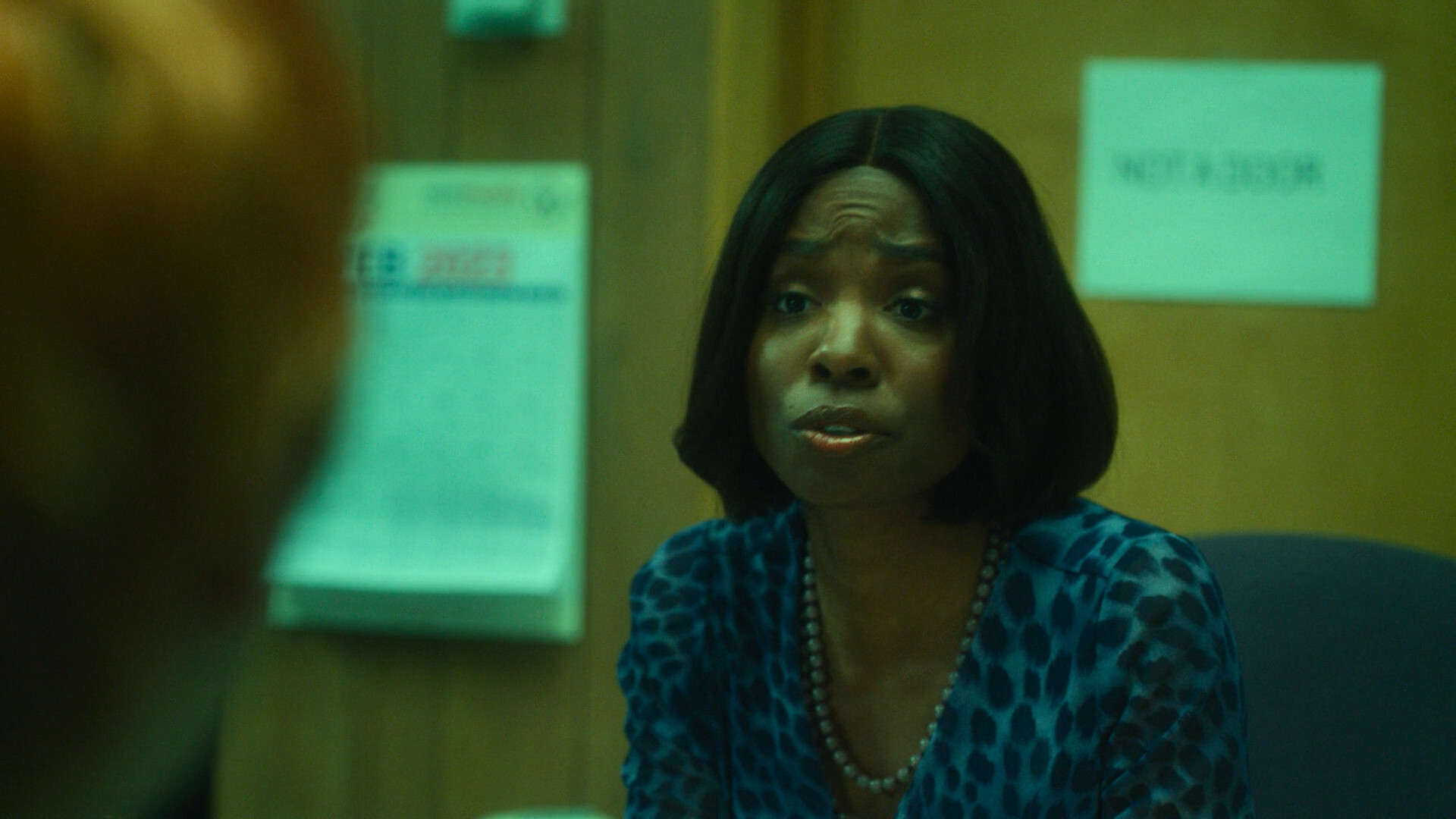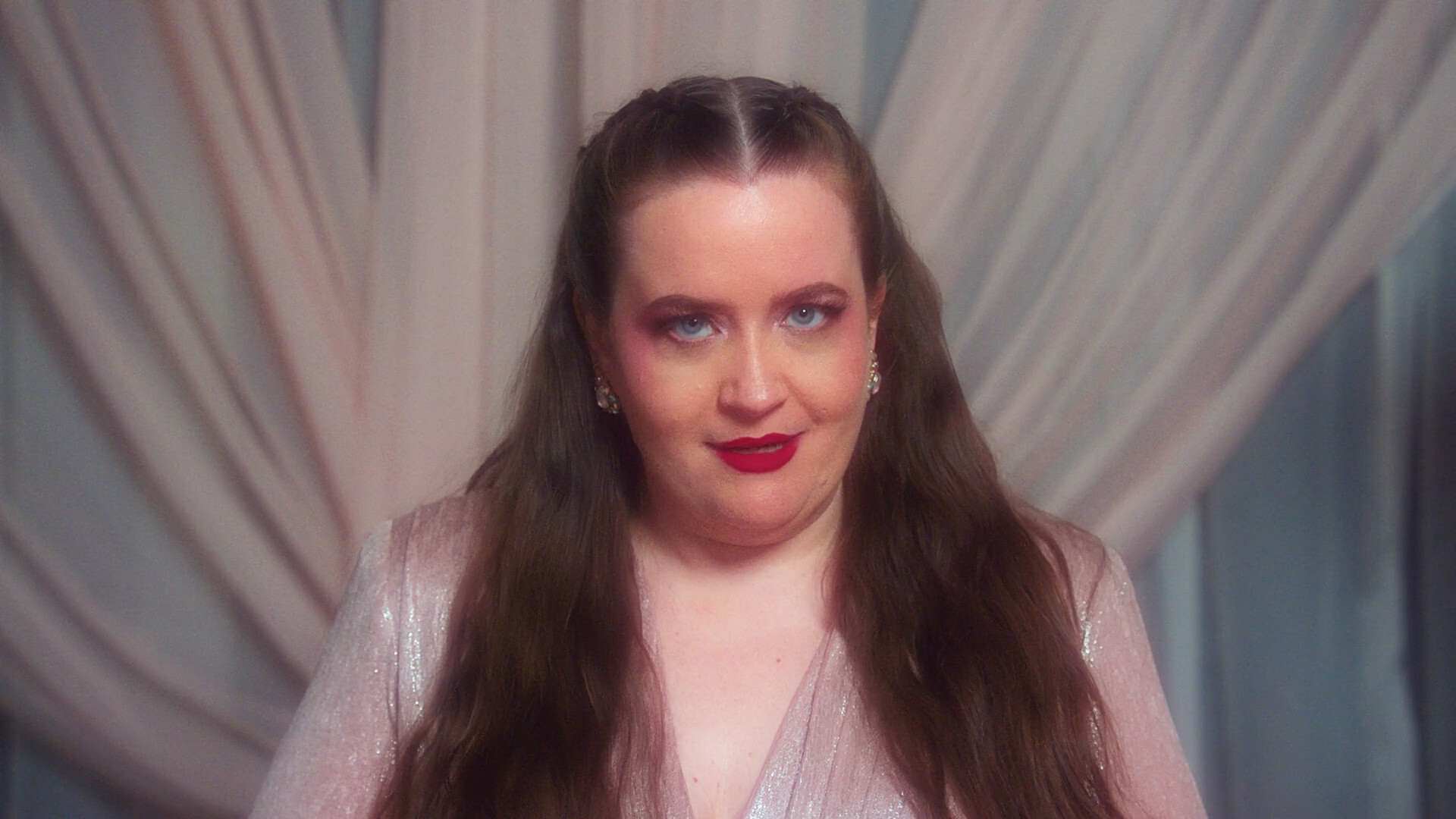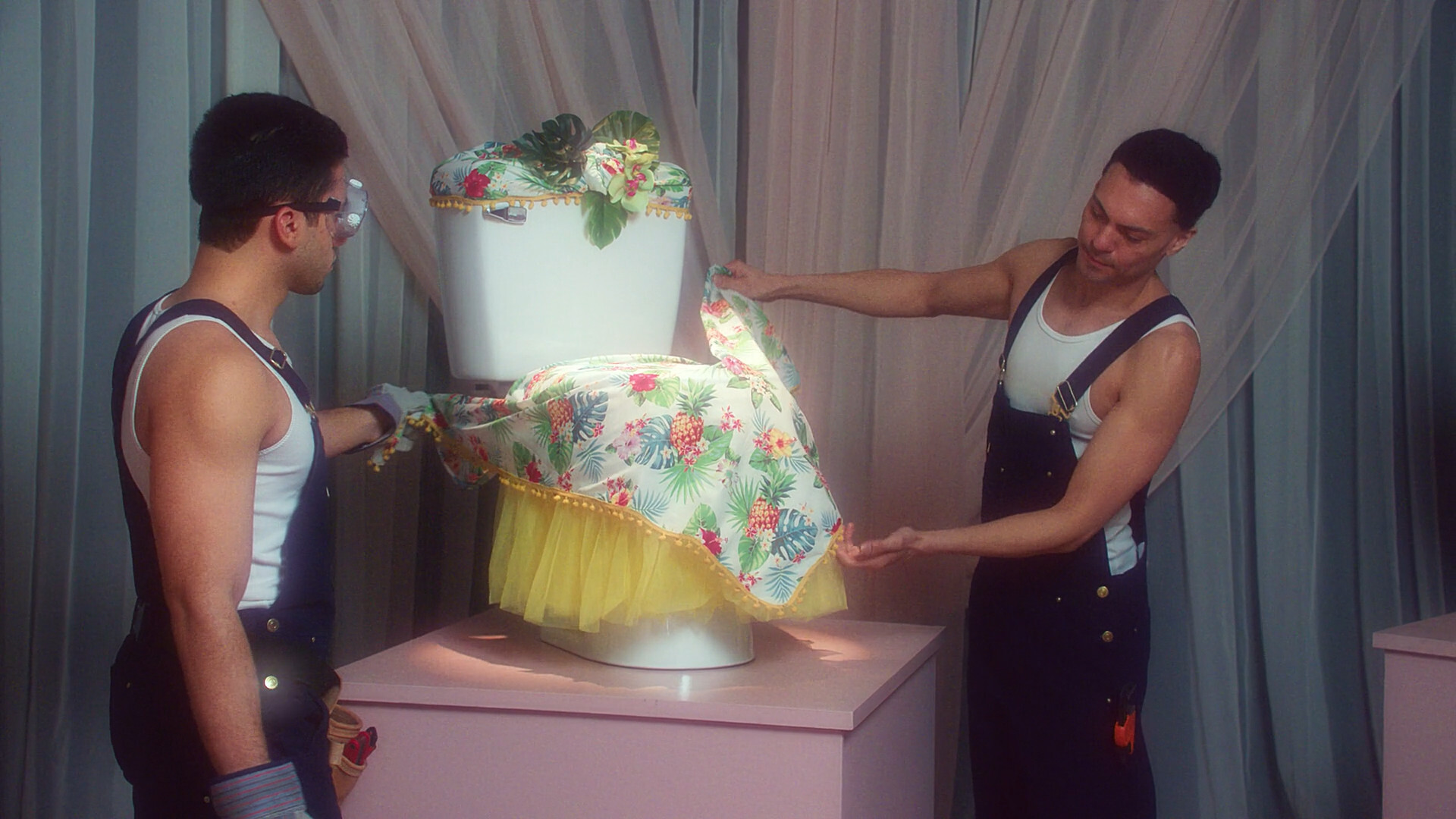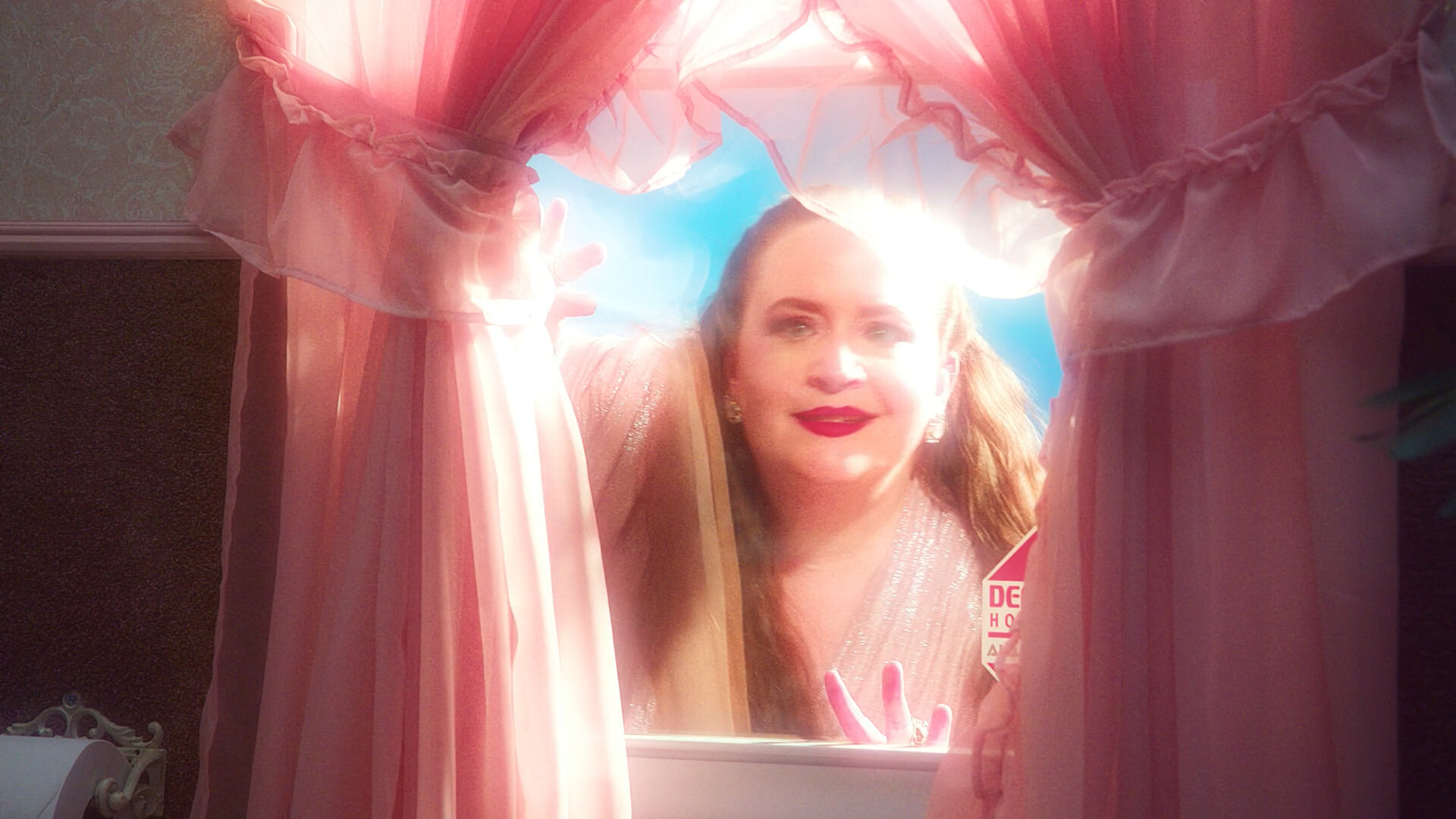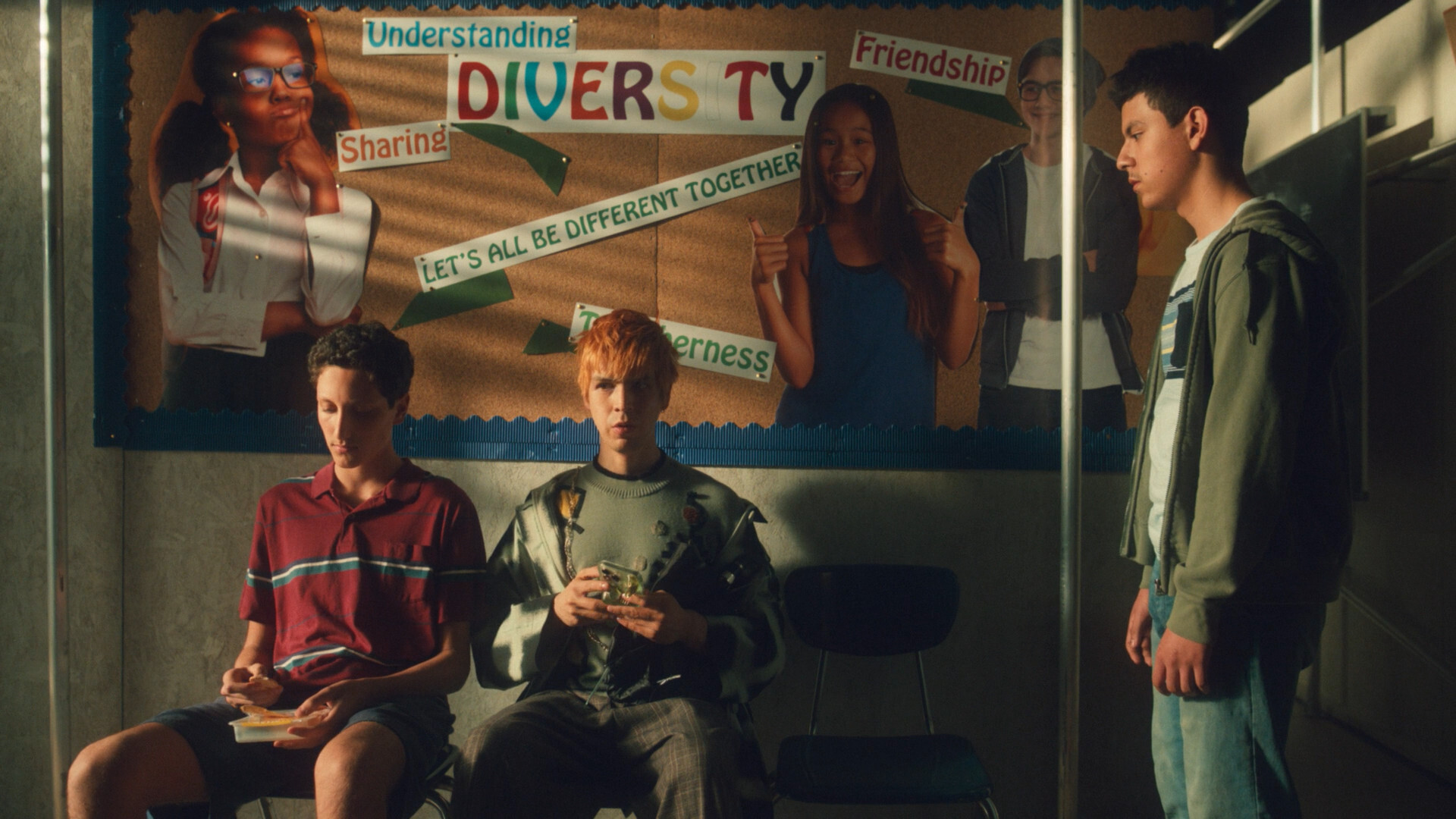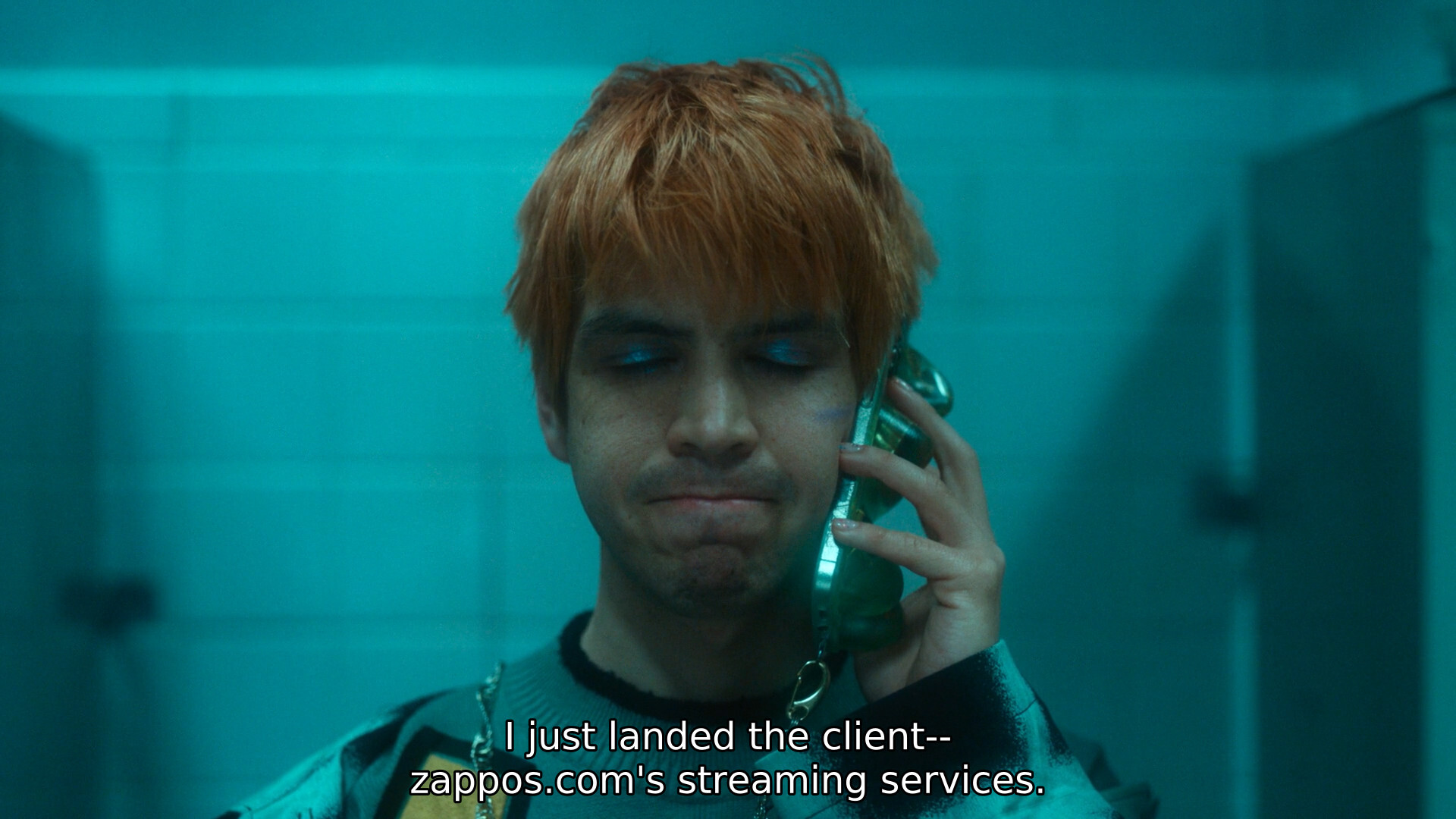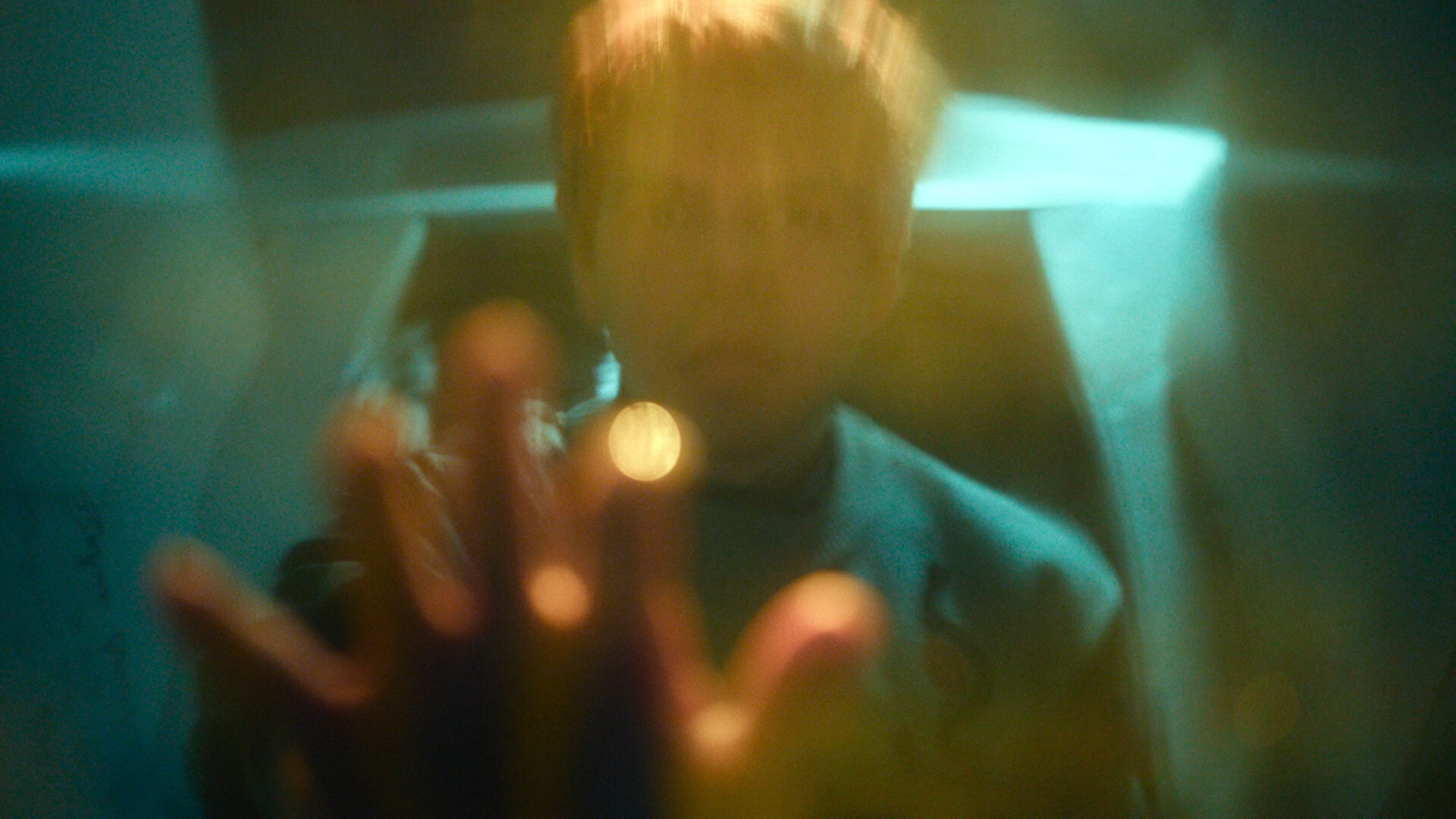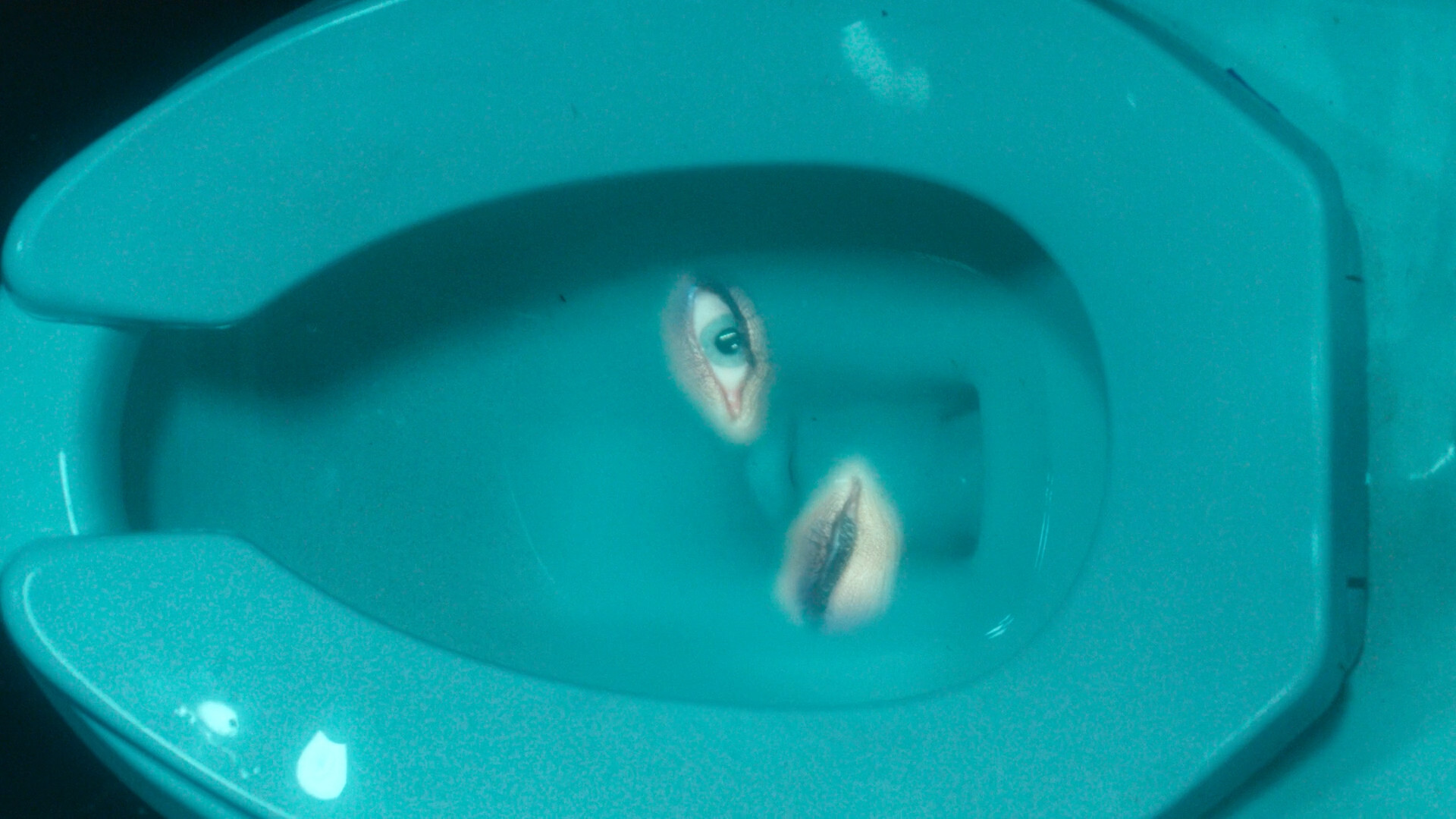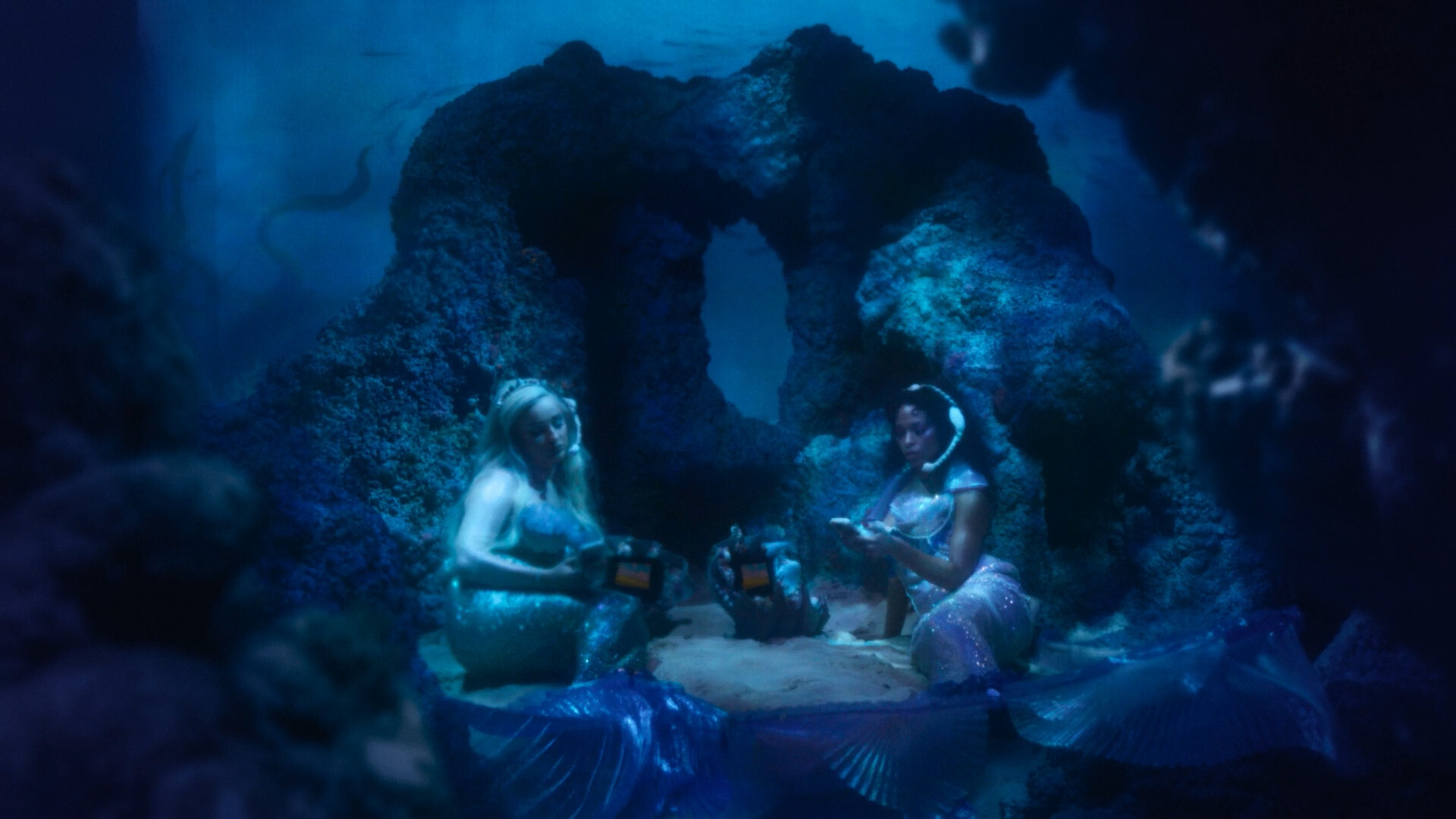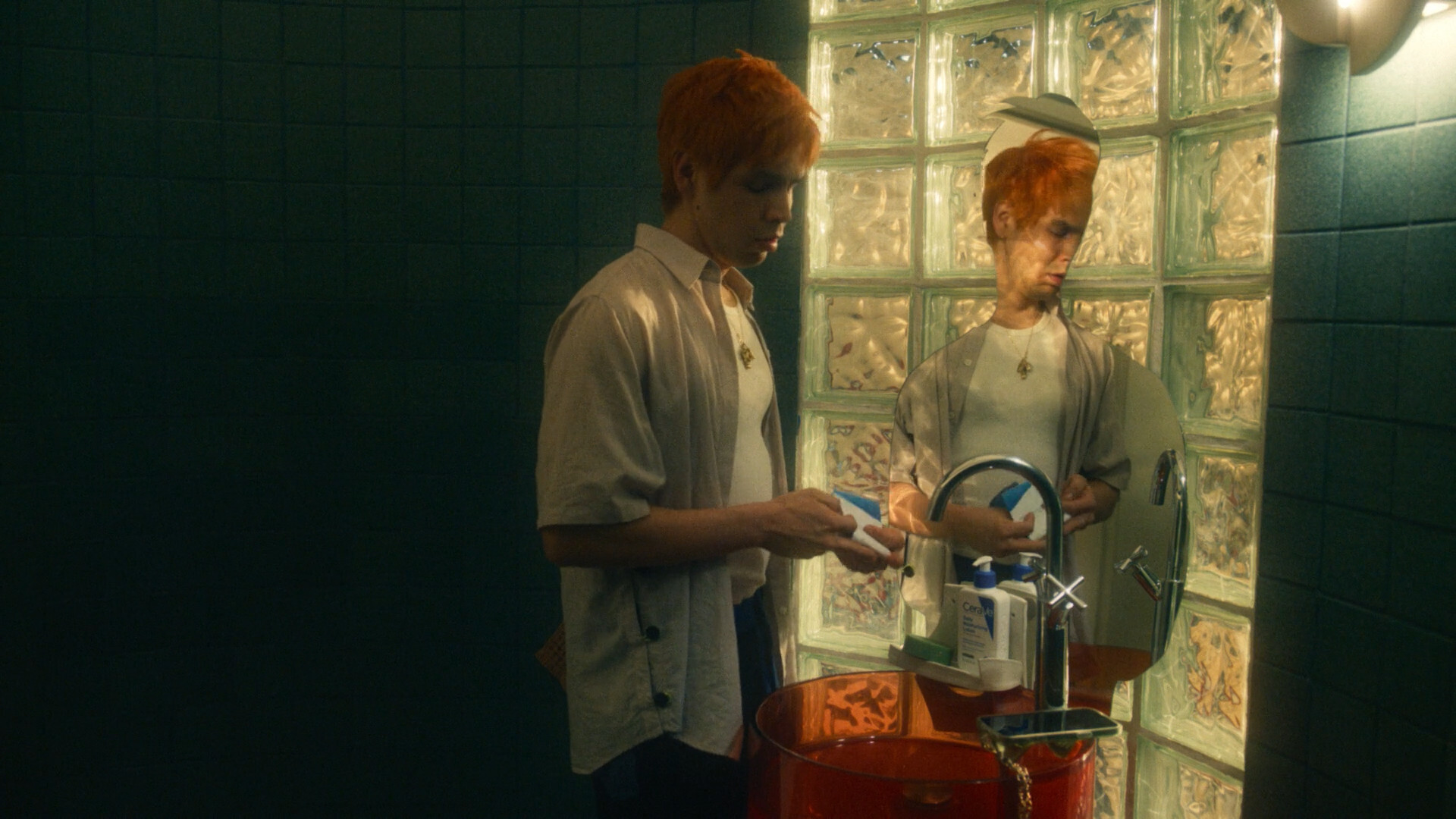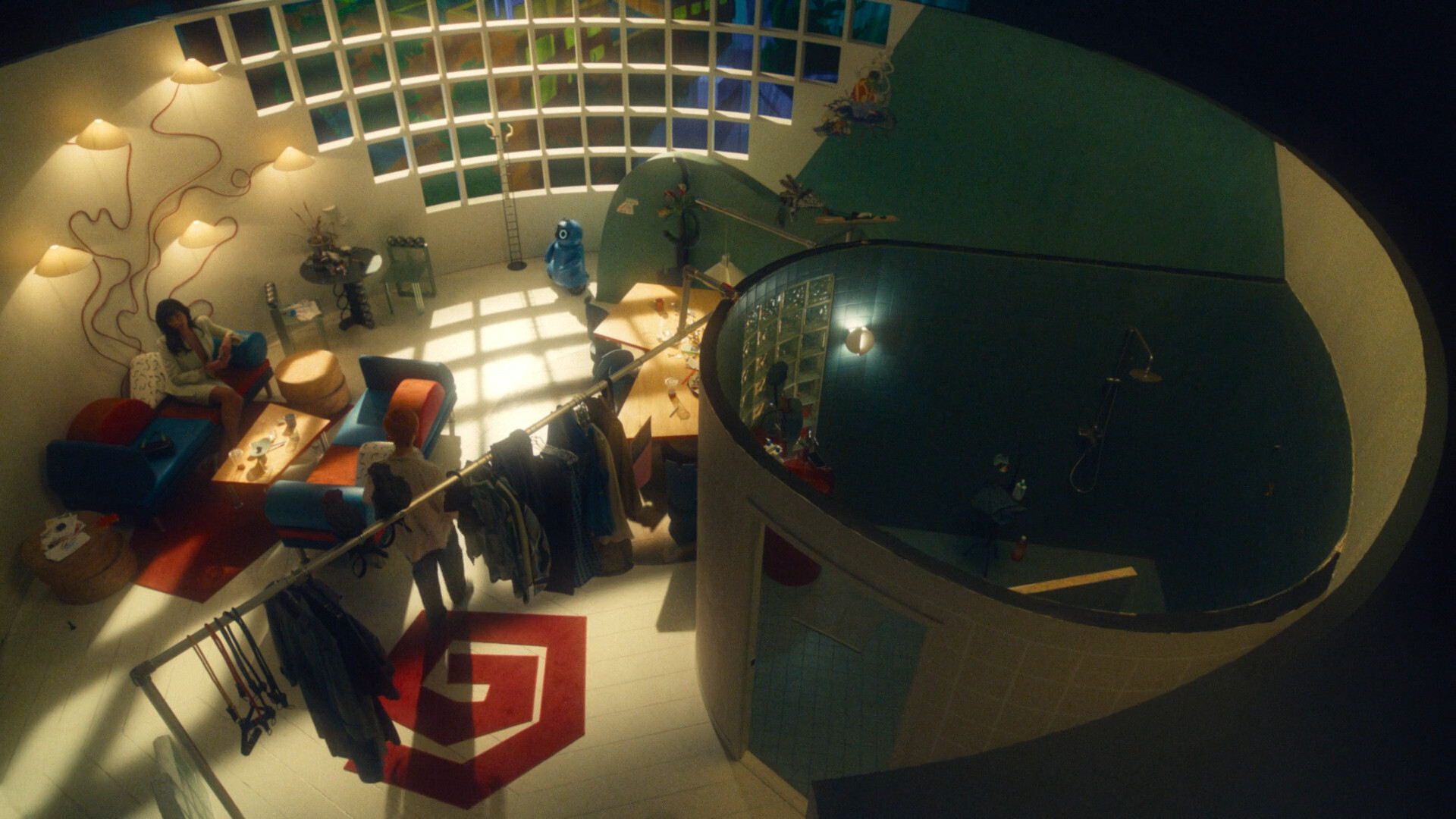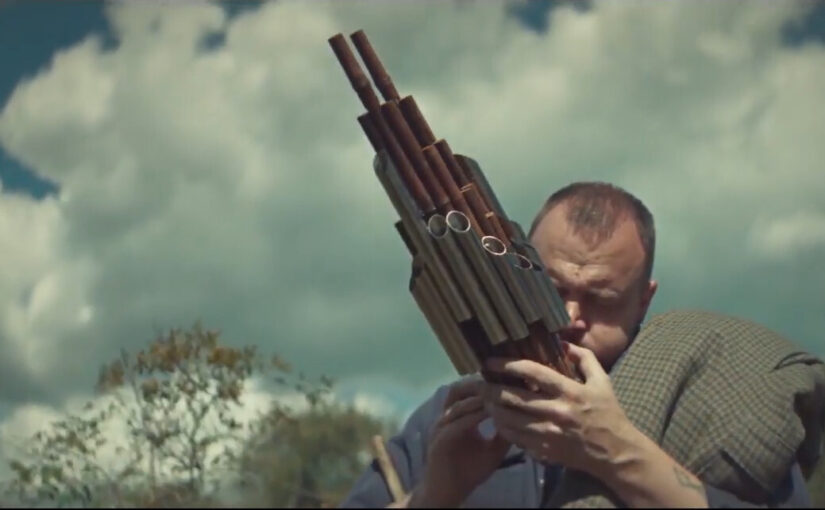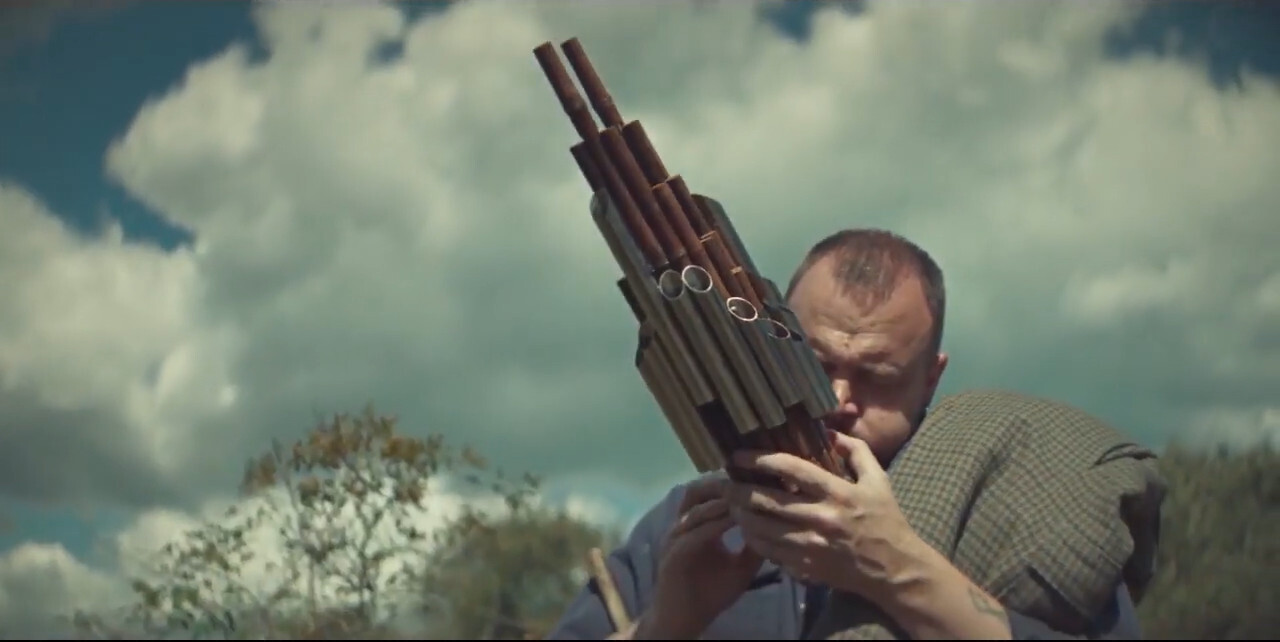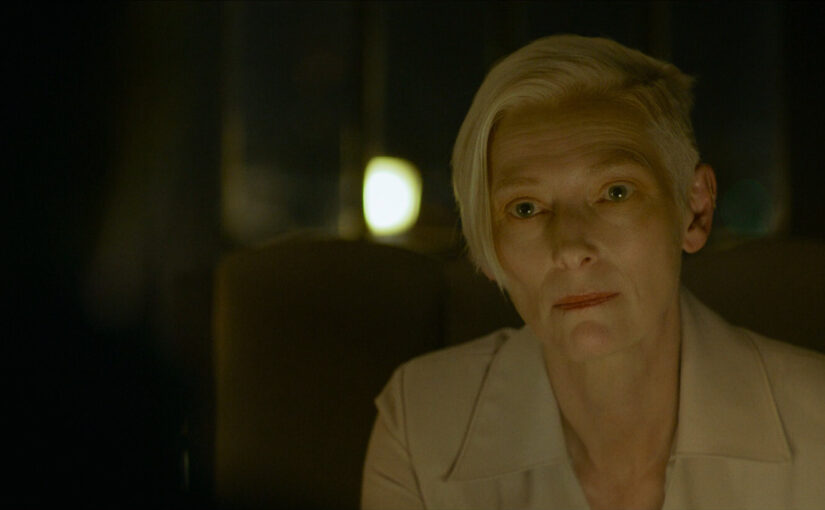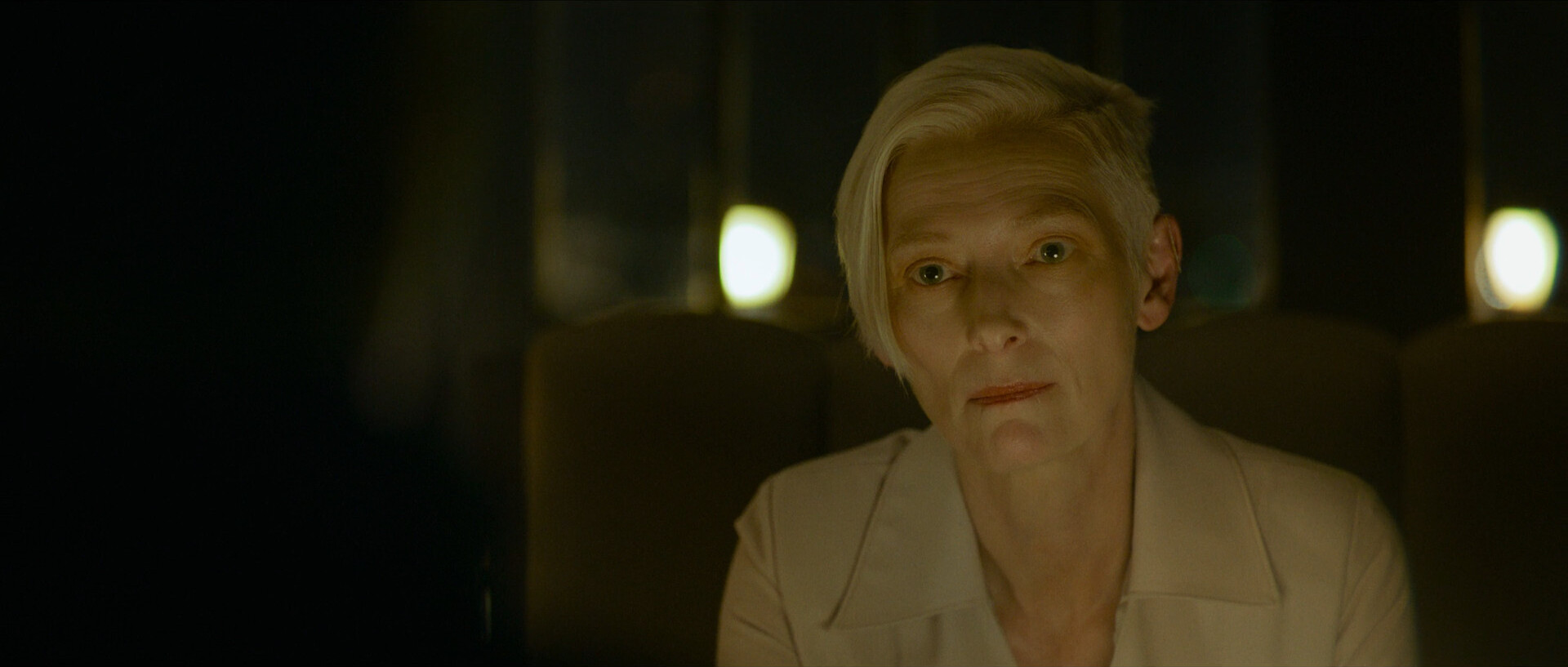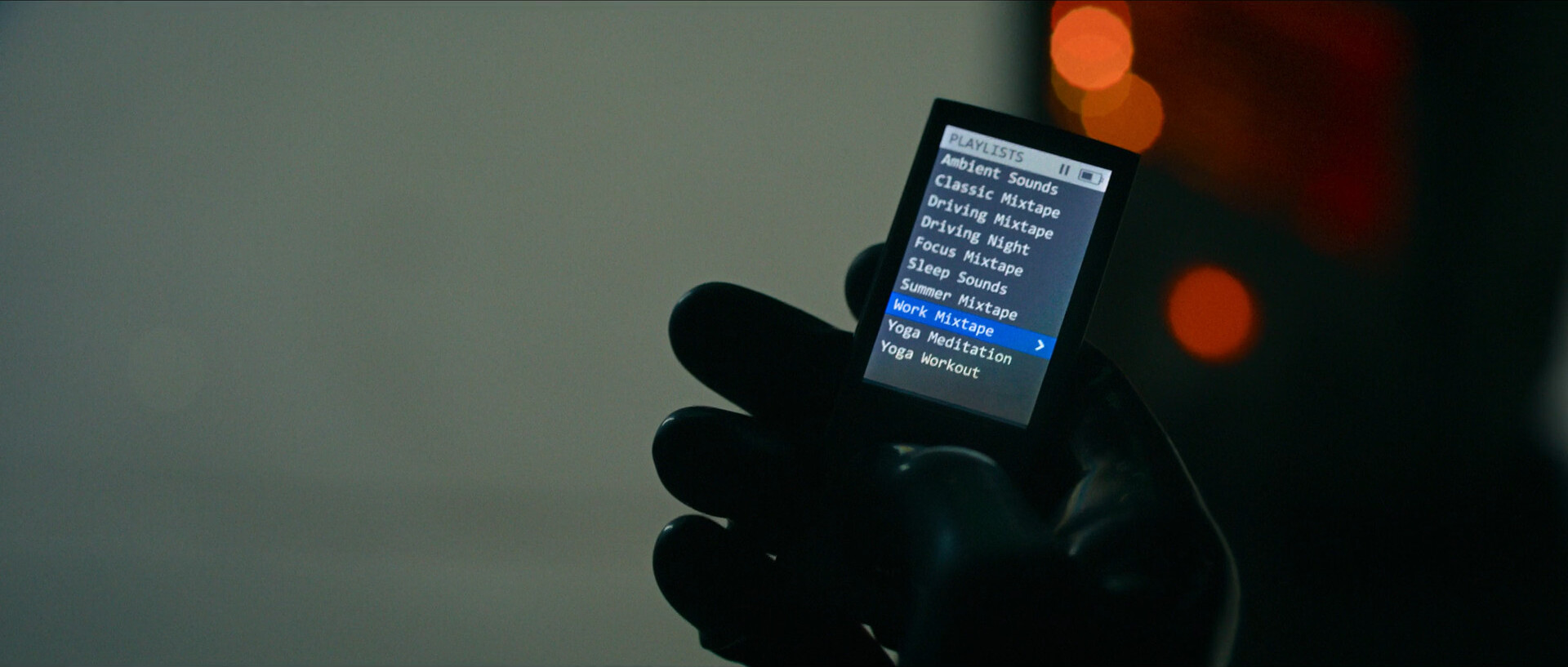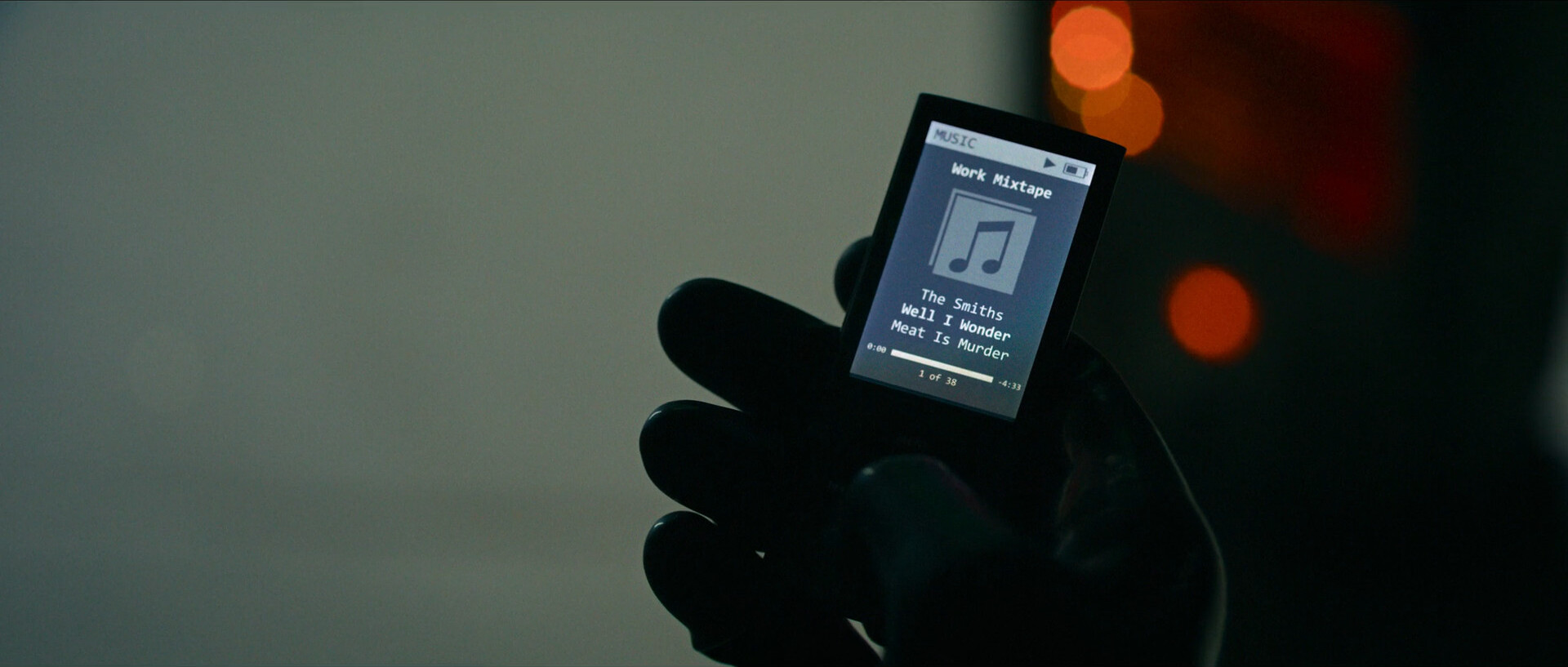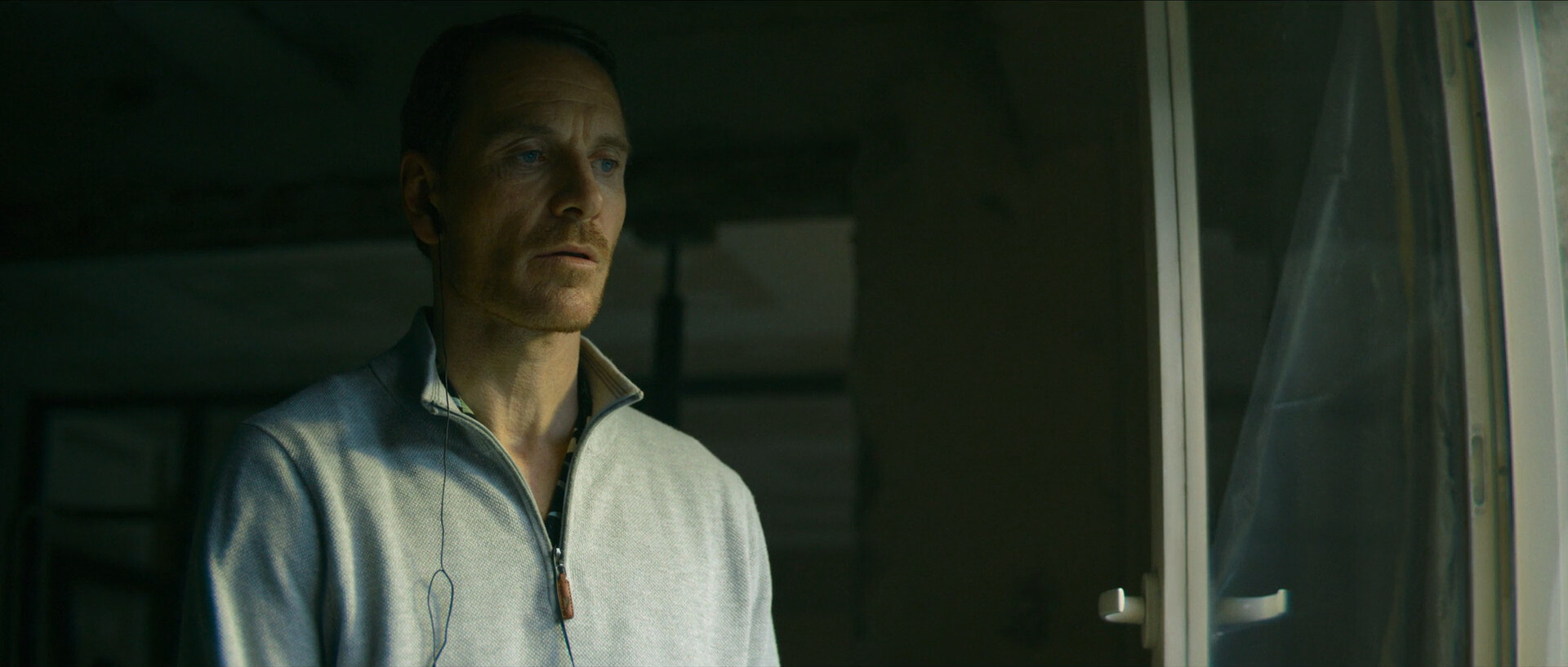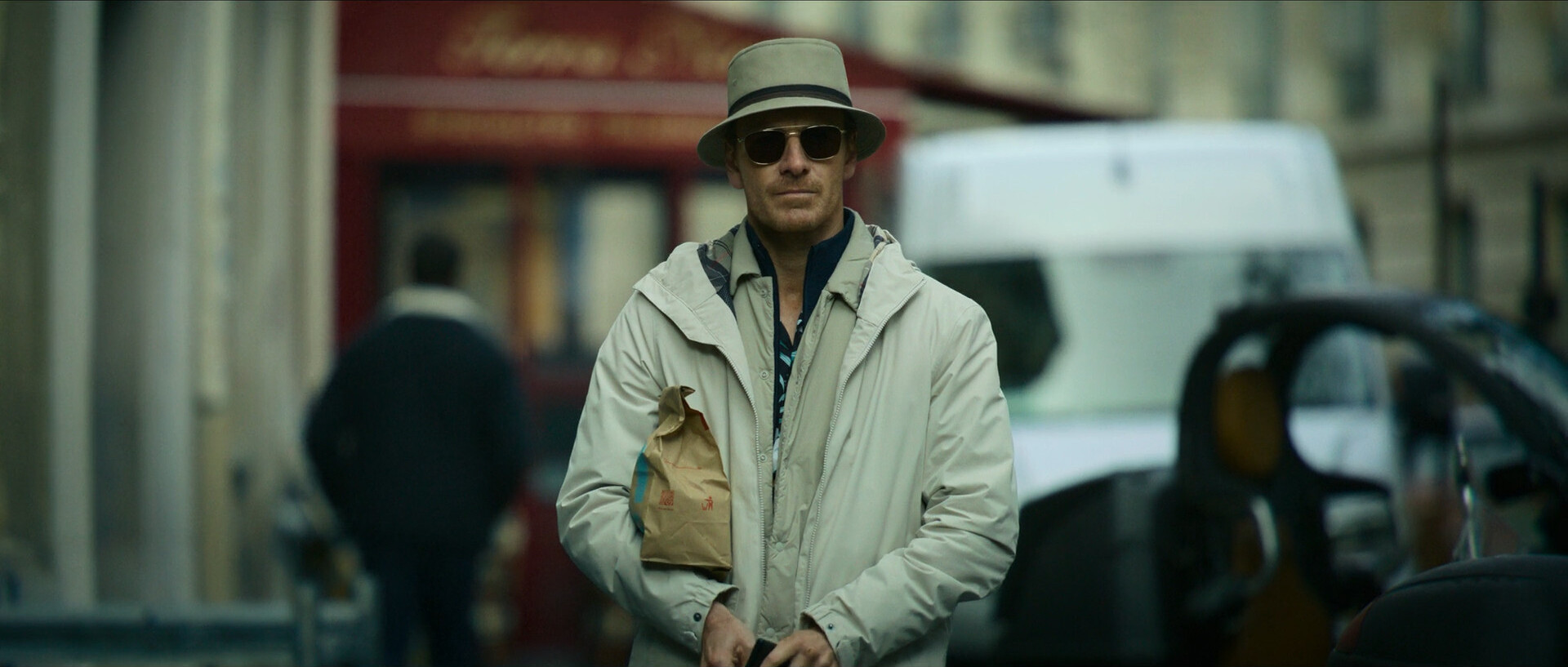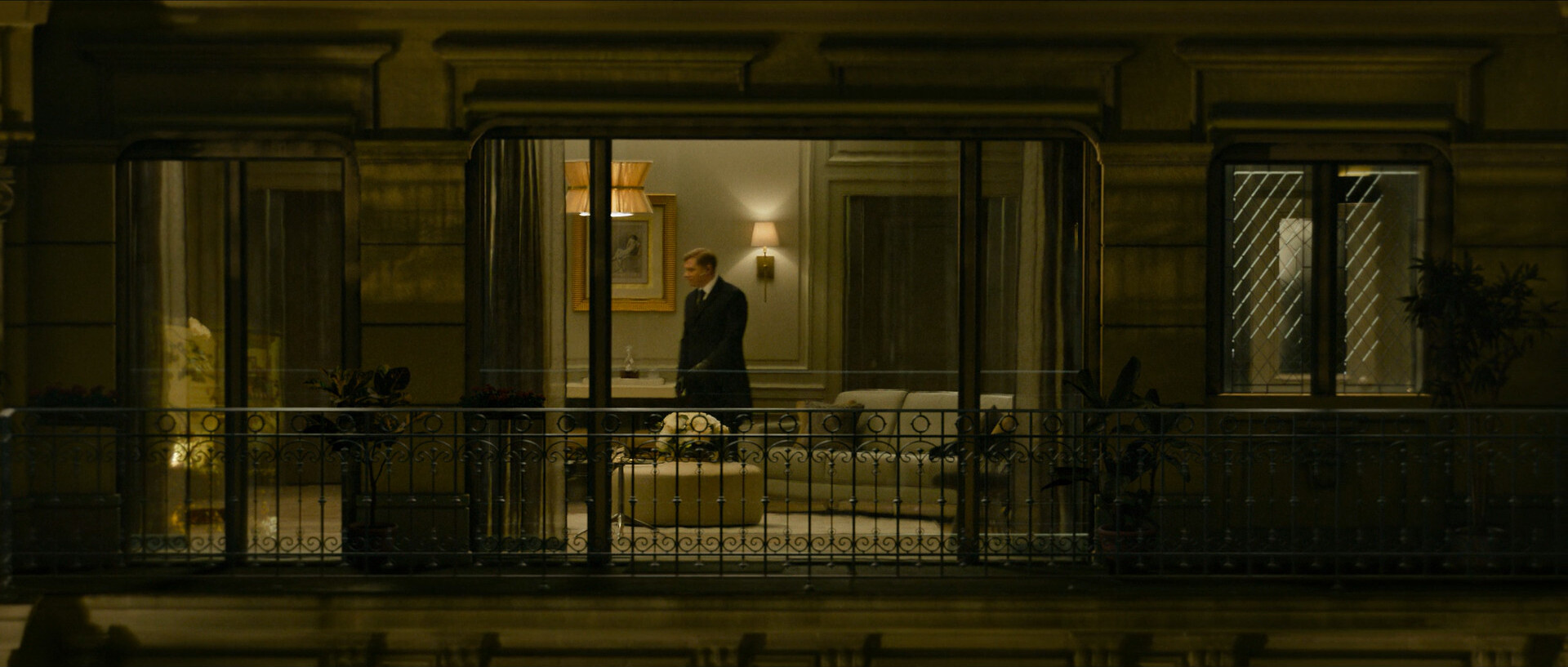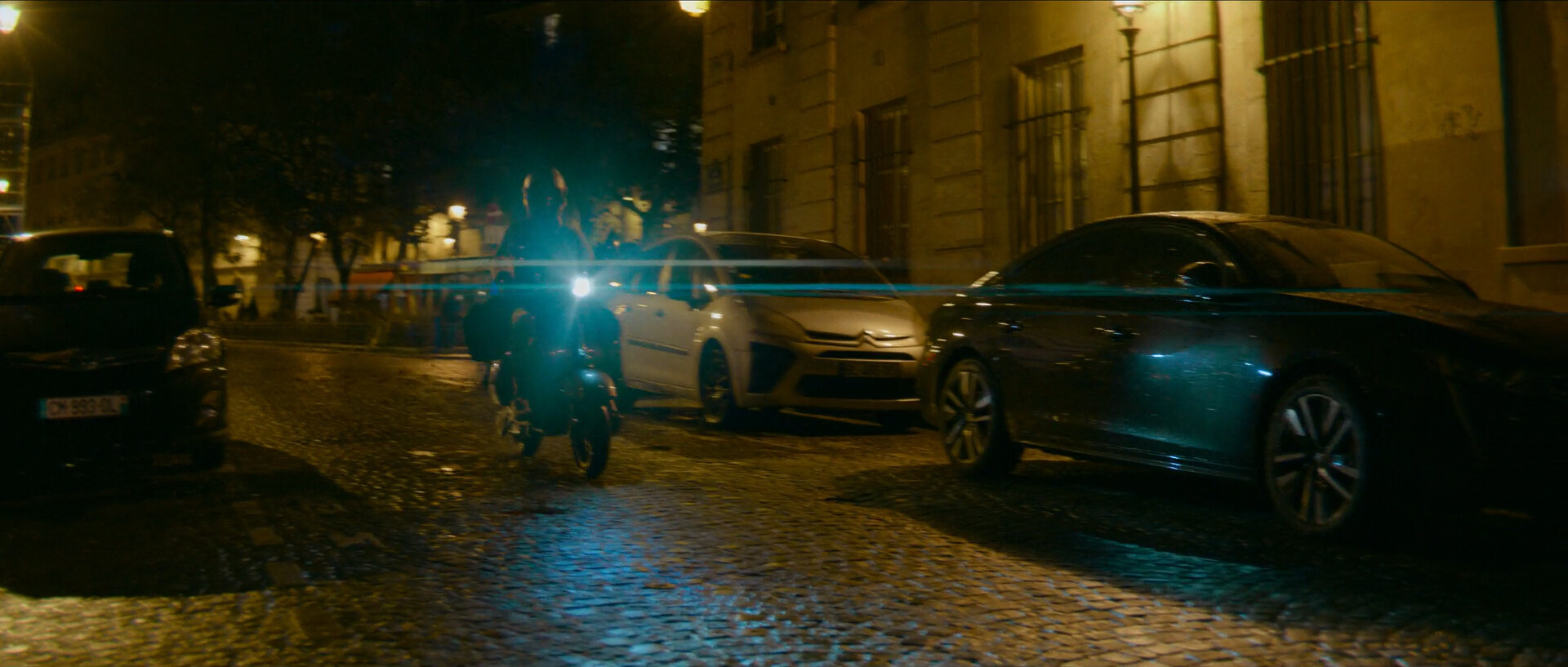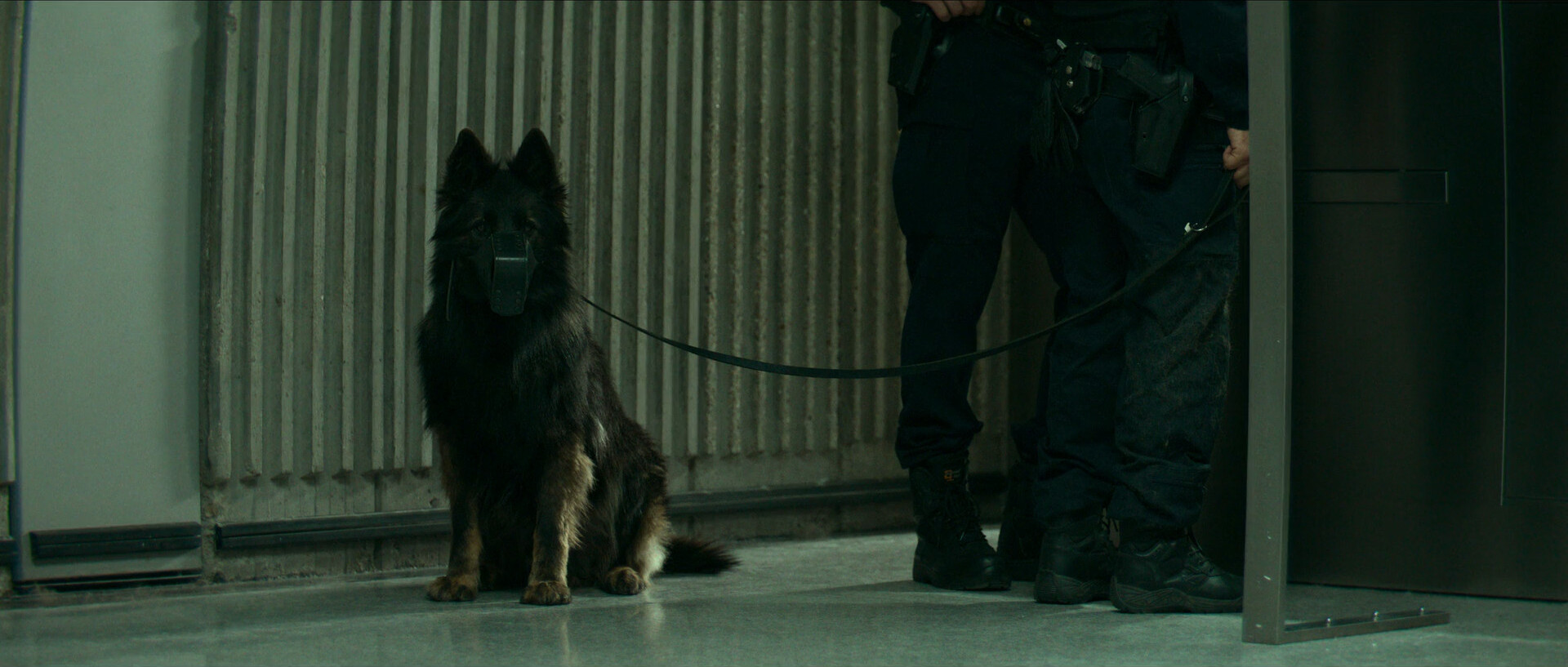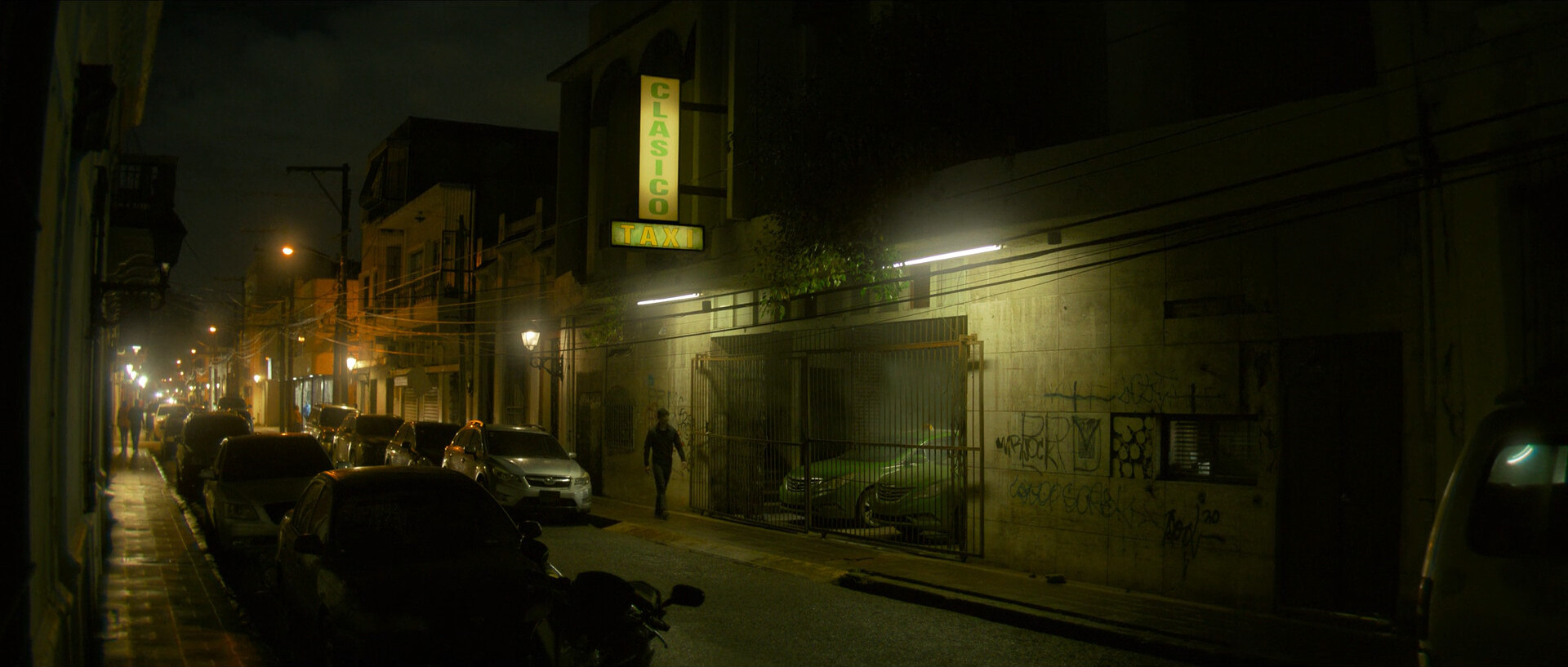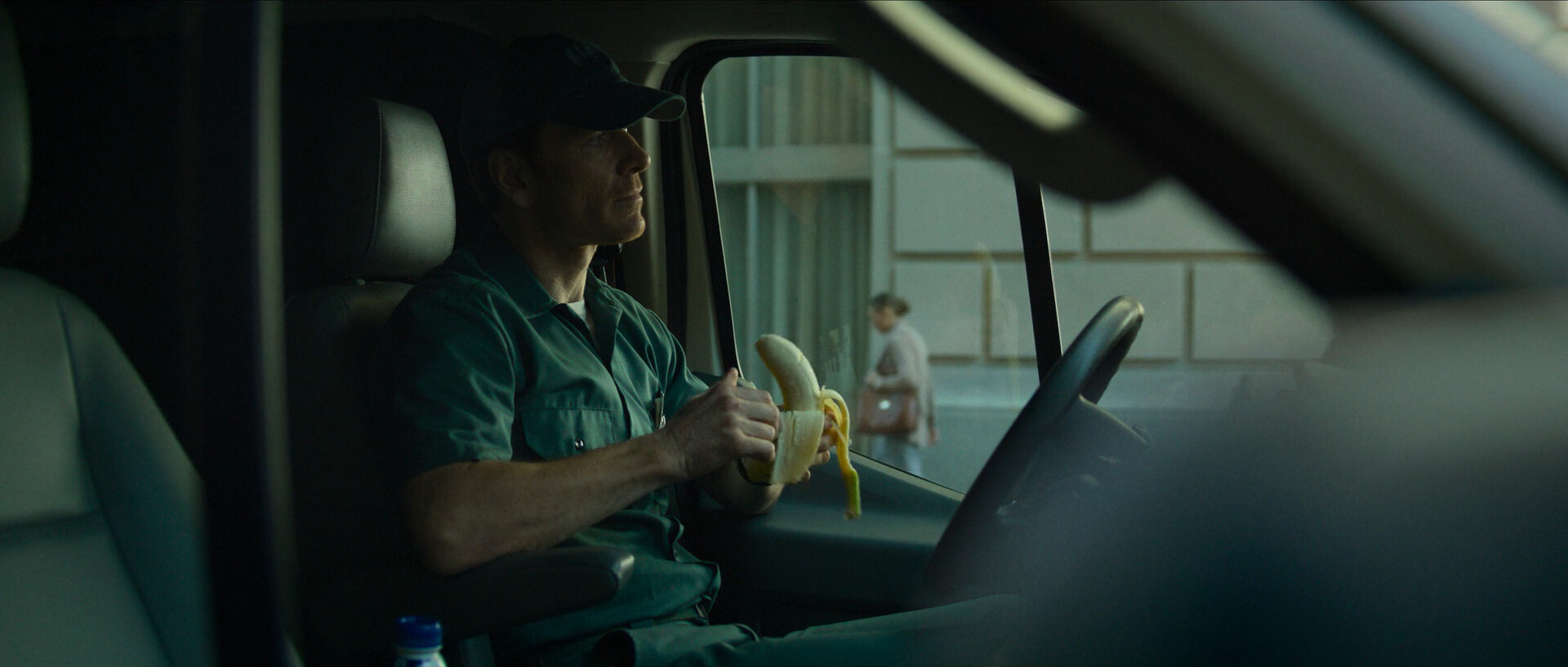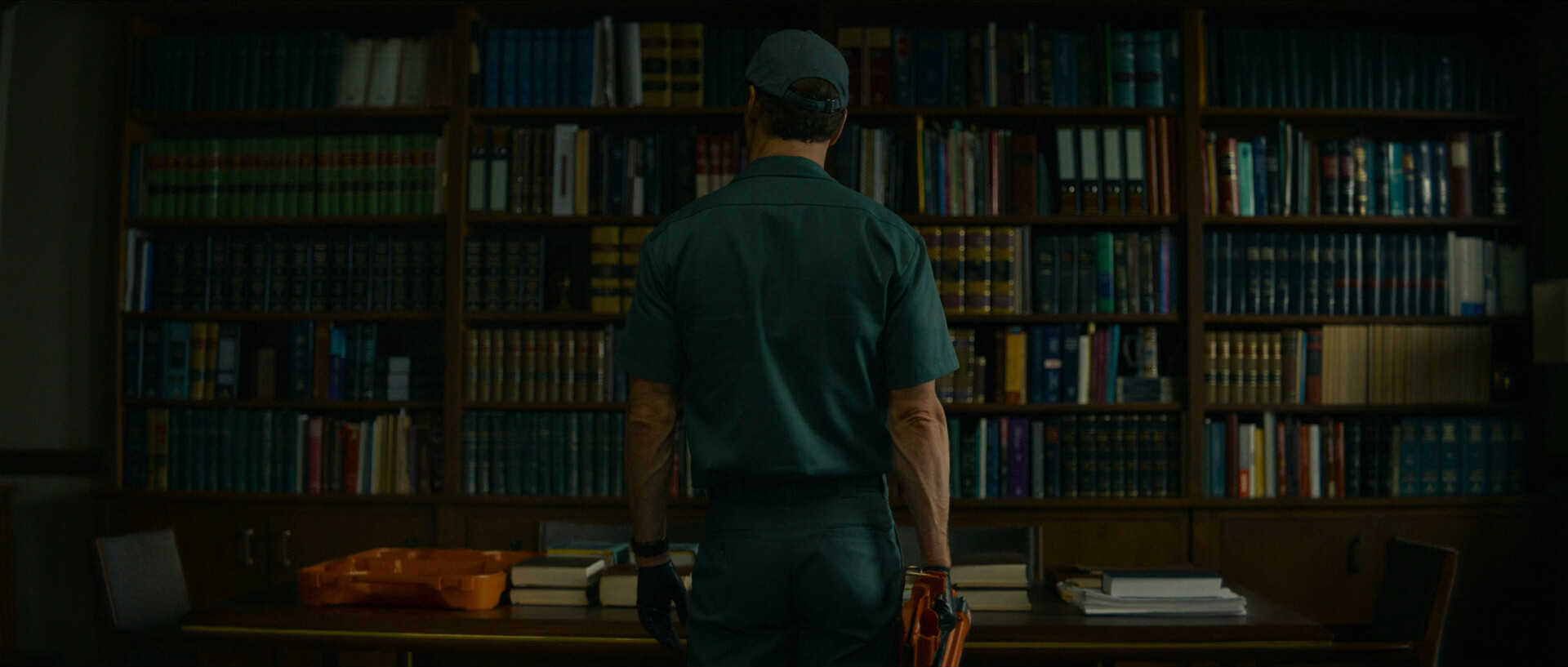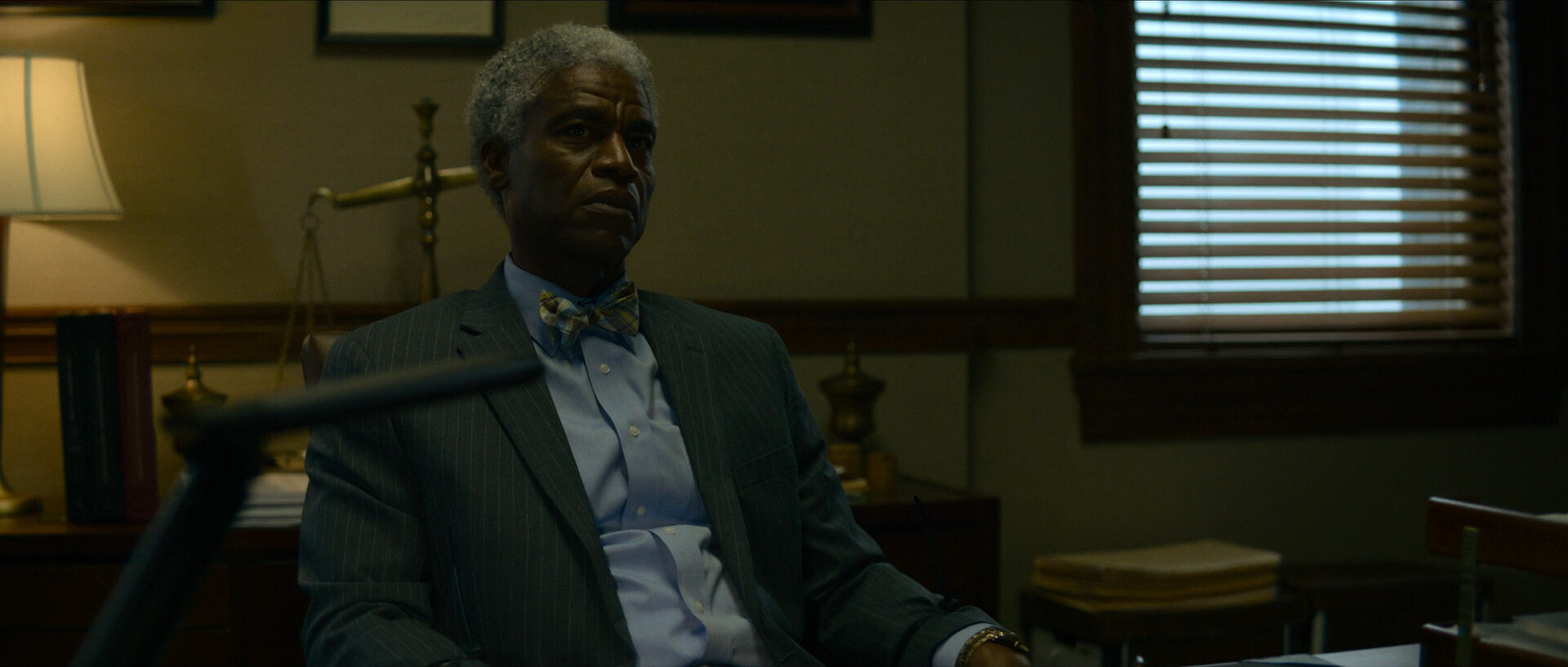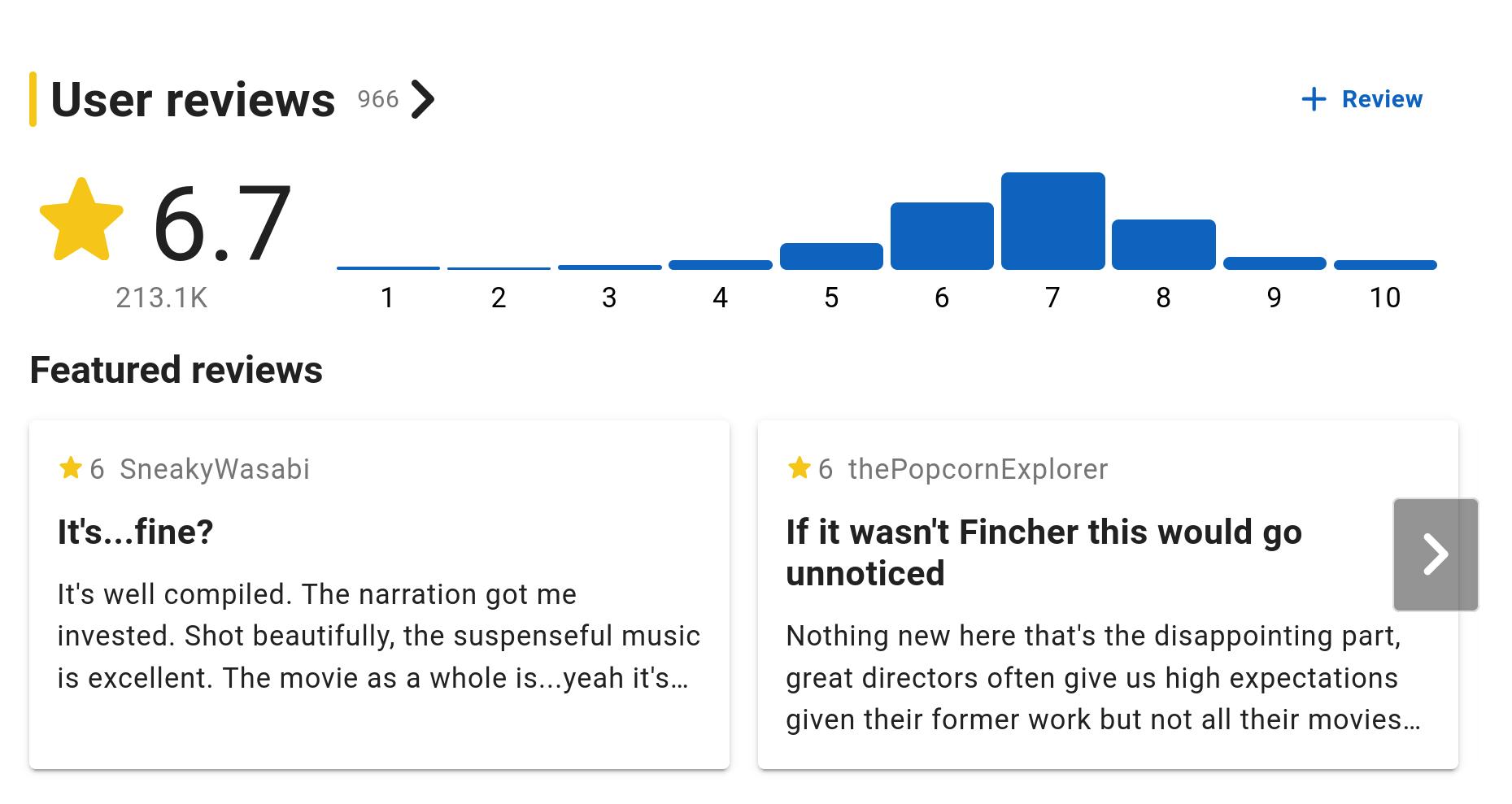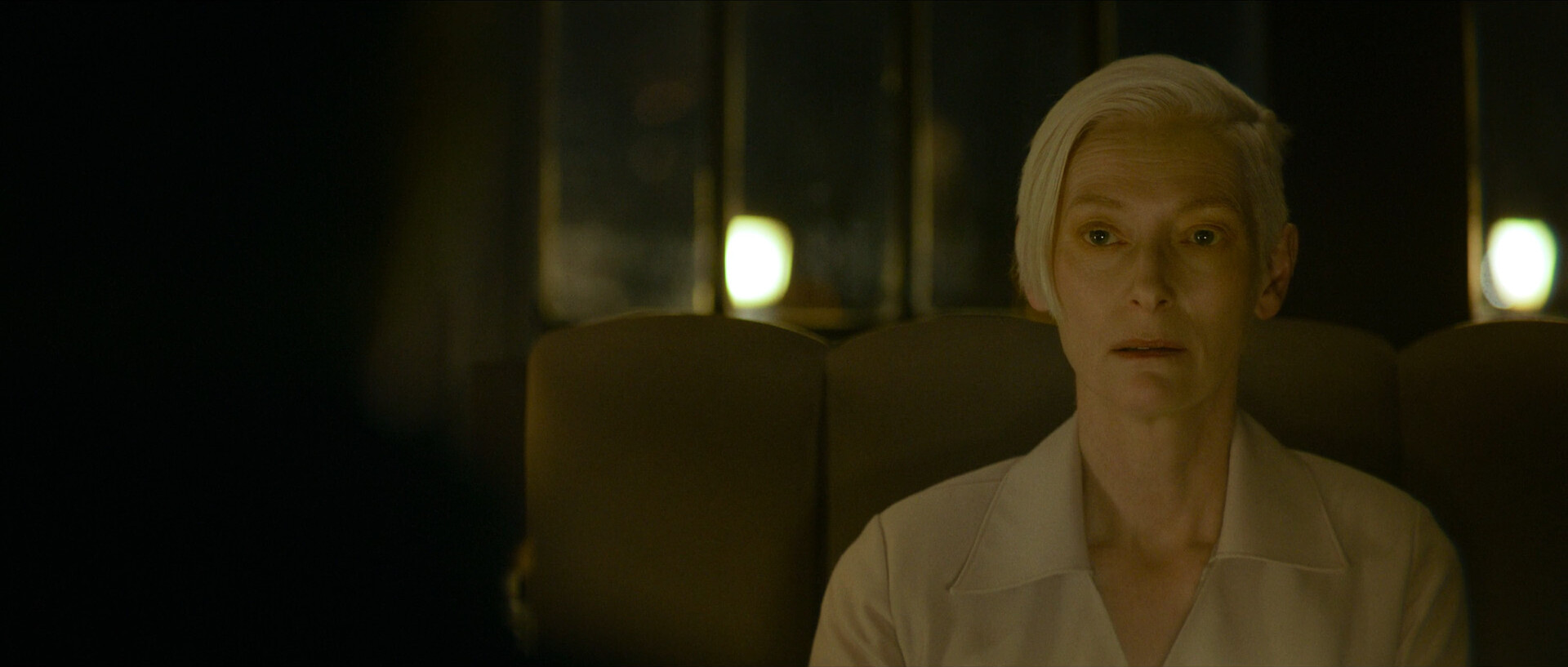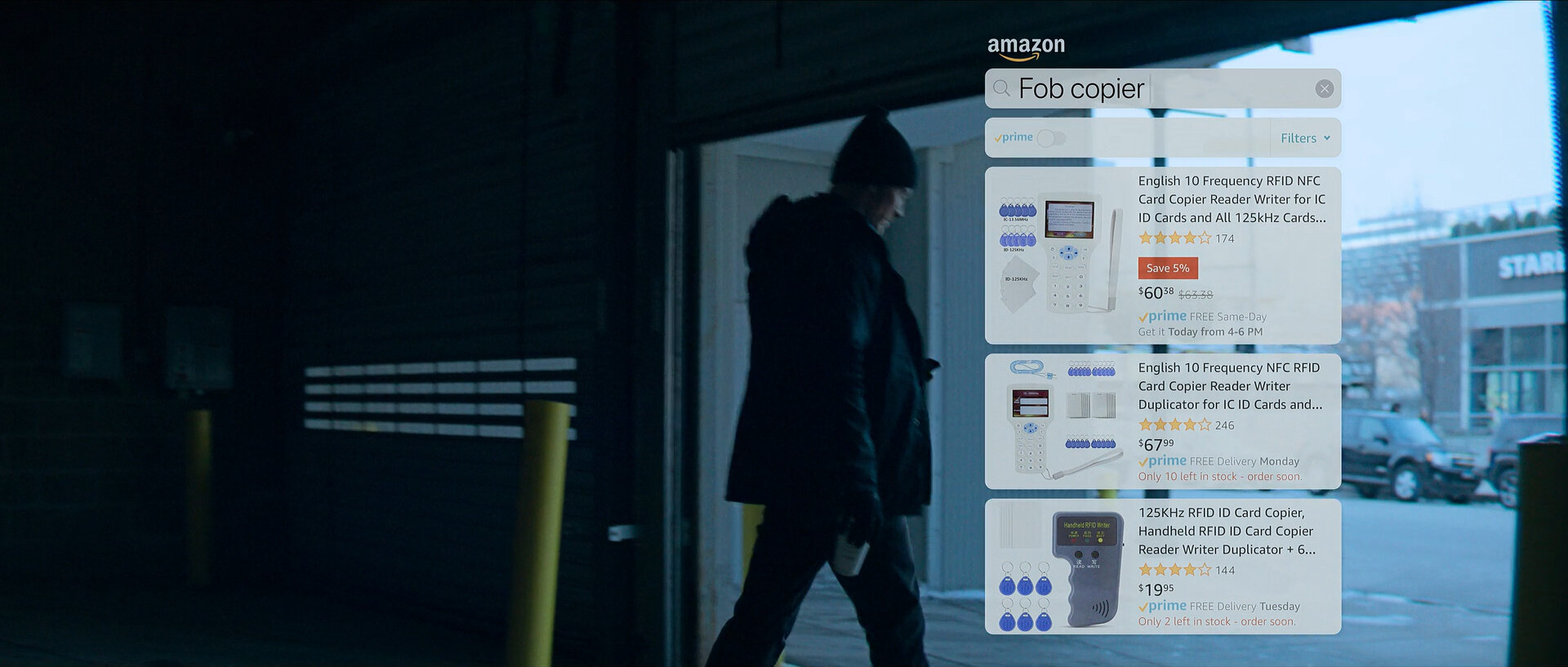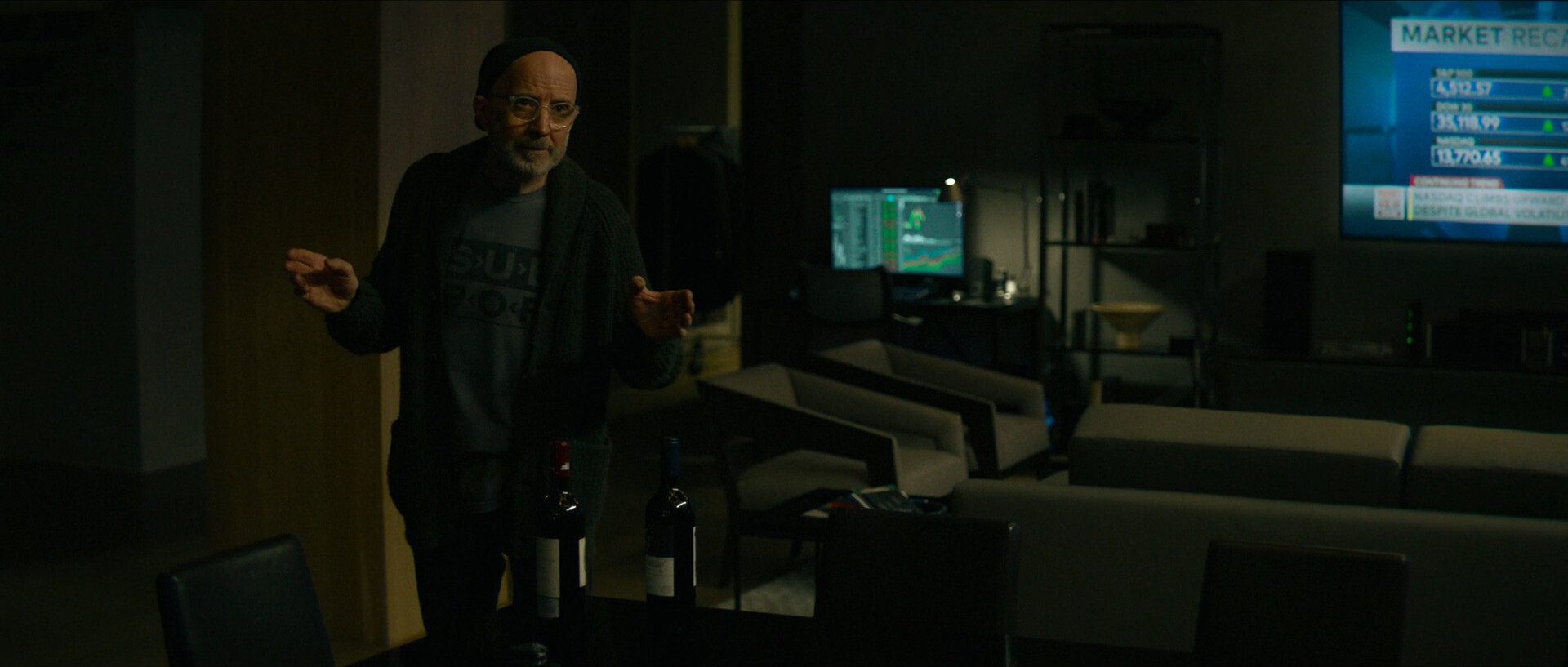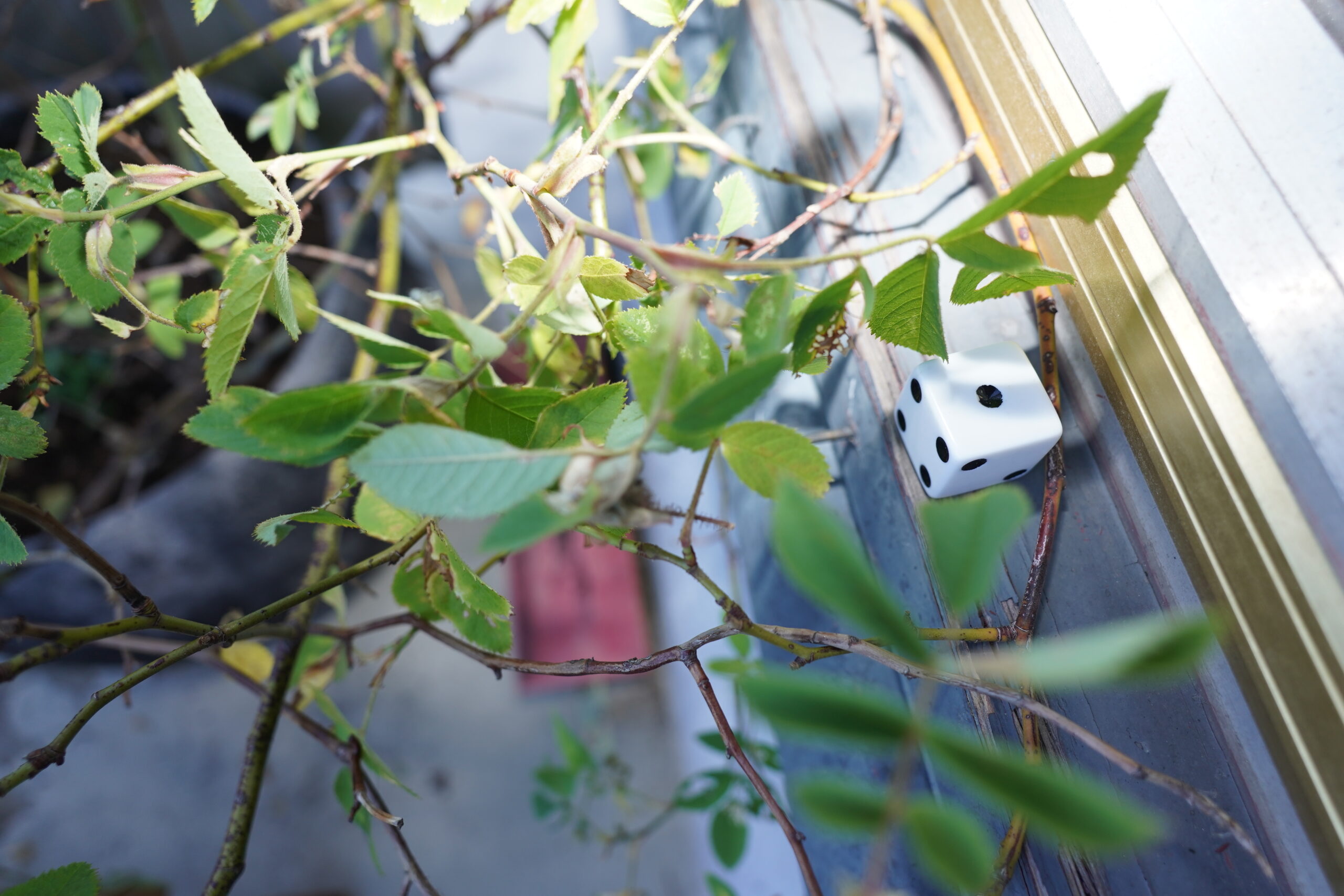I’ve been trying to ween myself off of Twitter (and by “Twitter” I mean Twitter and Bluesky) for about a month. If Twitter was more entertaining it’d be less of a problem, but it’s not, and it just feels like a waste of time to keep scrolling. I don’t have any big theory of why the feeds don’t work better — I get lots of posts repeated, and lots of posts with 7 views that go like “I know!” and that’s it, or “Yeah, the SKD with the PMCs flurdle Thomas” — totally oblique stuff — but I’m wondering whether it’s to trigger some kind of hunting instinct. If there was just one fun thing after another, you’d grow tired of all the interesting posts? It would become an obligation and a chore to go through all the posts? But since there’s twenty bad posts for every good one, you get a kind of rush when you get to that one good one?
I dunno. You shouldn’t ascribe cleverness to something where the more likely explanation is that the people who implemented the algos suck. But the end result is that I feel I can’t justify spending time hunting for pearls. It’s just not a sane way to spend time.
The difference is striking between the Twitter experience and reading things in the “INBOX” way. That is, if you’re reading an RSS feed or going through your mail, if your reader says “102 unread messages”, your heart sinks a bit: Going through those 102 messages is a chore. Even if you’ve elected to do so yourself.
For instance, I read Hacker News in Gnus (via Gwene), and there’s certainly no danger of me spending hours going through this stuff — even if it’s much more interesting than sitting in front of Twitter. It’s just weird: If there’s too much to actually read, it gets to be a chore? Or something?
Can you imagine if Twitter was like “Unread tweets (2134)”?
I dunno; I have no answers, just questions.
So I try to limit reading Twitter to one time per day only — after I get up, before eating breakfast.
It was hard to de-train my fingers. If I have Firefox up, reading something, if my mind starts wandering for a second, my fingers will automatically, by reflex, type Ctrl+t t RET, which takes me to Twitter. The trick is then to Ctrl+w before the page loads — and since Twitter is so embarrassingly slow to load, there’s plenty of time.
So why am I wittering on about this here? Isn’t this about this brick of a book by Davis Sedaris? Yes indeed: I needed something to replace the “I have some minutes to fill — I’ll read some Twitter” reflex. You know — waiting for the potatoes to cook, or something to compile, or a delivery that’s supposed to have happened five minutes ago. The inbetween times where I can’t concentrate on something more substantial.
And this book has been ideal for that. It’s mostly short texts, and it’s by David Sedaris, so it’s always somewhere between amusing and really fucking funny.
Parts of some of these texts have been recycled into his magazine pieces, but really not all that many.
You kinda hope that not all of these anecdotes are actually true, but you never know.
I wonder what Goodreadserses (that’s a word) thought about it…
Yeah, I can see that. Reading it as if you were reading a novel doesn’t work, I think. But it was perfect for my use case — I had it by my side here for a month, and picked it up a handful of times per day.
Hm… are they thinking of this bit?
The book has 4.2, but I always enjoy reading the negative reviews:
Heh heh heh.
Anyway. Good book.
And now I have to find something else to read in the in-between times. Perhaps a musician’s biography? Hm…
A Carnival of Snackery: Diaries (2003-2020) (2021) by David Sedaris (buy new, buy used, 4.21 on Goodreads)
